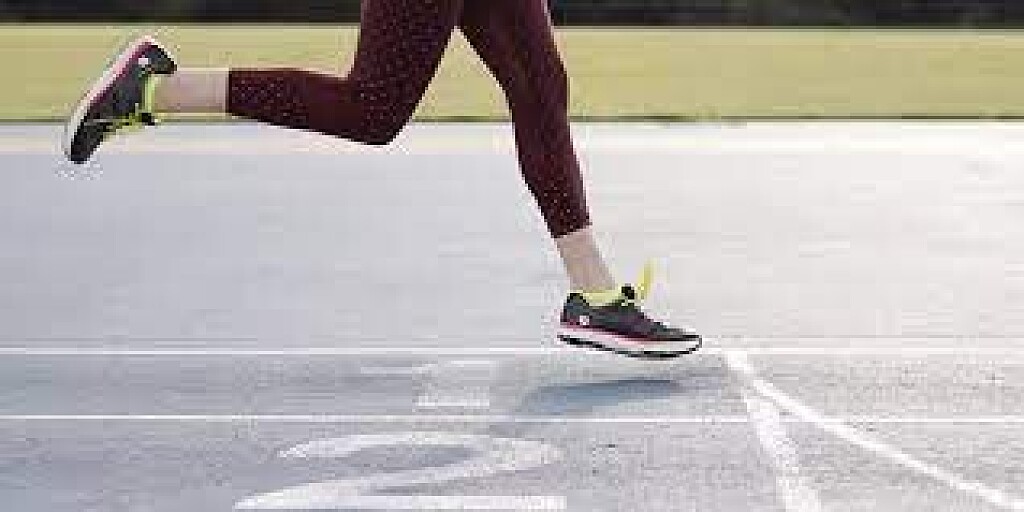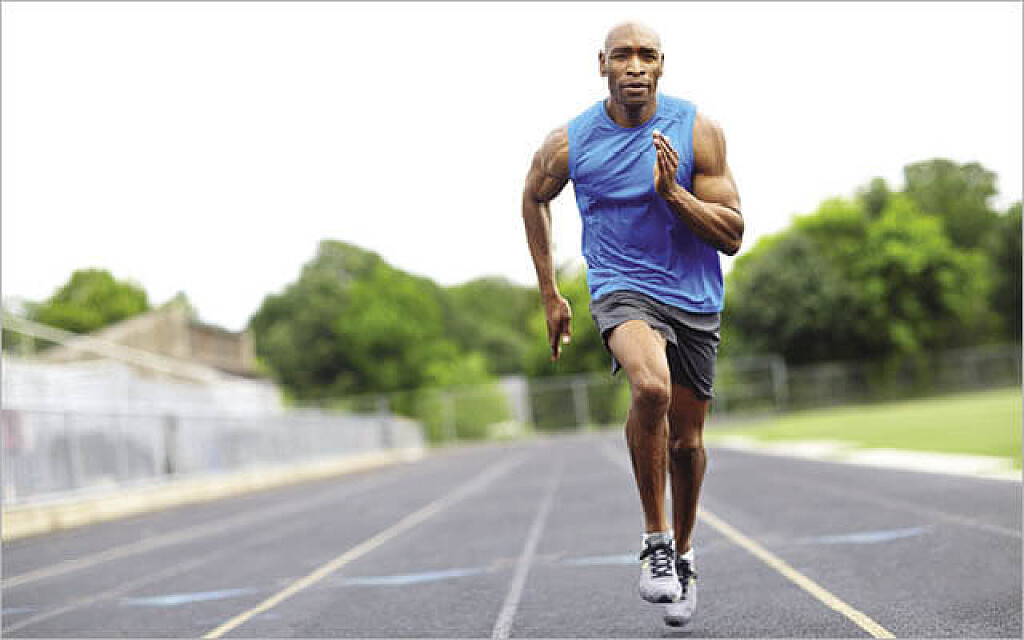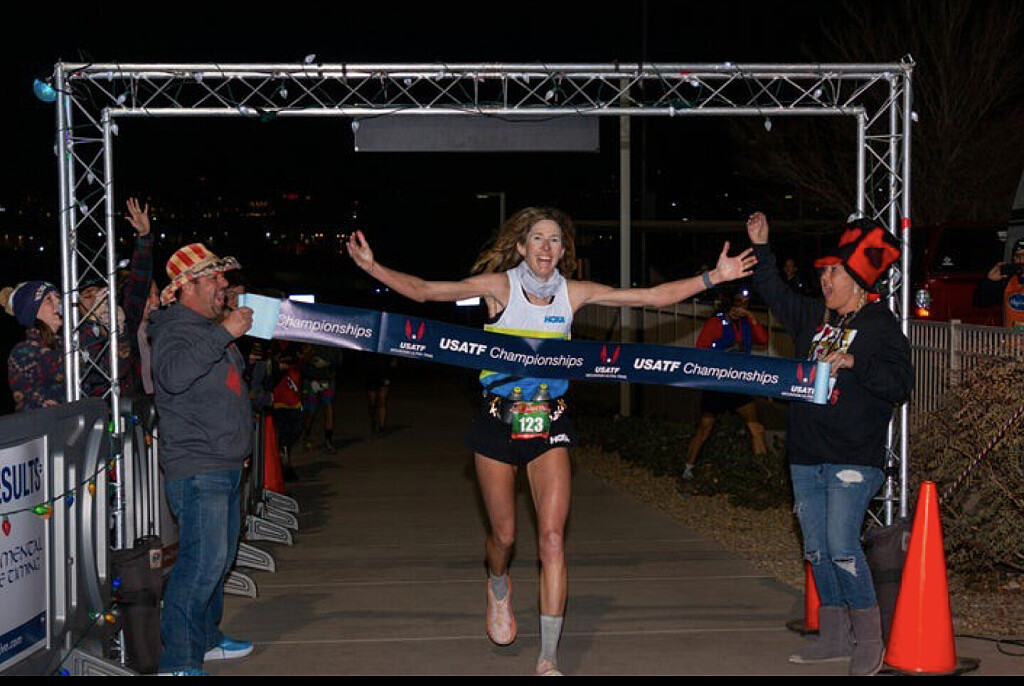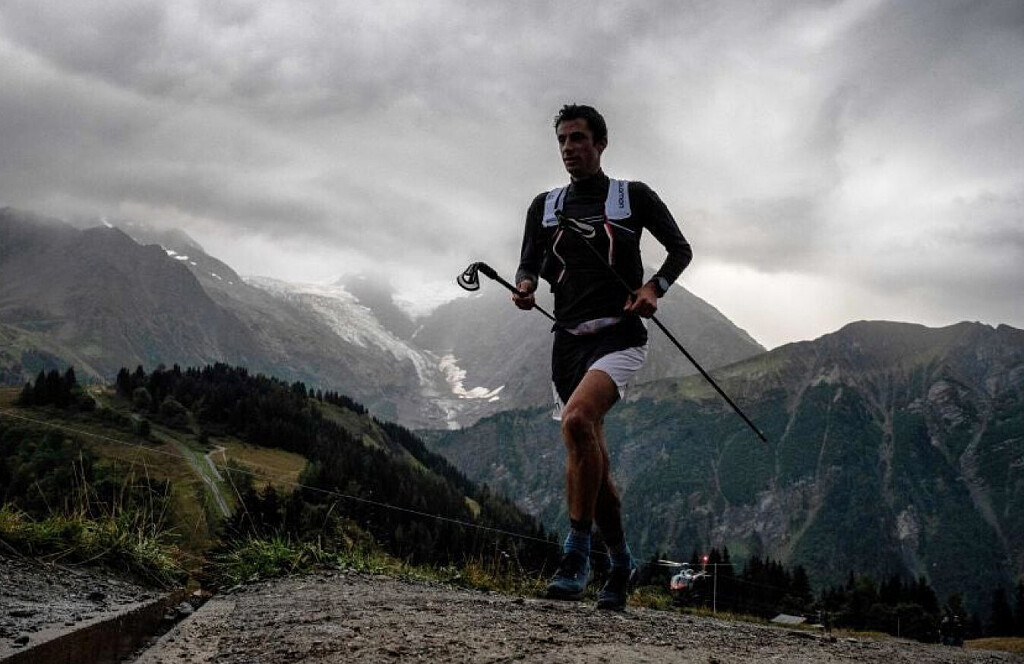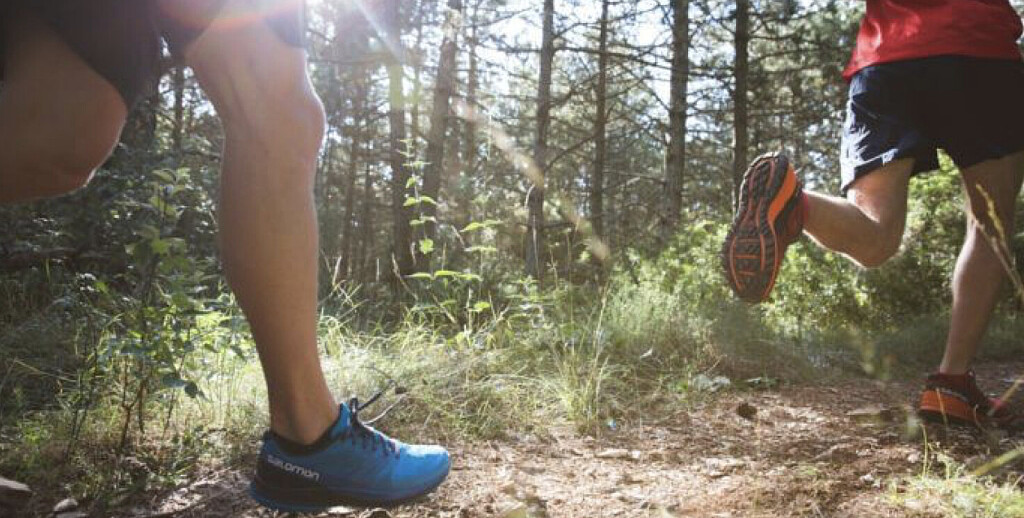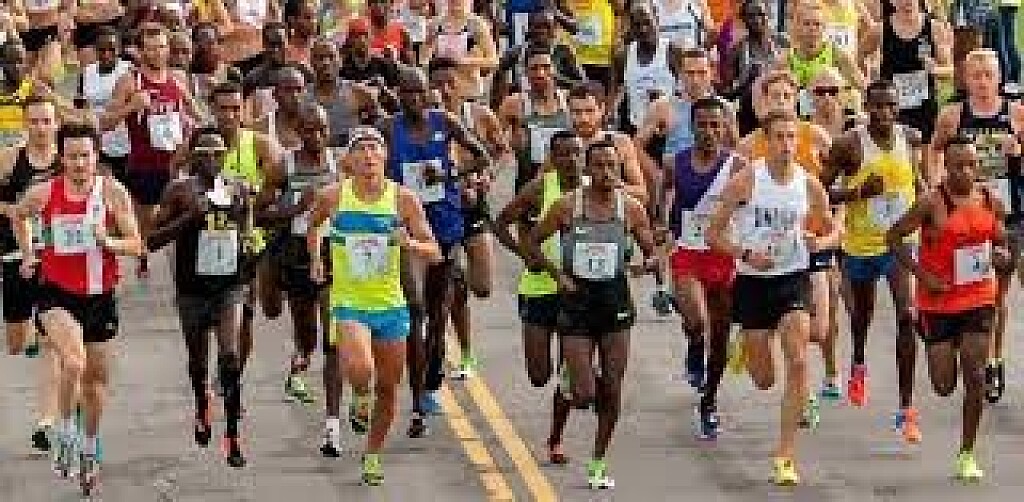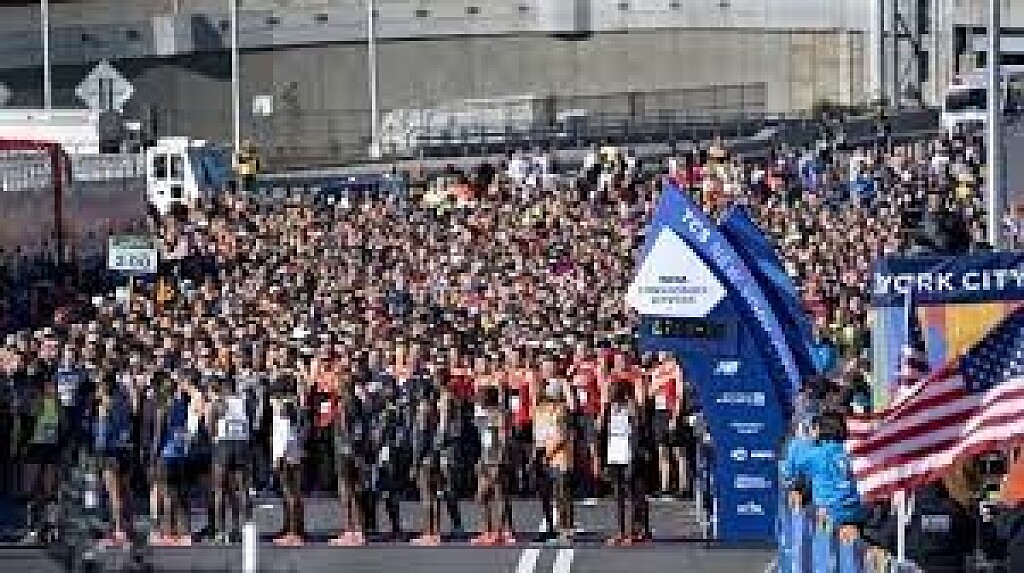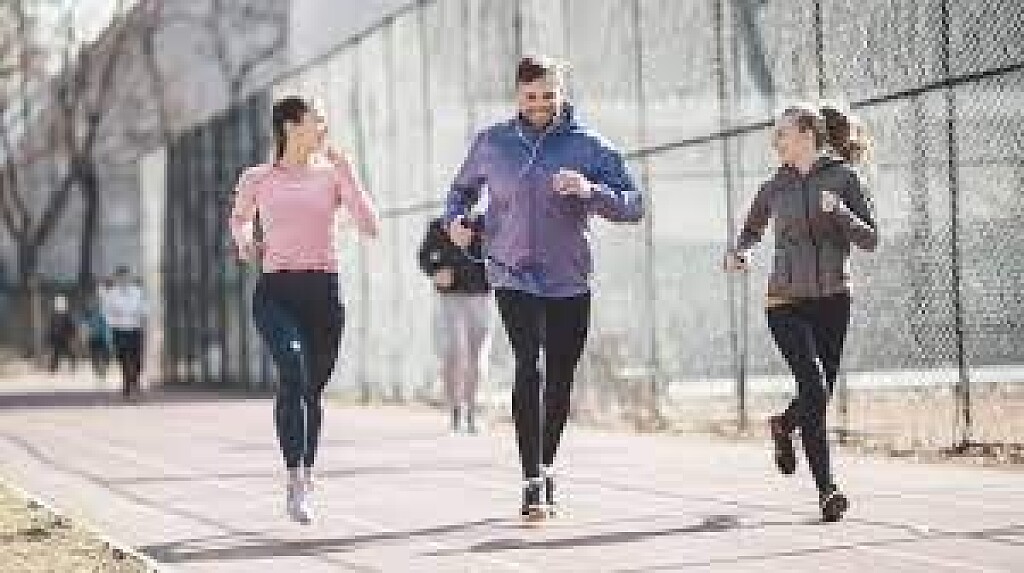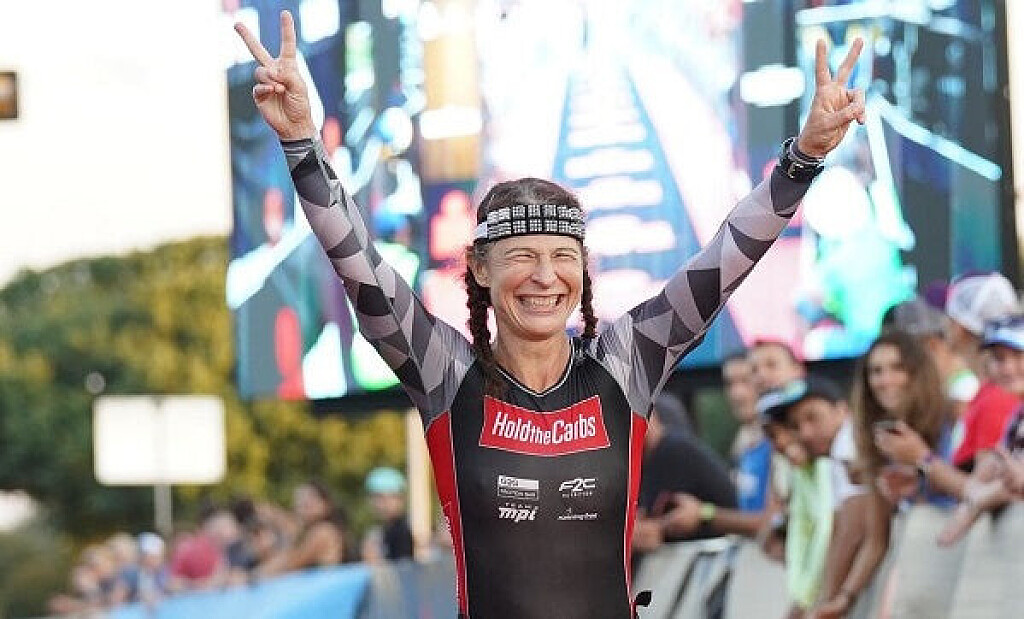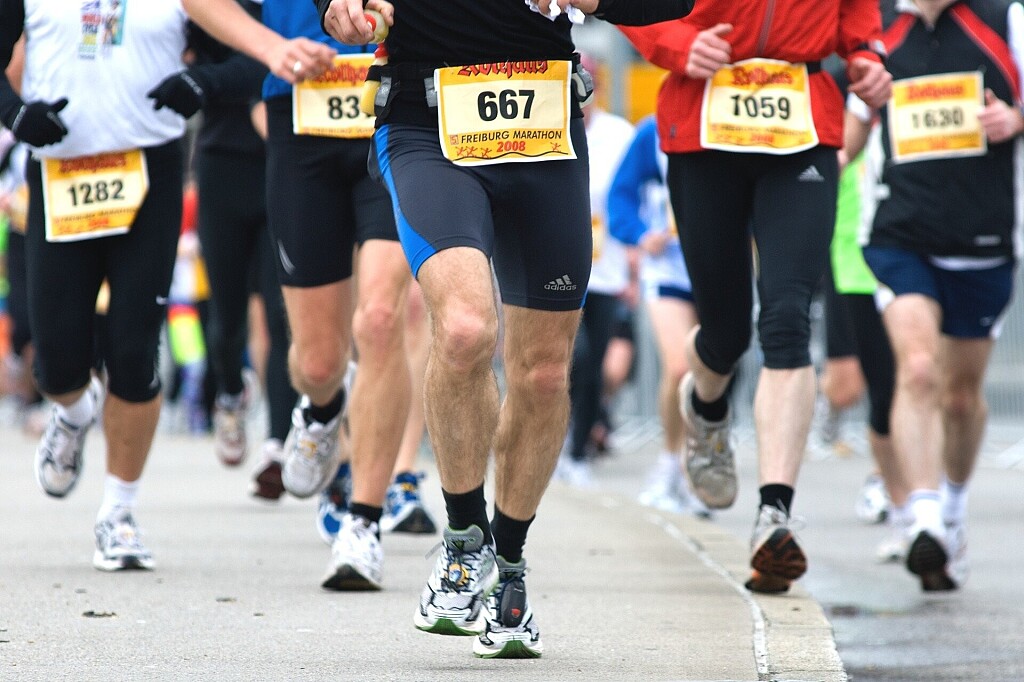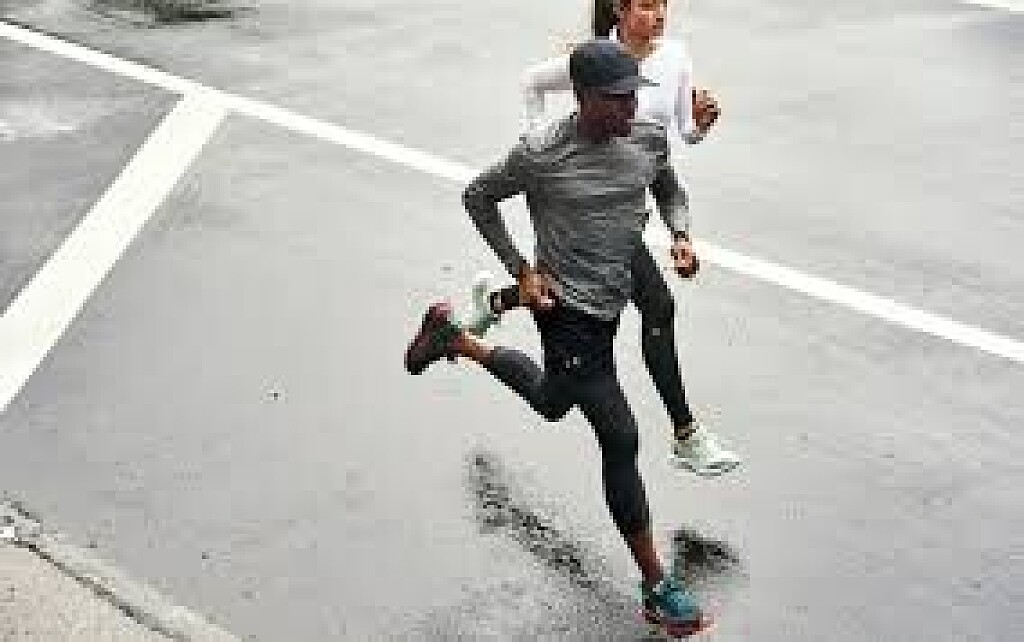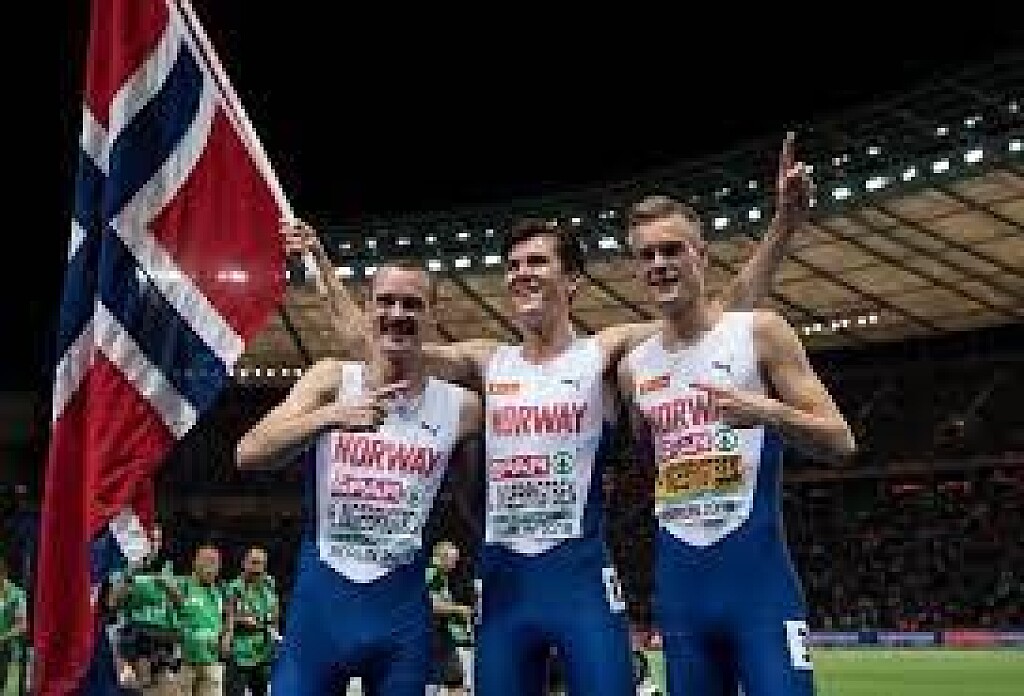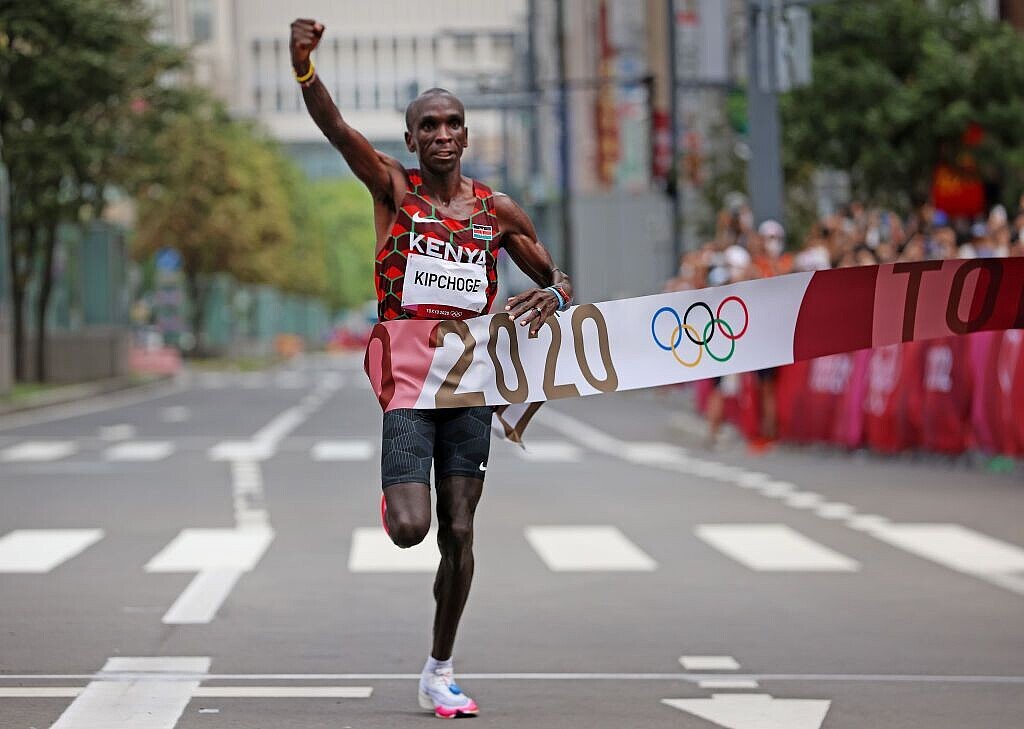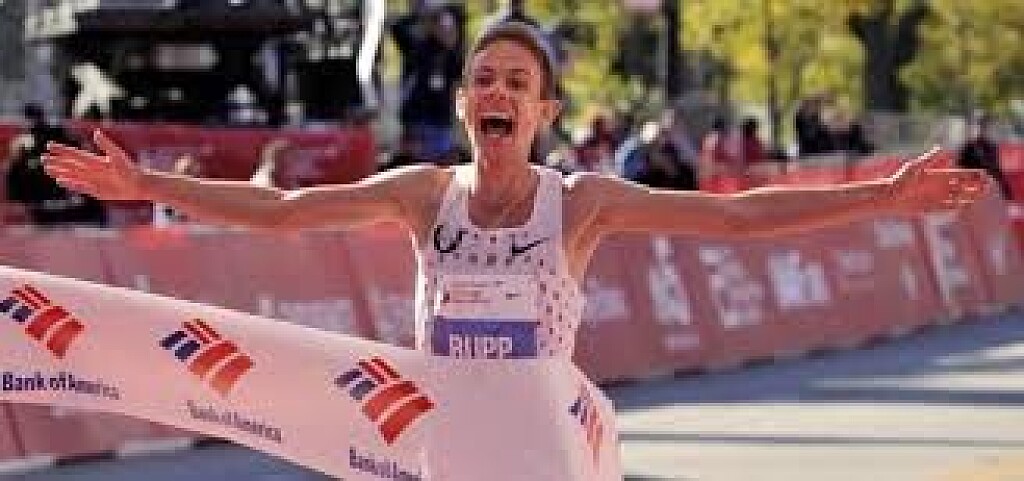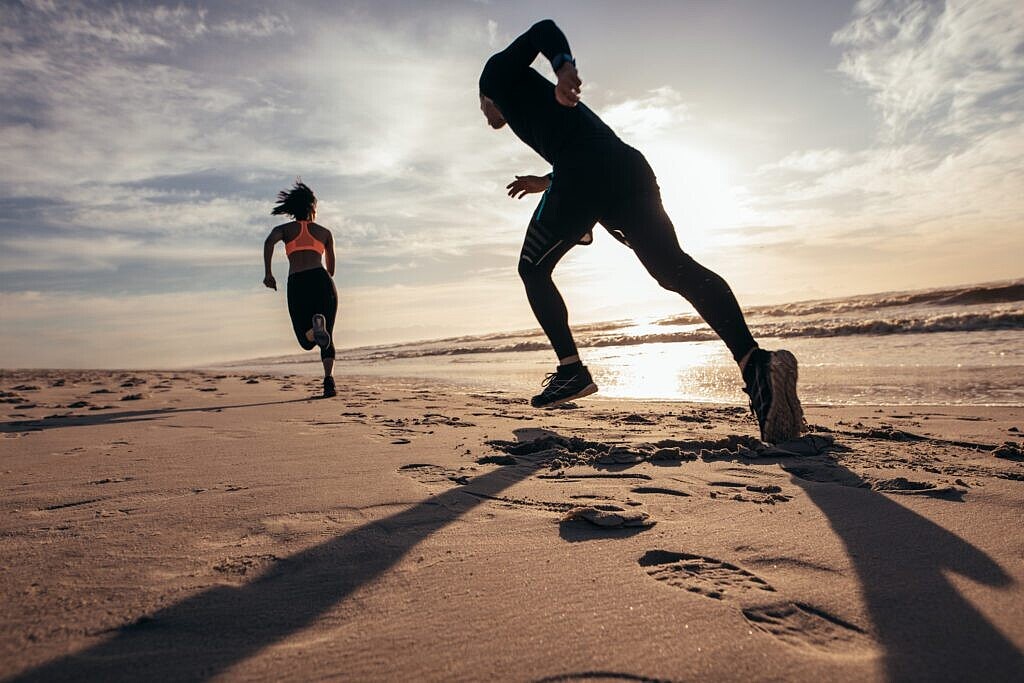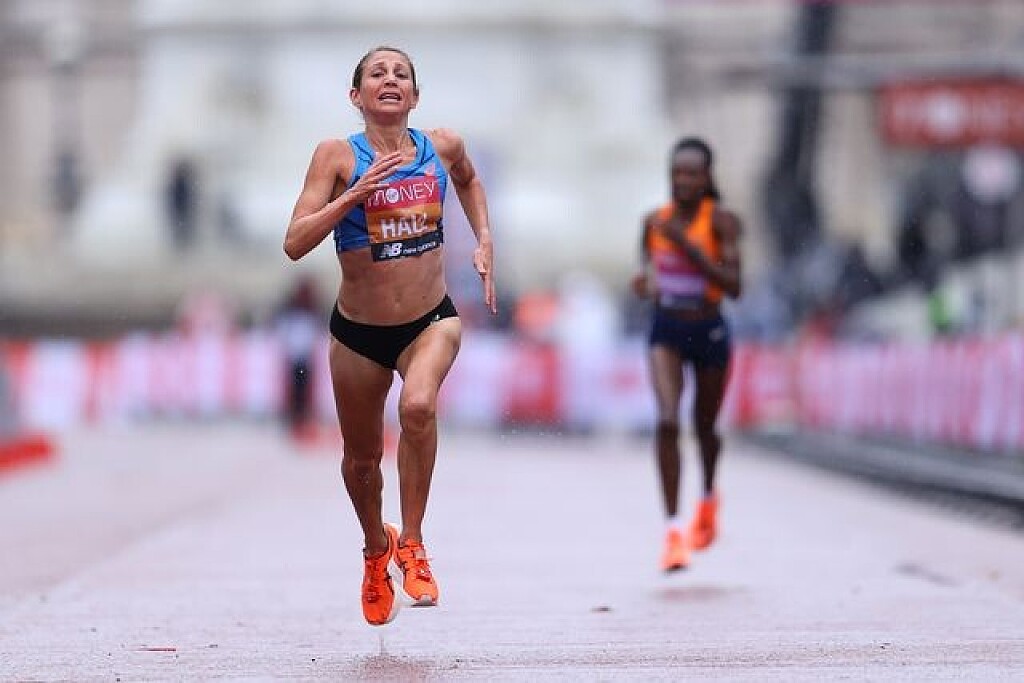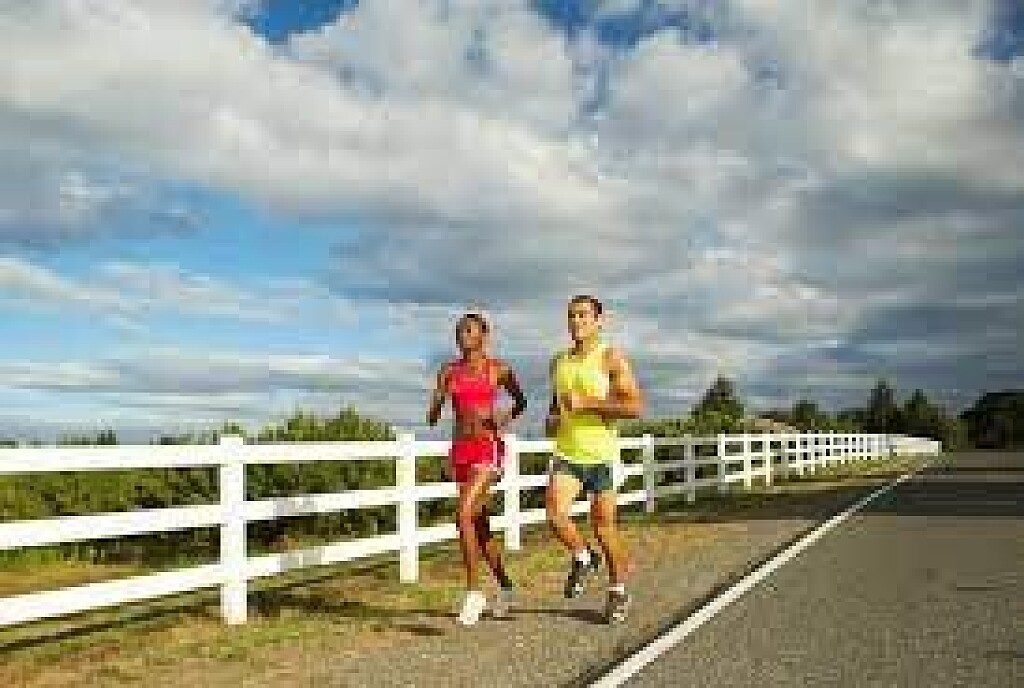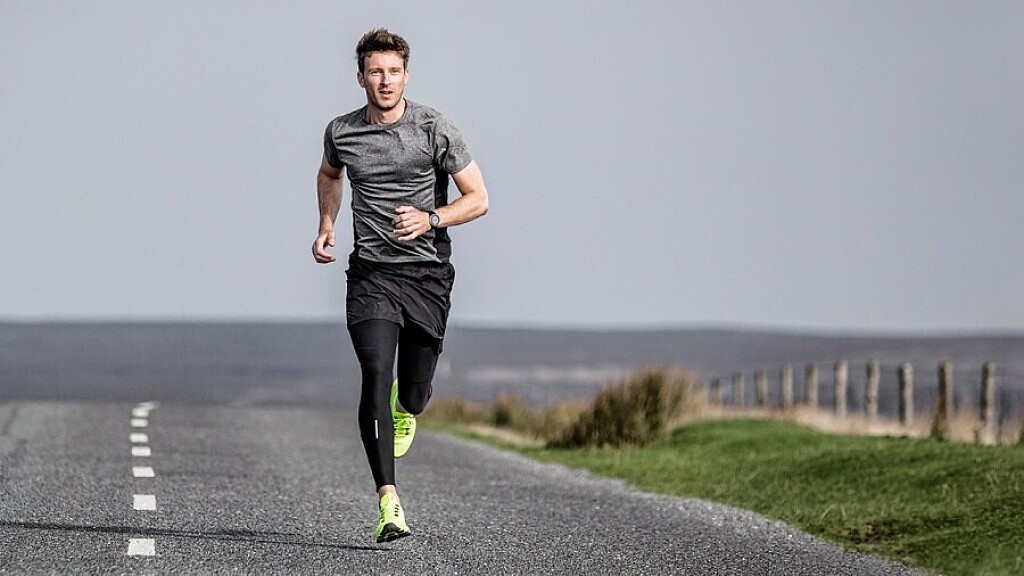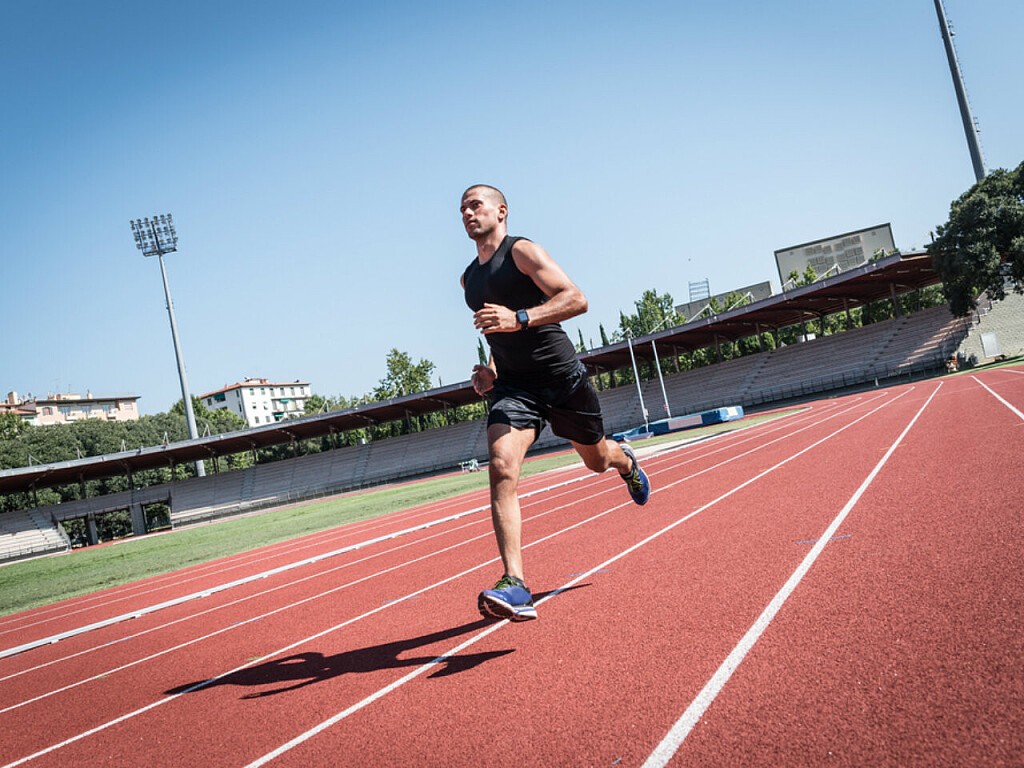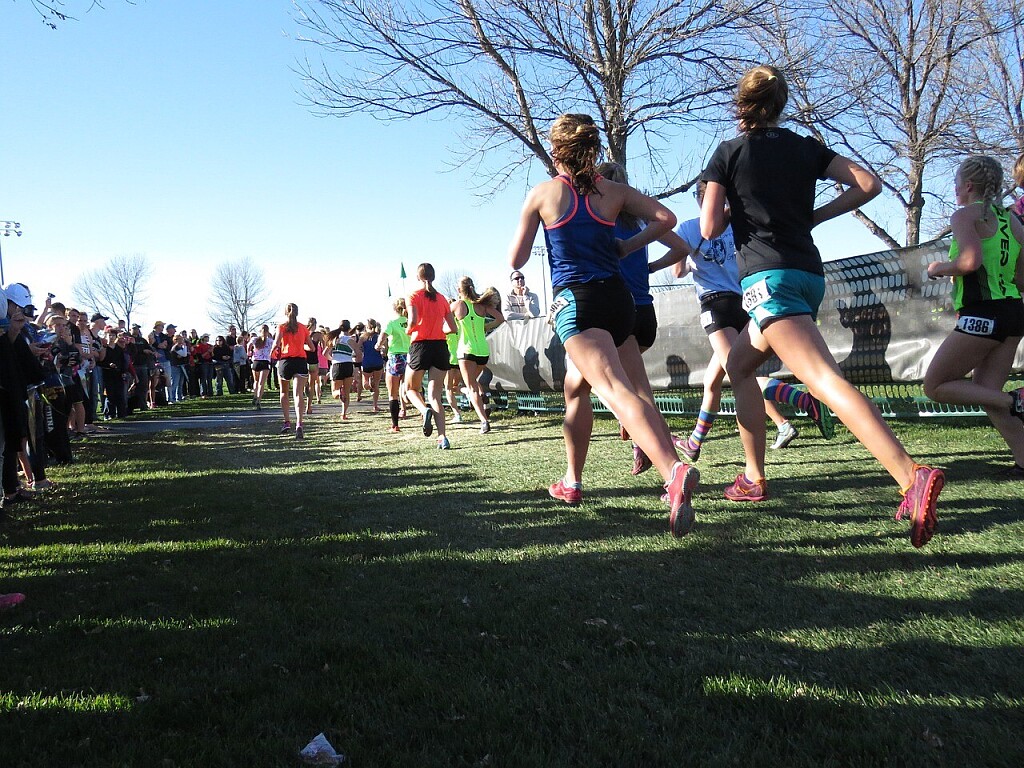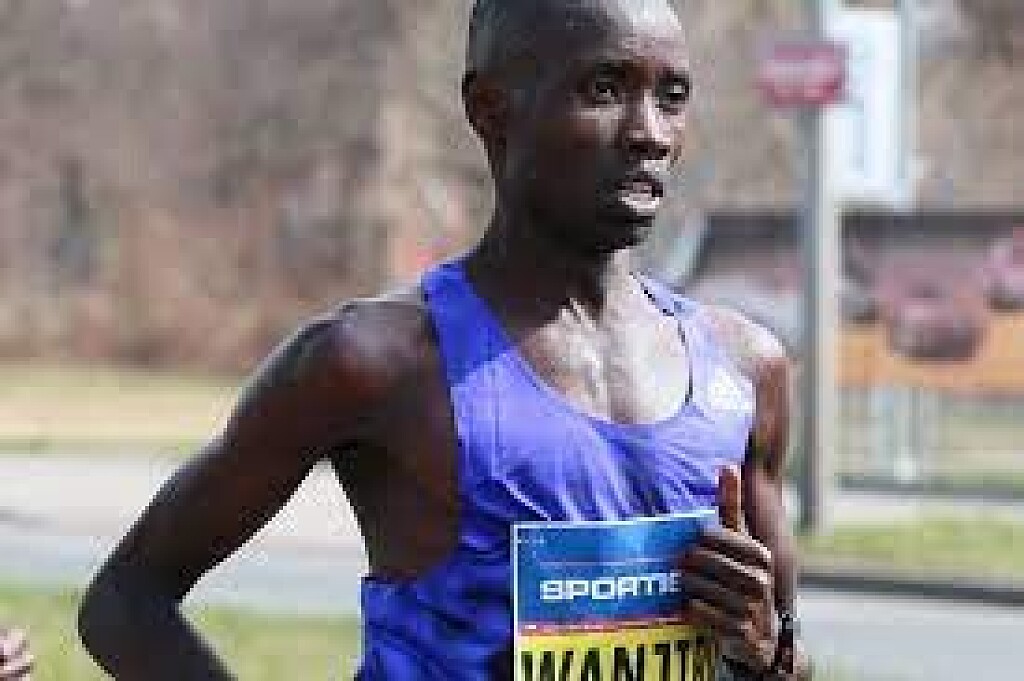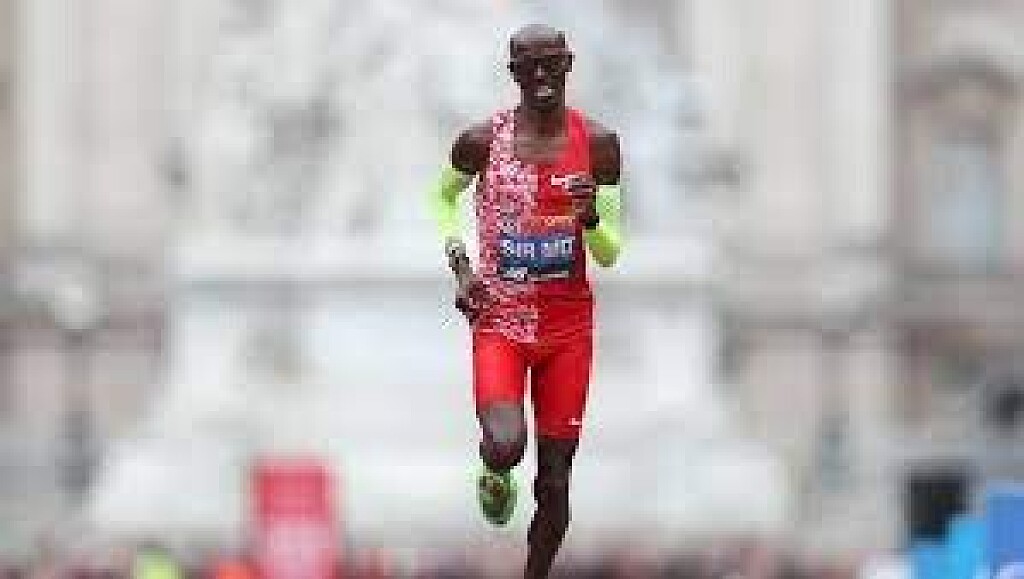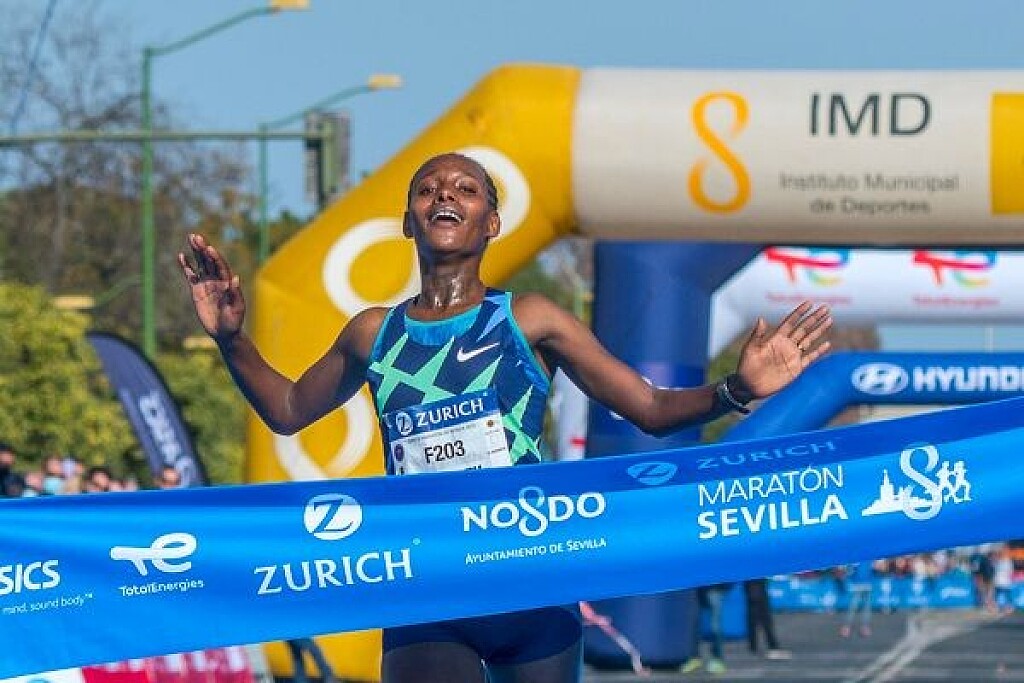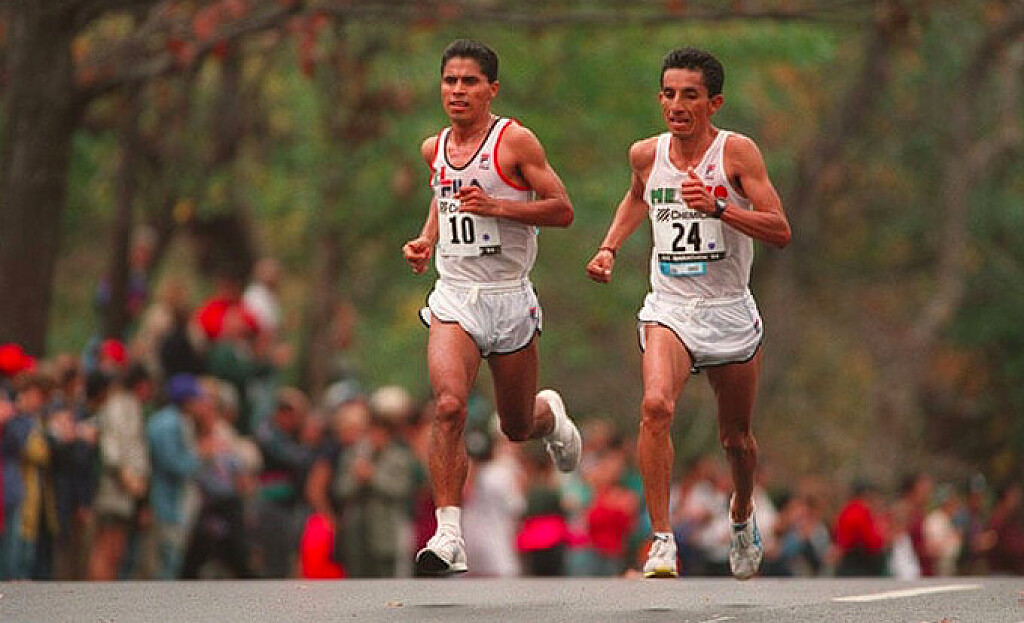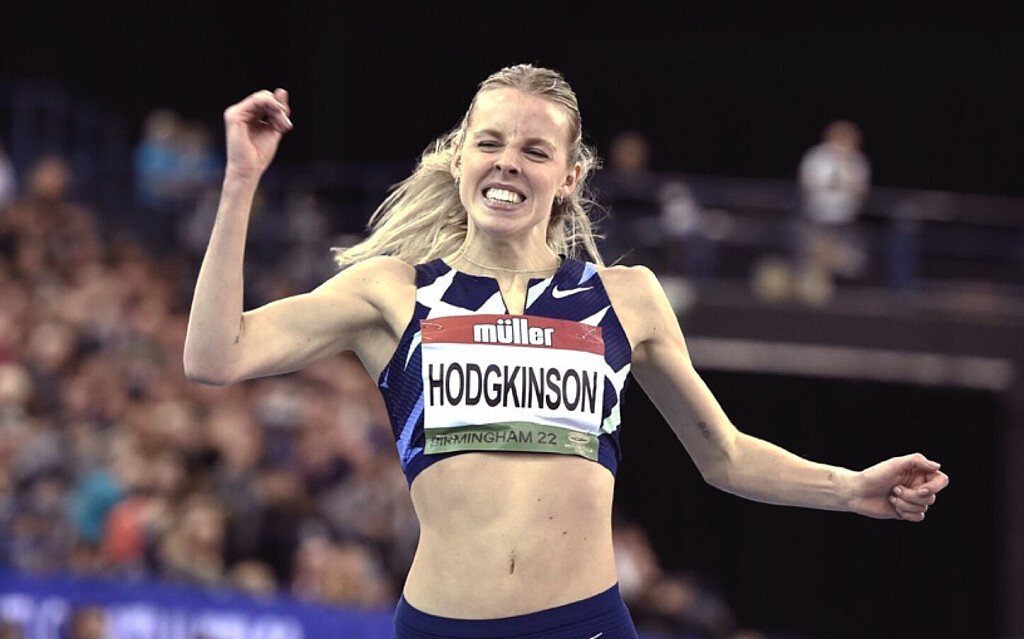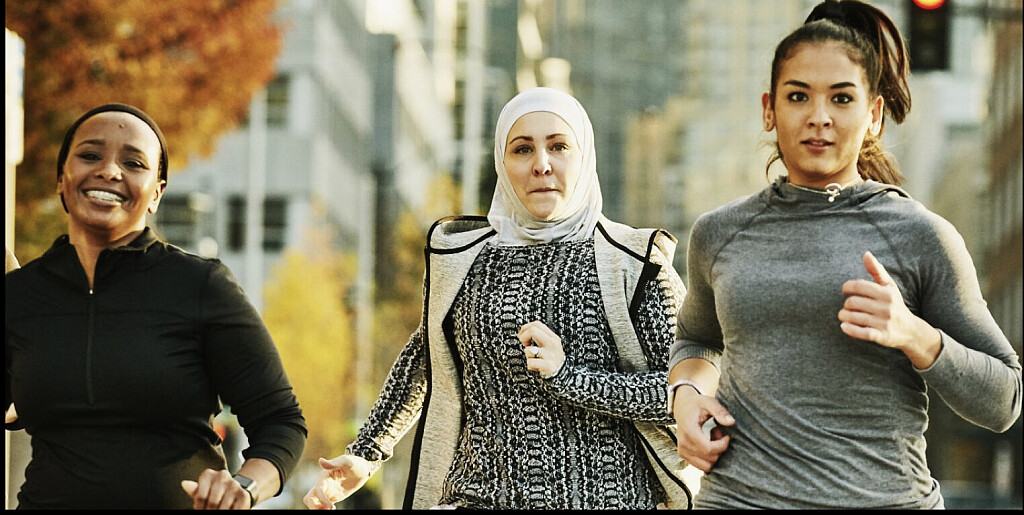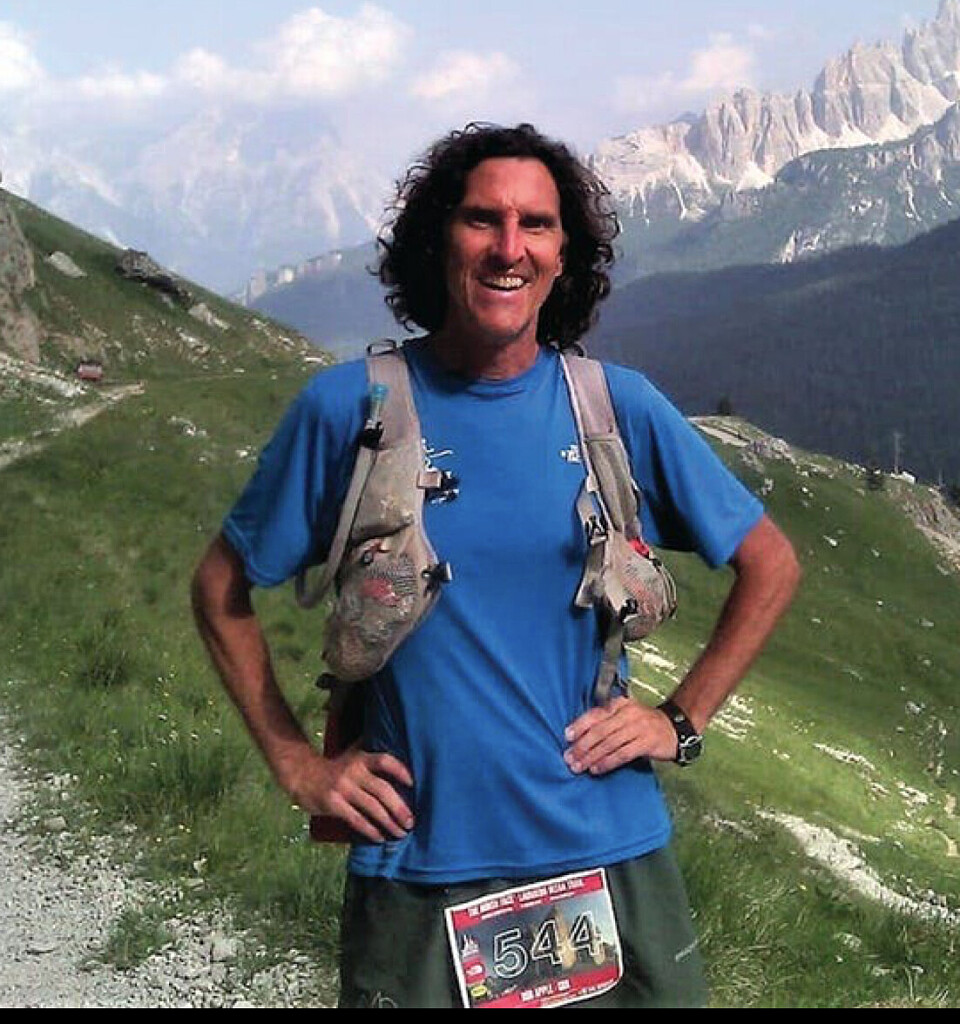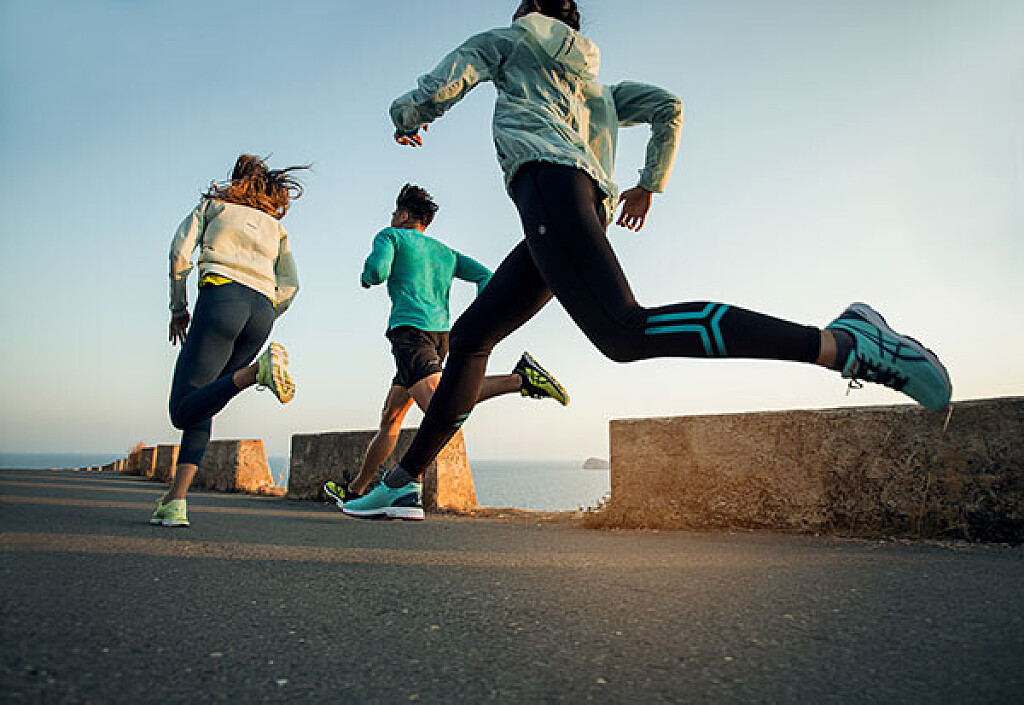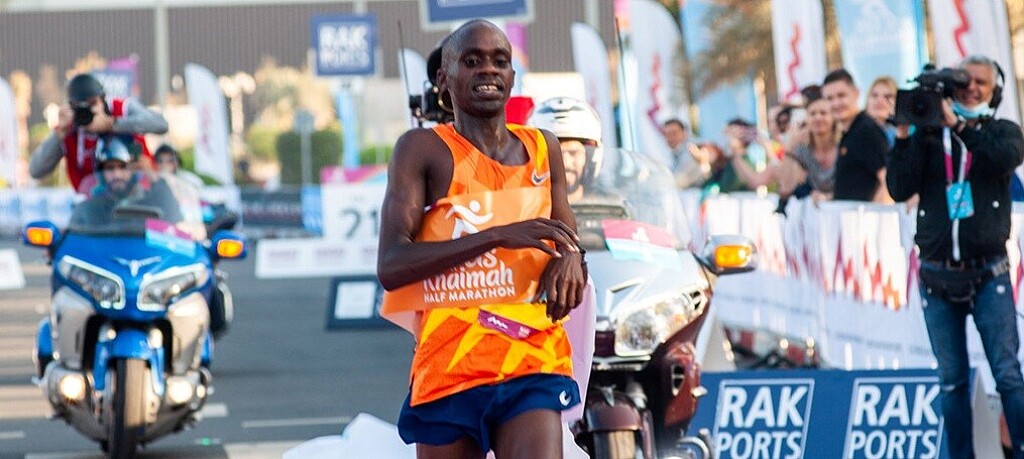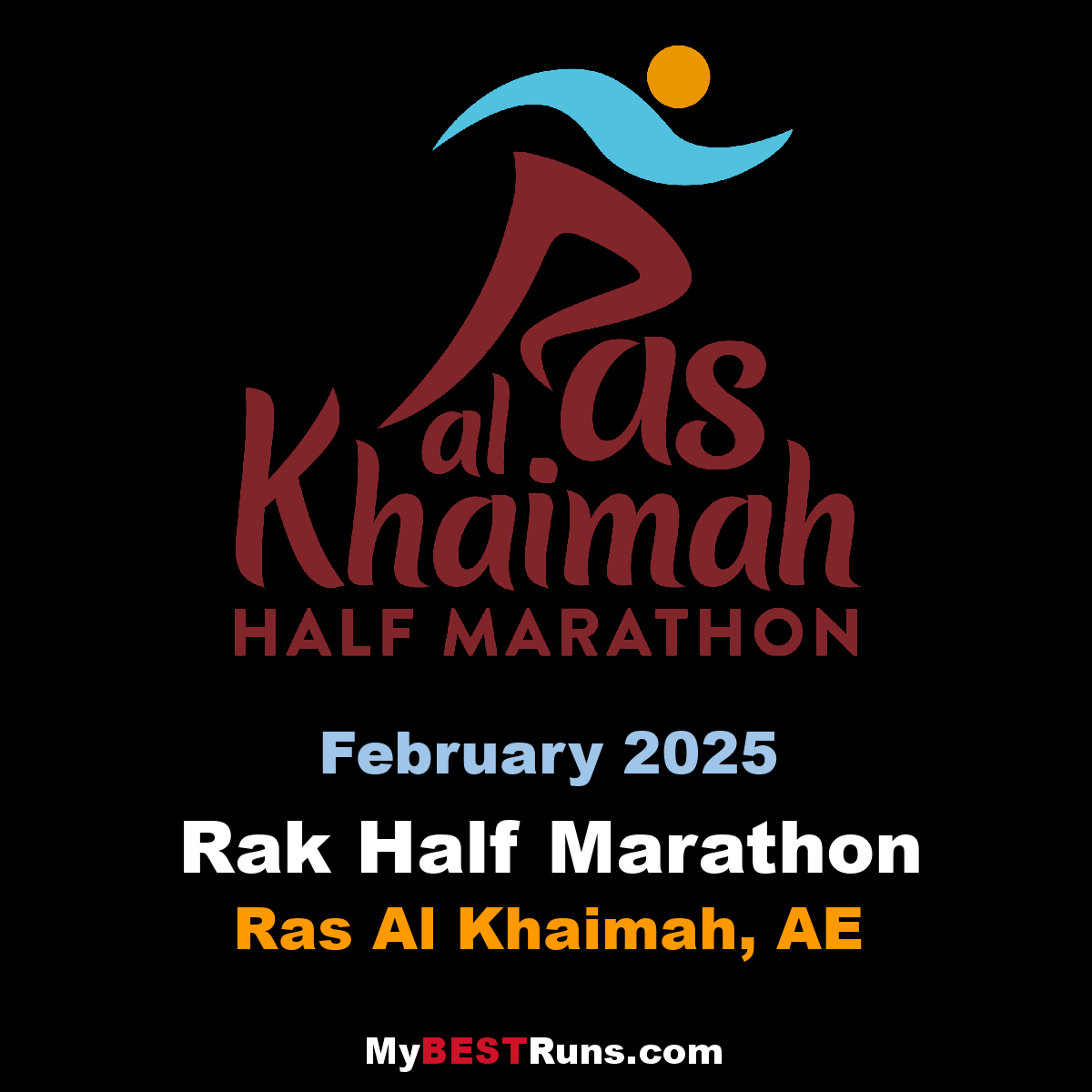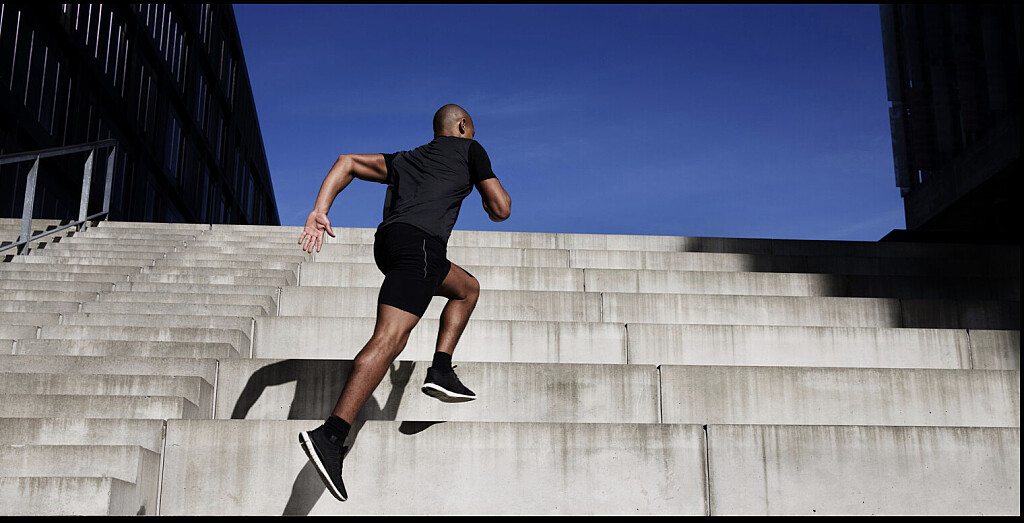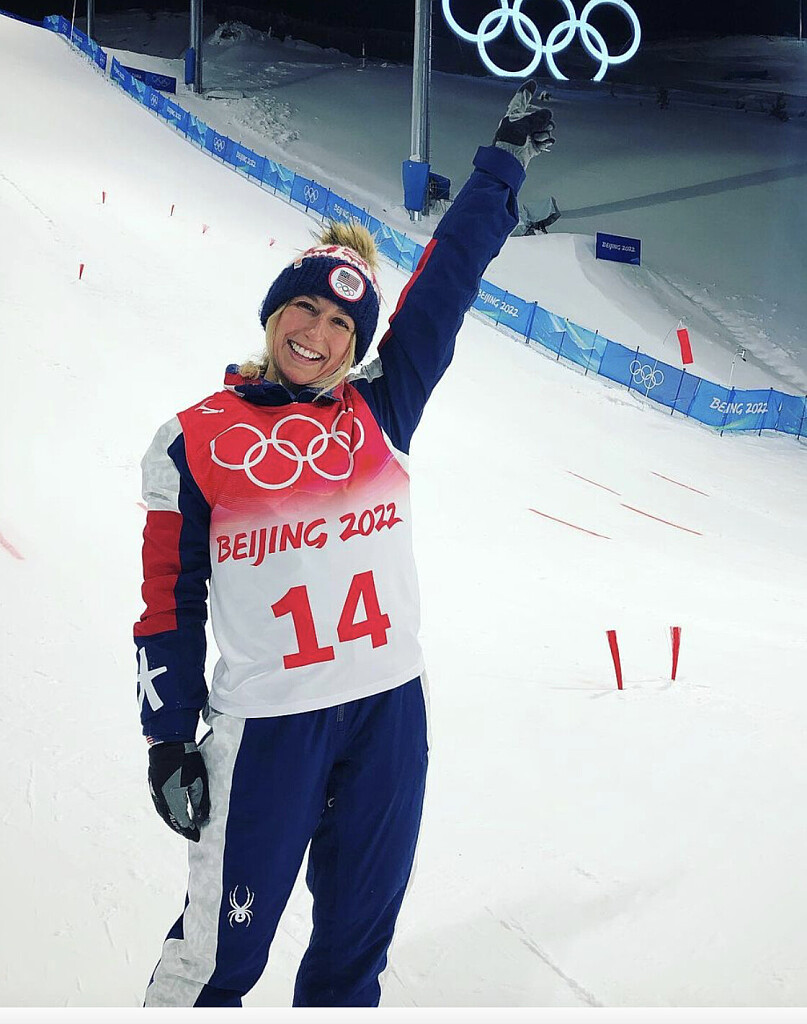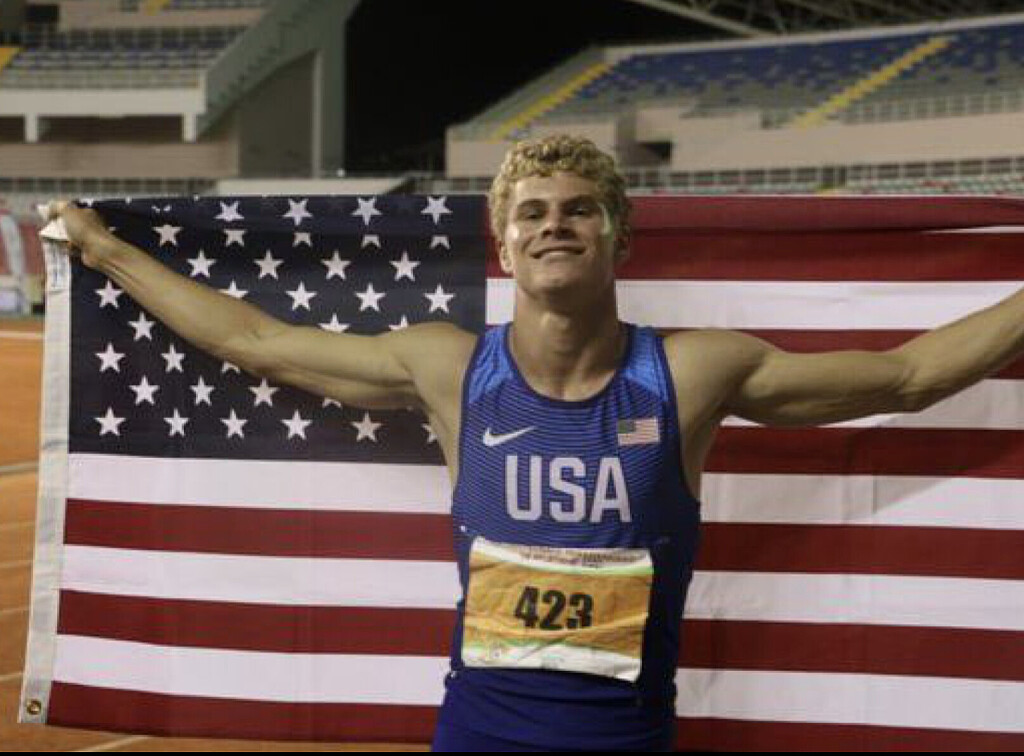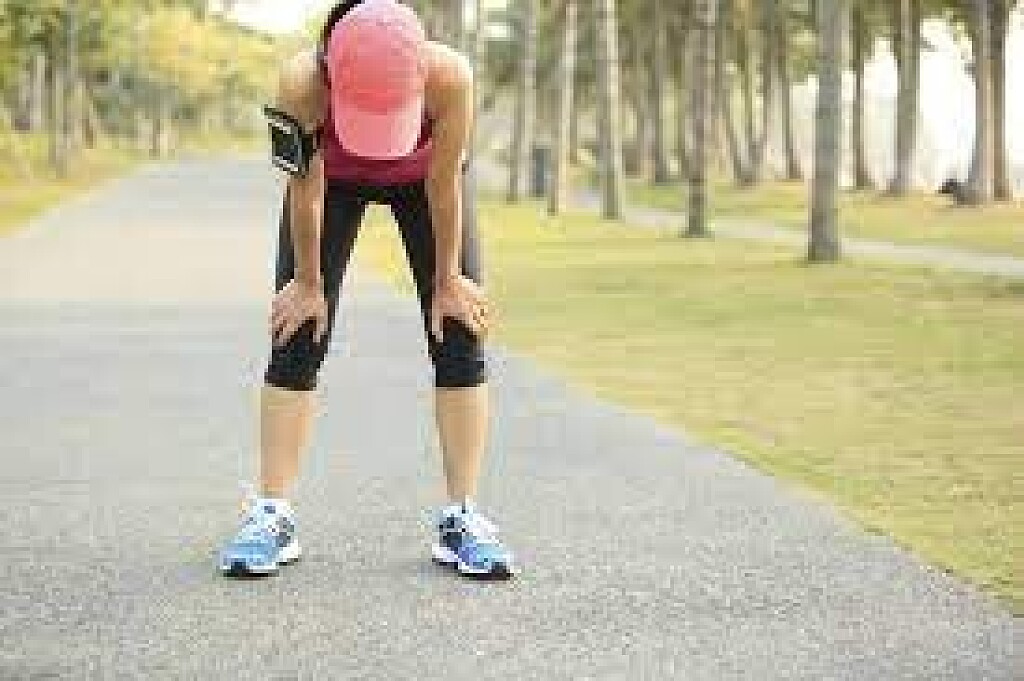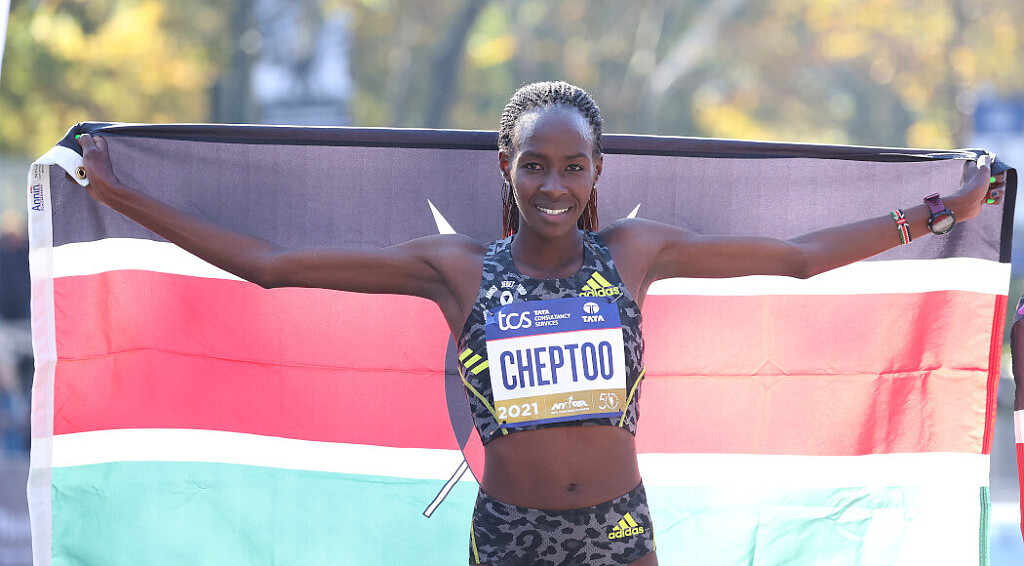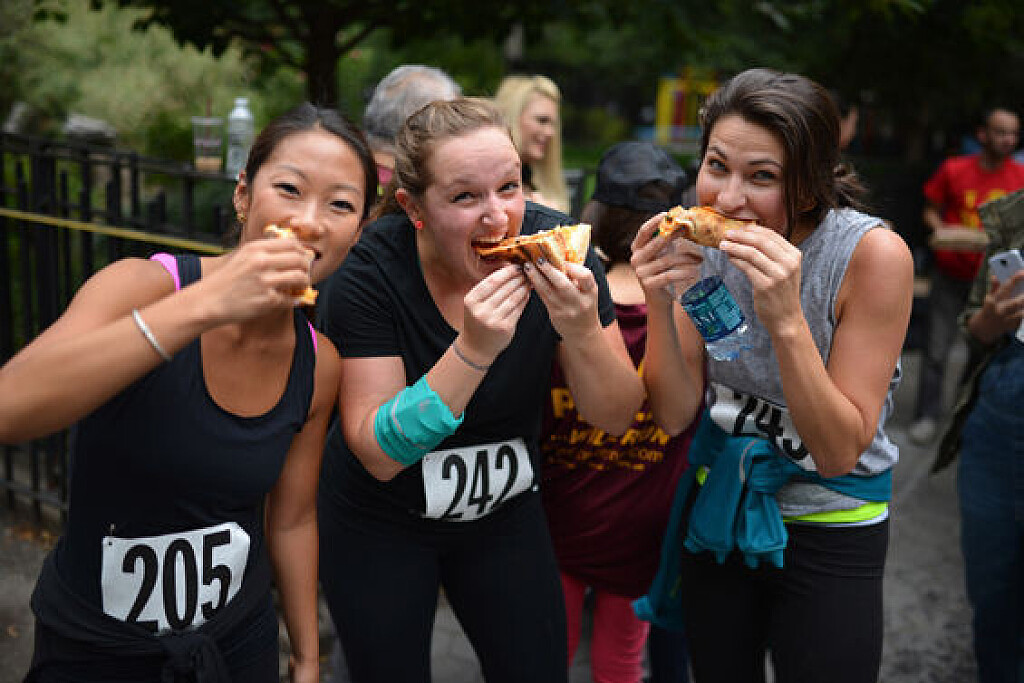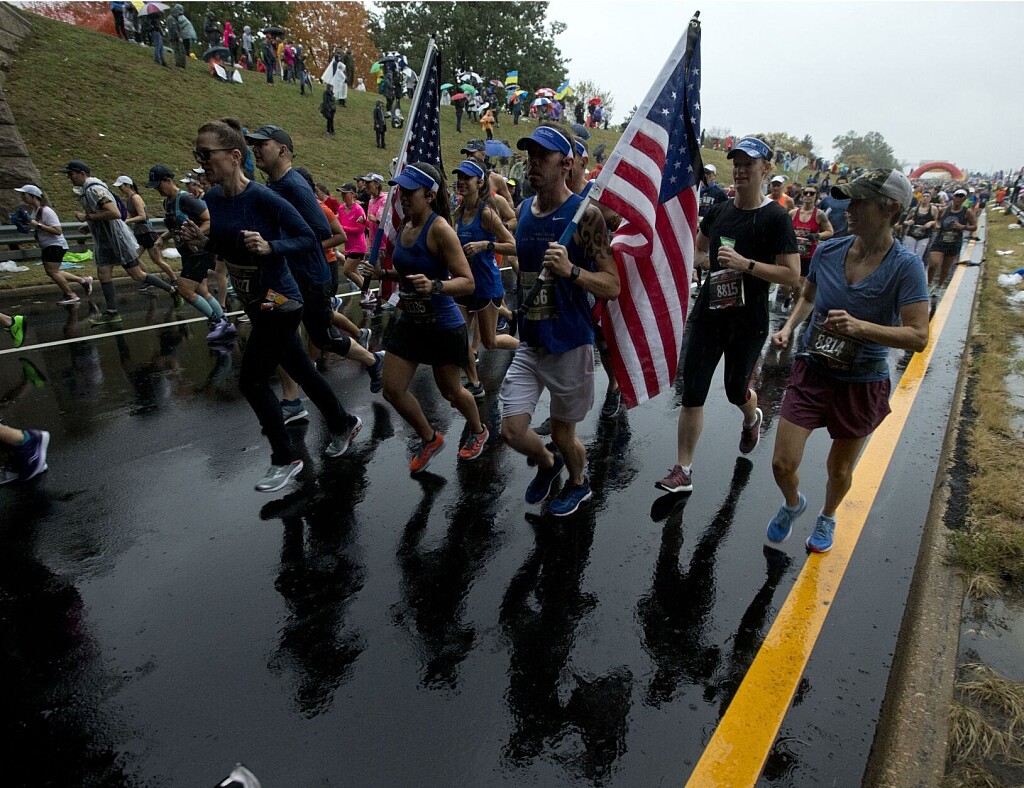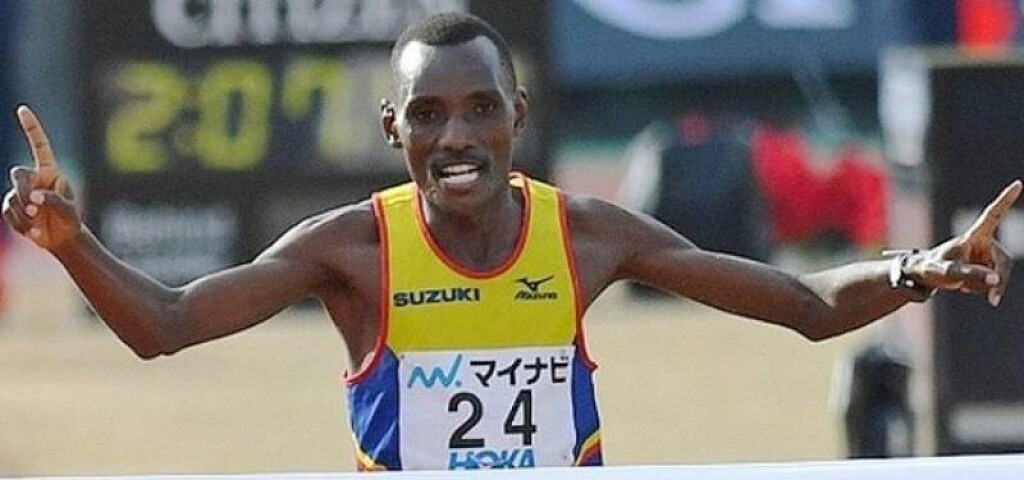Running News Daily
Running News Daily is edited by Bob Anderson in Mountain View, California USA and team in Thika Kenya, La Piedad Mexico, Bend Oregon, Chandler Arizona and Monforte da Beira Portugal. Send your news items to bob@mybestruns.com Advertising opportunities available. Over one million readers and growing. Train the Kenyan Way at KATA Running Retreat Kenya. (Kenyan Athletics Training Academy) in Thika Kenya. Opening in june 2024 KATA Running retreat Portugal. Learn more about Bob Anderson, MBR publisher and KATA director/owner, take a look at A Long Run the movie covering Bob's 50 race challenge.
Index to Daily Posts · Sign Up For Updates · Run The World Feed
Five running technique exercises to improve your running form
Proper running form is not something that comes overnight. In fact, if you try to change your running technique too quickly you’ll likely end up doing more harm than good. Go through this list of five tips for better running technique and introduce changes slowly.
1. INCREASE RUNNING CADENCE
Many runners run with a cadence that’s too slow. Their feet hit the ground in front of their body of mass and their step is not rolling economically. This is called overstriding.
When you overstride, you’re effectively braking against your forward momentum which makes running a lot heavier. To avoid overstriding, aim to hit the ground with the middle of your sole and avoid excessive heel striking. When you’re running at a lighter pace, avoid landing toes first.
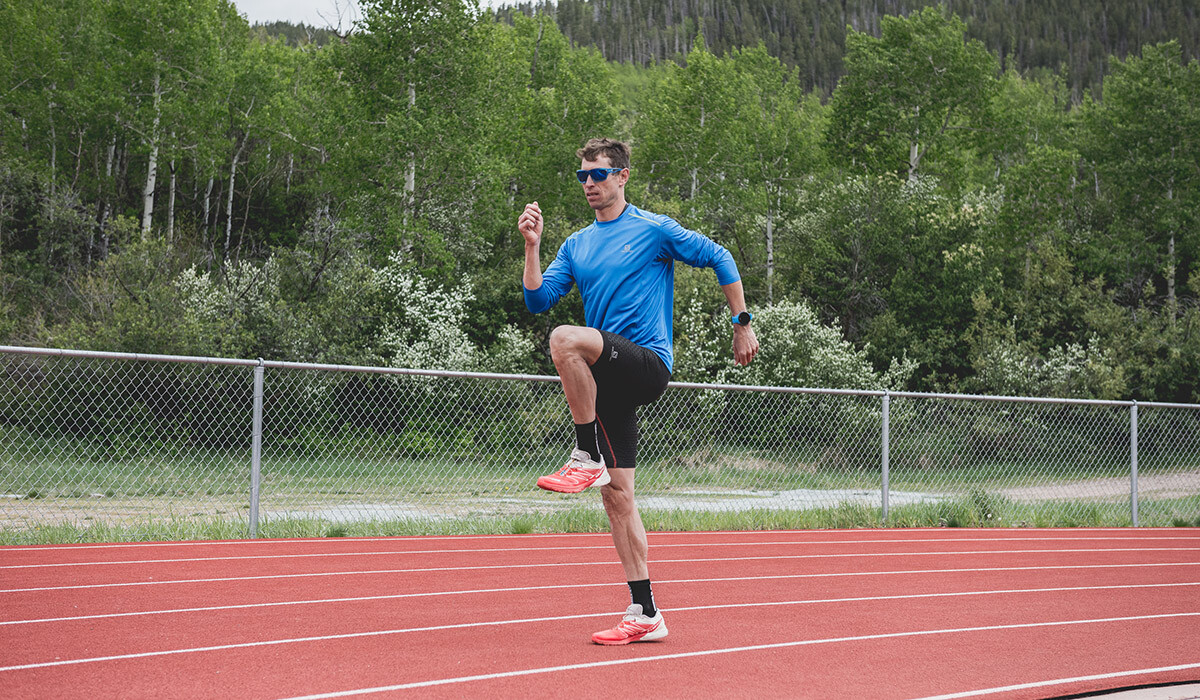
There is no such thing as optimal, universal running cadence. That is, a cadence that works for a sub-3-hour marathoner might not work for you (and even if it does, that won’t automatically make you a sub-3-hour marathoner, for that matter).
2. RELAX TO MAINTAIN AN EFFORTLESS RUNNING FORM
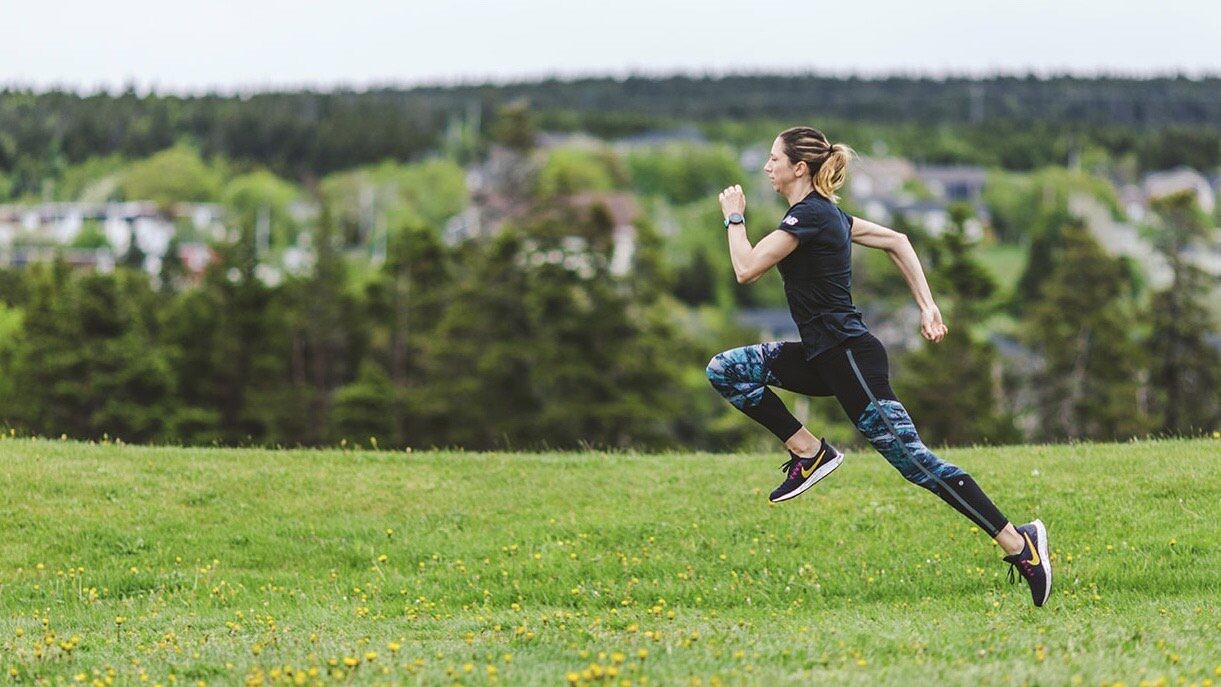
Running is easy when it’s relaxed.
When you look at elite runners, their running form often looks effortless. Their pace looks much more laid-back than what it really is.
Focus on keeping yourself straight and relaxed: let you cheeks wiggle and enjoy the ride. Avoid running at maximum pace even during the toughest intervals as you’ll tense up and your running technique will suffer.
It’s better to give only 95% even during the toughest exercises than to squeeze out everything you got.
3. PROPER RUNNING FORM EXTENDS ALL THE WAY TO THE UPPER BODY
Arms are more important in running than many people think.
Your arms are meant to balance the body while the legs are moving. Elbows make up for a great deal of kinetic energy and therefore they should swing forward and back, avoiding unnecessary lateral movement. A suitable elbow angle is about 90 degrees. Keep your hands in unclenched fists and let them swing easily besides your race bib.
At a tougher pace, using your arms becomes increasingly important. Your shoulders should be as relaxed as possible and you should also remember to invest in upper-body flexibility and mobility as well as muscle strengthening when you do supportive exercises.
A stiff upper body also affects the lower body and causes unnecessary rotation to the legs as well. You can practice arm movement for example in front of the mirror with the help of the exercise above.
4. RUNNING TECHNIQUE EXERCISES TO HOLD PROPER RUNNING FORM
It’s challenging to change your running technique without any special exercises. In running technique exercises – running drills – your technique is divided into parts and attention is given to the right kind of movements, muscle activation, muscular fitness, and mobility in order to enable a better running technique. Doing drills will also make it easier to hold proper running form for longer.
Stay focused when you do these drills and do them when you feel fresh.
Even though many people set longer runs as their goal, you shouldn’t concentrate on training to become slow. If you want to improve your running technique, it’s better to do short and precise exercises correctly, rather than training slowly for a really long time.
You can try various exercises, like high-knee runs, high-knee walks, jumps and leaps, and versatile mobility and stretching exercises. You can do the exercises as a full workout after a proper warm-up, but you can also combine them for 5–15 minutes with light jogs or do them before the brisker exercises
5. GET YOUR RUNNING FORM RIGHT
Avoid an excessively upright form while running. An important part of proper running form is maintaining good posture and leaning slightly forward.
With this kind of running form, you make sure that your feet don’t land too far ahead of your center of mass. A statue-like upright form might look stately it but makes forward rolling running more difficult. And when you get tired, you’re more likely to start leaning backwards.
Controlling your core and making sure you’ve got the required muscle fitness and endurance are key elements of maintaining proper running form. When you improve your muscle fitness, you’ll be able to keep up a good form during longer runs.
You can also try to activate your muscles before a jog with some strength exercises so you’ll feel strong when you start running.
(02/26/2022) ⚡AMPBuild speed and control with this unique workout, alternate between short and long intervals to practice smart pacing
A lot of running workouts focus on building speed, endurance or a combination of the two, but there’s another important component to running well that often gets neglected: control. In a long-distance race, you need to be able to control your pace throughout the run so you can get to the finish line as fast as possible, without having to stop before you get there. This unique workout teaches control, while also giving you a chance to get some speed on your legs.
800/400 intervals
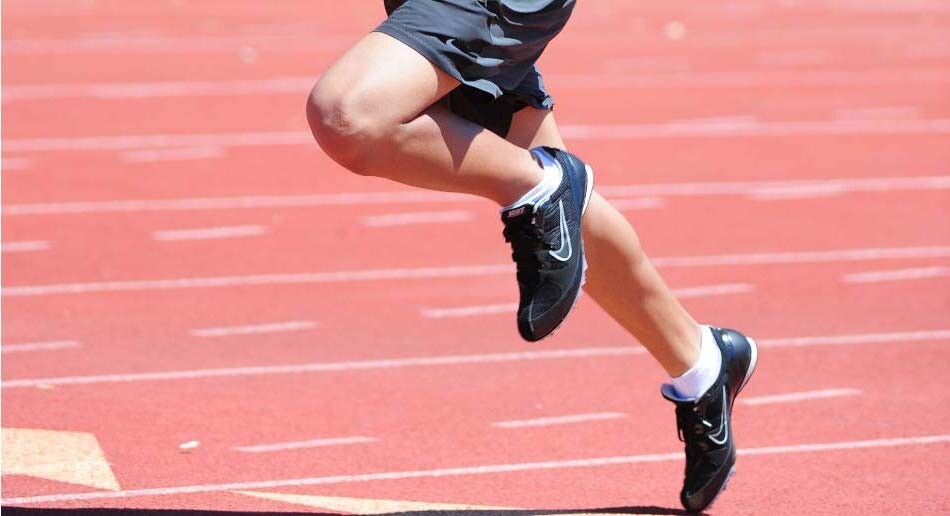
This workout involves alternating between 800m and 400m intervals. The 400s are run at a faster pace than the 800s, so runners have to control their pace in the first half of every set to make sure they can speed up in the 400s. The rest is intentionally short between the short and long interval to force you not to run too hard in the 800s.
You can do this workout multiple times during a training cycle, and adjust the paces as your fitness increases. To start, aim to run the 800s at 10K pace and the 400s at 5K pace, but once you’re able to run all the intervals at consistent speeds, you can add sets and/or increase the pace.
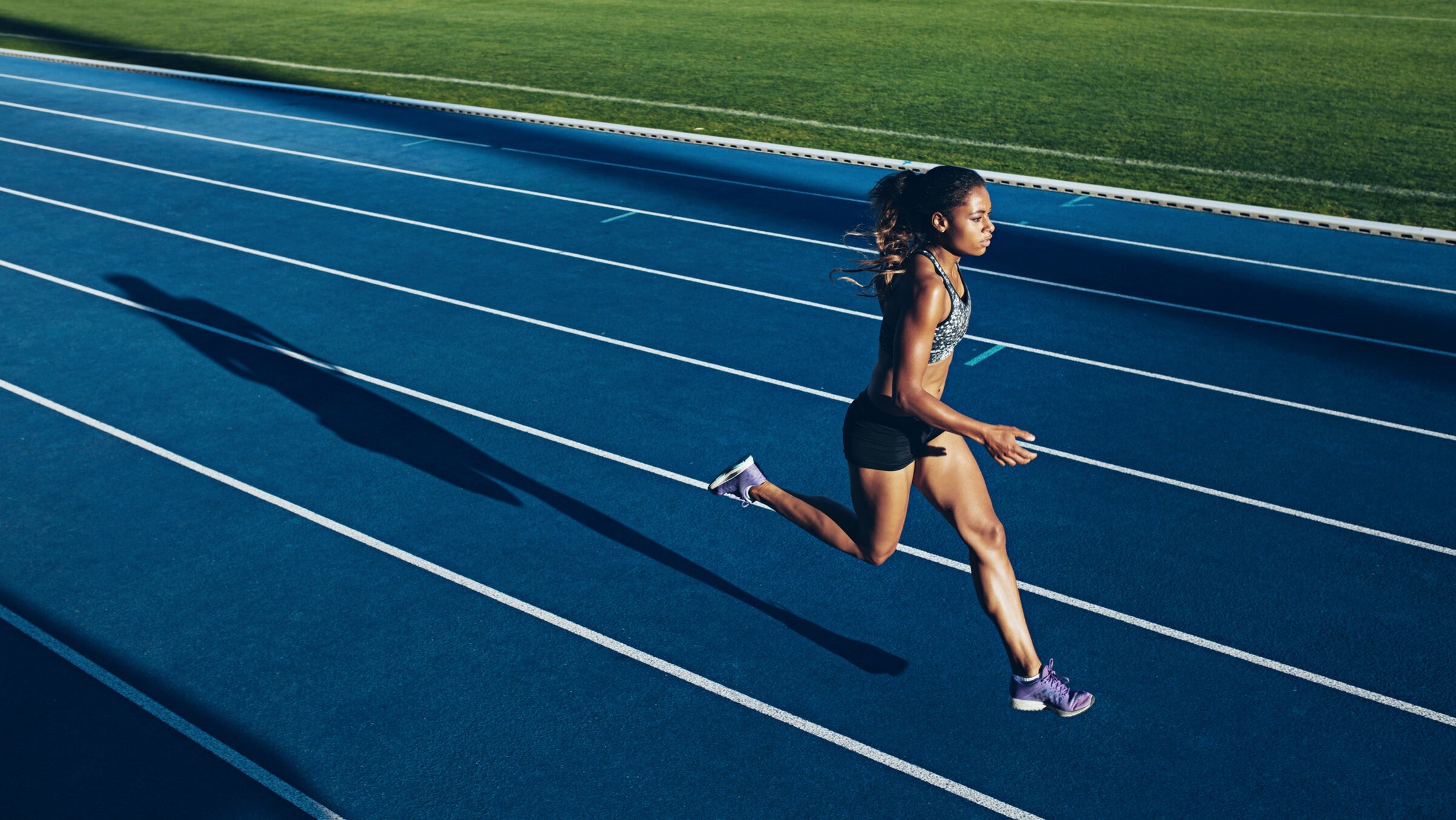
The workout
Warmup: 10-15 minute easy jog, followed by form drills and strides
Workout: 3-4 x 800m/1 minute rest/400m/2 minutes rest
Cooldown: 10-15 minutes easy jog, followed by light stretching
(02/26/2022) ⚡AMPby Brittany Hambleton
Camille Herron Breaks Her Own 100-Mile World Record- And Then Some
"What a difference a year makes."
That was the first thing Camille Herron had to say when she reflected on her latest record-breaking run at the Jackpot Ultra Running Festival on February 19. Herron, a new addition to the master's division (as of December 2021), opened her 2022 campaign with a commanding performance.
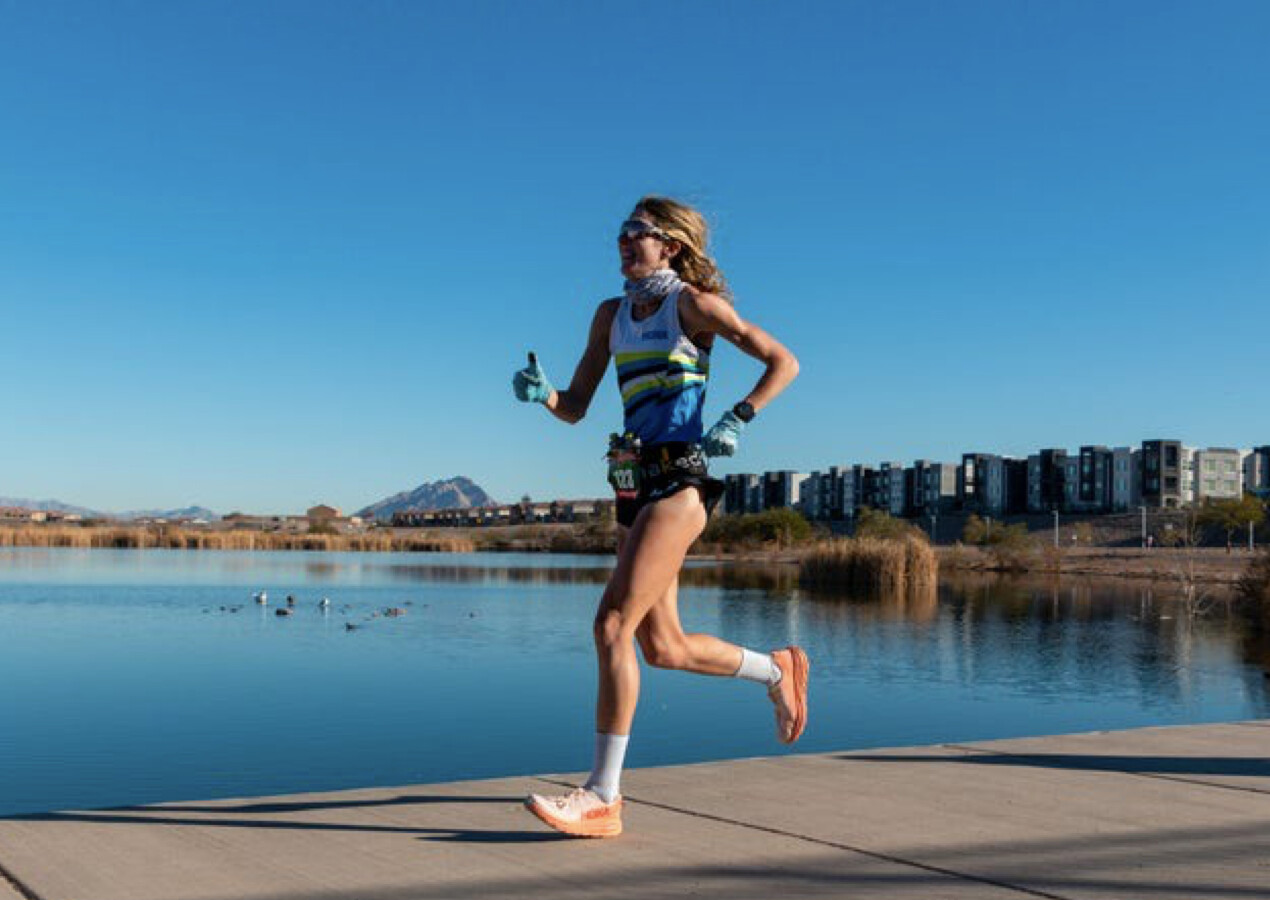
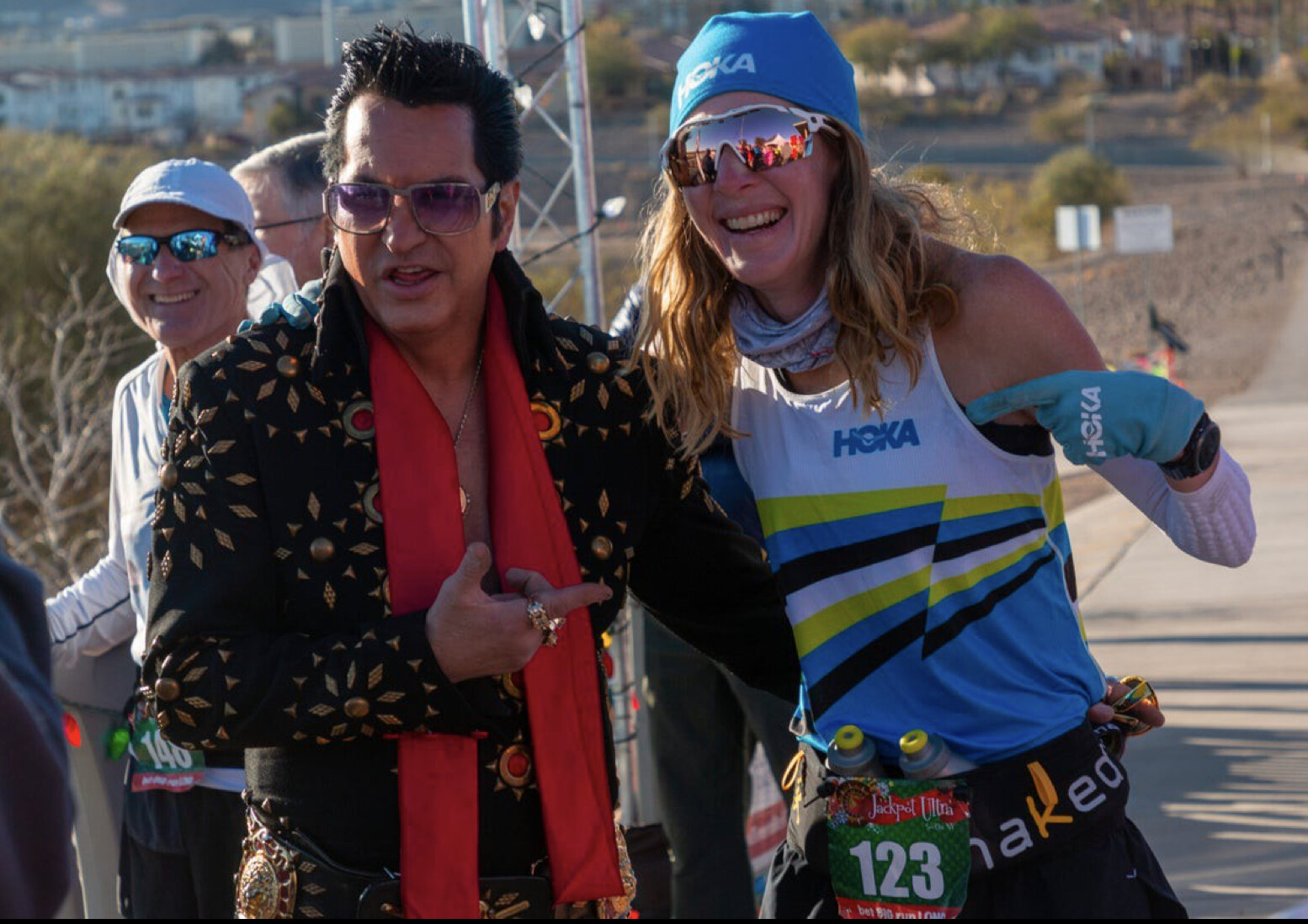
She was the outright winner of the 100-mile race and the USATF 100-mile national champion; she set a 50-mile age group world record (6:08:24), a 12-hour world record (94.5 miles), and a 100-mile world record (12:41:11, breaking her own previous record of 12:42:40 from the 2017 Tunnel Hill 100).
For Herron, this performance, coupled with dominant wins last fall at the Javelina Jundred and Desert Solstice, is just what the doctor ordered after a tough 2021.
"I ran the Jackpot 100 last year and I just didn't feel good during that race," Herron says. "It was the fourth race that I just didn't feel right. I'd hit 40 miles and want to lie down and sleep. That followed me to Western States."
That tired feeling turned out to be a result of high iron levels and low levels of magnesium and vitamin B12. The iron overload was the main culprit, which she learned from InsideTracker data. Most endurance athletes commonly have low iron levels. The result of Herron's iron excess was anemia-like symptoms.
"I was feeling so bad. My breathing was heavy, I was extremely tired, and it wasn't normal race fatigue," Herron says. "It was pretty scary."
To normalize her iron, Herron worked with her longtime friend and dietitian, Jackie Dikos. Together, they mapped out a plan starting in July. By mid-August, Herron "had [her] mojo back and was feeling energized."The jumpstart catapulted Herron back into training, hitting paces she hadn't seen in years. That's when she got the bug to go after her 2017 100-mile record.
The record was something she'd contemplated for 2020 before the pandemic hit. She nearly went for it after feeling better in 2021 at a race in Hungary, but food poisoning pulled her from the start. That was after a hip flexor injury cost her a six-day race in Germany.
Fast forward to Javelina Jundred and Desert Solstice, Herron was looking for redemption.
"Going into Javelina, I was fired up," Herron says. "I was overdue for a good race. I broke the course record by like 49 minutes. I wanted to keep that fire going."Hitting the Jackpot
A week and a half after moving home to Oklahoma after three years in Arizona, Herron was on a plane with her husband and coach, Conor Holt, to Las Vegas for the Jackpot 100. Most of all, she wanted redemption from her 2021 outing there. Breaking 13 hours sounded good, but if her record was in reach, she wanted it.
That's where she found herself at the 50-mile mark. Her 6:08:24 split was enough for the 40-44 age group world record, and that had her on pace for the 100-mile record. She kept her foot on the pedal.
"Between the elevation gain and the heat, it was much more fatigue than I felt in previous world records," Herron says. "I was trying to assess how my body felt at 50, and I was feeling quite a bit of fatigue. I had to wrap my head around having to endure the second half of the race."
Battling minor issues from the heat and a nosebleed, Herron troubleshot everything the race threw at her. Around mile 75, she caught race leader Arlen Glick.
Herron saved time by only stopping once during the entire race. That lone,15-second break came around mile 70, when she shotgunned a non-alcoholic beer: an Upside Dawn Golden from Athletic Brewing."You know when you do long runs and you have a craving for a beer? Because of the iron overload, I've had to cut out alcohol. So, I've been hooked on non-alcoholic beer," Herron says. "I've never done a beer mile, but I guzzled it pretty fast."
With three laps to go of the 85 total, Herron had already secured the 12-hour record. Doing the math, she realized she was 20 seconds under her 100-mile world-record pace. There was no margin for error. With three miles to go, Herron dropped the hammer.
"I went into beast mode," she says. "I thought about Keira D'Amato chasing down Deena Kastor's marathon record. [Keira] powered through those last miles. I channeled that and thought back to what my high school track coach would say, 'Lift your knees. Drive your arms.'"
Holt cheered Herron on until she came across the line in 12:41:11 for the new world record and the outright win. In the final three miles, she went from a 20-second cushion to break the record by almost 90 seconds. Her final mile was 7:08, and her average pace over the full 100 was 7:37.
"As a woman, you can't be afraid that you could win the race," Herron says. "I've done it a few times now. It was added motivation as I was going after [eventual men's winner] Arlen Glick. Everything worked out. Pretty much, every goal I had, I achieved. I was overjoyed."Eyes on the Prize
Herron is back to the top of the 100-mile ranks as she enters her Western States training block. At 40, she's more fired up than ever to deliver the best performances of her career.
"I can remember hitting my 30s and thinking I'm on some downward slope," Herron says. "We need to shift that mindset. When I look at my training logs from 10 years ago, it's crazy. I used to do long runs every Sunday. As I've gotten older, I've taken better care of myself. If I do one or two long runs a month, that's good enough for me. I've said, women ultrarunners age like fine wine. What I may not have in leg speed anymore, I make up in physical and mental strength to keep going."
Herron credits changes in her diet and training, and the addition of a squat rack, for her continued strength as she enters into the master's ranks. These are the tools she plans to use in preparation for Western States. If all goes to plan, she will be a force to be reckoned with come June.
"I just feel like I have to keep going back and try to have a magical day there," Herron says. "Now that I've run the entire course, it's gonna be fun to go back and push my human limits. I'm hoping to have that dream day."
(02/26/2022) ⚡AMPby Trail Runner Magazine
Let The Race Come To You
When we desire a certain outcome, it's common to try to over-control a race or force certain expectations. It's easy to disguise this kind of flawed thinking as being tough and committed to the goal. In actuality, we need to adopt a somewhat counter-intuitive mental approach.
As a local race director recently advised me, "you need to change up your approach and start letting the race come to you." This went against my typical mental mindset around racing. In fact, my college coach used to say, "make the race happen, don't let the race happen to you." Until now, that had always resonated.
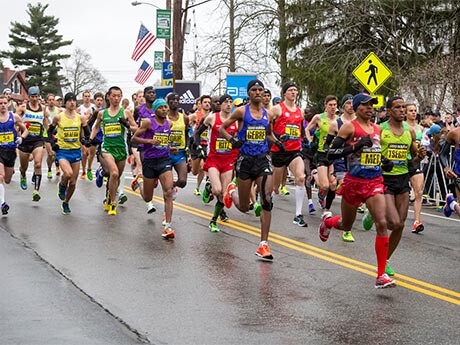
While it doesn't guarantee control, better preparation and training do provide you with more tools to respond to whatever the trail throws at you. Letting the race come to you doesn't mean being a passive passenger in the experience. In fact, it means the opposite. Letting the race come to you means fully participating in and engaging with the actual adventure that you're on and welcoming every experience that it might bring.
Present Moment Focus
This re-frame allows competitors to be more present in their racing experience. In the past, I had made the mistake of crushing early miles, taking advantage of feeling fresh, and sometimes having too much of an urgency to stop for long at aid stations. With the new priority of letting the race come to me in my most recent competition, I didn't panic when I had a twinge in my back in the early miles or when gels weren't going down easily. Typically my thought process might have gone something like "Great. My body already hurts and I'm only at mile 18. I can't wait to see how bad it feels at mile 80."
Instead, I slowed to a hike on the uphill I was climbing to let the discomfort subside. I didn't worry about the potential of lost time. I wasn't concerned with what other athletes were doing. My only focus was addressing the current situation that I found myself in
Problem Solving
Trail running inherently comes with challenges. Even on great days when you achieve your desired outcome, it likely came with effective problem solving rather than simply a lack of problems faced. A byproduct of letting the race come to you with an eagerness to engage with it is that you're ready to assess and respond to any obstacle that you face, rather than resisting it or panicking.
This new mindset allowed me to calmly address what was in front of me without the panic or anxiety that comes with trying to predict how it's going to impact you further down the trail. Each challenge is simply a component of what the race is bringing with it and can also be welcomed and accepted.
Managing Information
When it comes down to it, racing is really about interpreting and managing the constant influx of information (i.e. how your body feels, the terrain, race position, weather) that you're being presented with, and deciding what is helpful feedback and what is an unproductive distraction. In the past, when I was trying to make the race happen, it was more difficult to accurately tell the difference.
For example, sometimes what I would treat as an irritating distraction was actually something that required my attention (i.e. heat and its impact on my fueling strategy). And, something that should have been dismissed as a distraction (i.e. what a competitor was doing) I interpreted as important feedback for my race strategy. When you let the race come to you, you're already in the mindset to receive and respond.
Not only do you know lots of information is coming your way, but you're ready for it. This information isn't a nuisance or a threat but in fact an inevitable and crucial part of the racing process.
This new perspective and mental approach of letting the race come to me transformed my racing experience and it can transform yours, too. Not only did it have a positive impact on the outcome of my race, but I found myself calmer, more engaged, and enjoying the process more than I have in a long time.
Processing Information During a Race: Feedback vs. Distraction
Accurately identifying the difference between actionable feedback and distractions is imperative to having a successful performance. Many athletes fall into the trap of taking distractions as feedback (i.e. responding to stomach issues by not taking in any more calories or fuel) or treating feedback as a distraction (i.e. pushing too hard or forcing a pace when your body isn't responding well to it).
Thinking about each of these scenarios ahead of time and planning your desired response highly increases the chance of efficient decision making when you face them on the trail.
(02/26/2022) ⚡AMPby Trail Runner Magazine
Kilian Jornet Announces Return to UTMB for 2022
"Return of the King."
That was the title of a YouTube video tweeted out by UTMB on February 23 to announce Kilian Jornet's return to the legendary race in Chamonix.
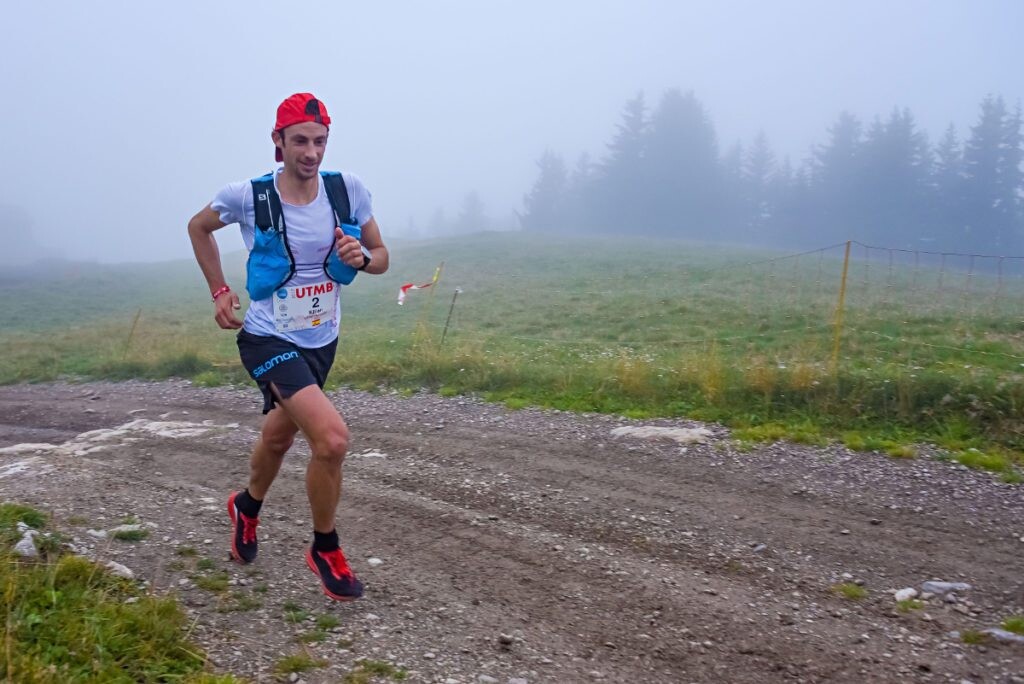
"This year I'm coming back to UTMB," said Jornet, in a clip sprinkled with quotes touting him as the sport's greatest of all time. "Why, you will ask me: it's because I really love to suffer. I really love the pain in the legs, the feet, and everywhere in the body. That's what long distance is about. To enjoy the pain!"
It will be Jornet's first time back at the 105-mile (170K) race since 2018, when he dropped 11 hours in. He has raced UTMB six times since 2008, including victories in 2008, 2009, and 2011. In 2017, he broke the race's course record while finishing second to Francois d'Haene's 19:01:54 and becoming the second man ever to break 20 hours on the course in 19:16:59.
The 2022 edition of UTMB is slated for August 21-28, with the 105-mile flagship race kicking off on Friday, August 26. It will come just six weeks after Jornet's appearance at the Hardrock 100 on July 15, where he will go after another win to complement those from 2014, 2015, and 2017 (as well as a co-victory with Jason Schlarb in 2016, when the two finished hand-in-hand).
Other athletes expressed their excitement for Jornet's return in the Twitter video.
"It would be a bit empty if Kilian wasn't there, to be honest," said Tim Tollefson, who will also race UTMB in August. "He is the king of the sport, so it just feels right to have him on the line."
Once August rolls around, Jornet will compete against one of the strongest fields UTMB has ever seen. Two-time champion Xavier Thevenard of France and an American contingency including Tollefson, Jim Walmsley, Jared Hazen, Sage Canaday, Dylan Bowman, Jason Schlarb, and Cody Reed will all be aiming for a podium finish. On the women's side, Americans Camille Herron, Brittany Peterson, and Hillary Allen will be in attendance, as well as Beth Pascall of the U.K., Audrey Tanguy of France, and Ragna Debats of the Netherlands.
"UTMB always has such a big level, so many good athletes, so I really love this competition," said Jornet in the video announcement. "I'm really looking forward to being at UTMB again this year."
(02/26/2022) ⚡AMPby Trail Runner Magazine
Struggle with knee pain? Your shoes may be the problem
Knee injuries are some of the most common problems faced by runners, and new research says your shoes might have something to do with it. According to a recent study, shoes with a substantial heel drop (which most of us run in regularly) increase the amount of stress on your knees, which could lead to increased knee pain.Heel drop and knee pain
Heel drop is the difference in height between the heel of your shoe and your forefoot. Traditional running shoes tend to have a larger heel drop, which may contribute to knee pain. The researchers in this study, published in the journal Gait and Posture, aimed to confirm this theory, and find out if zero-drop shoes helped prevent knee pain.
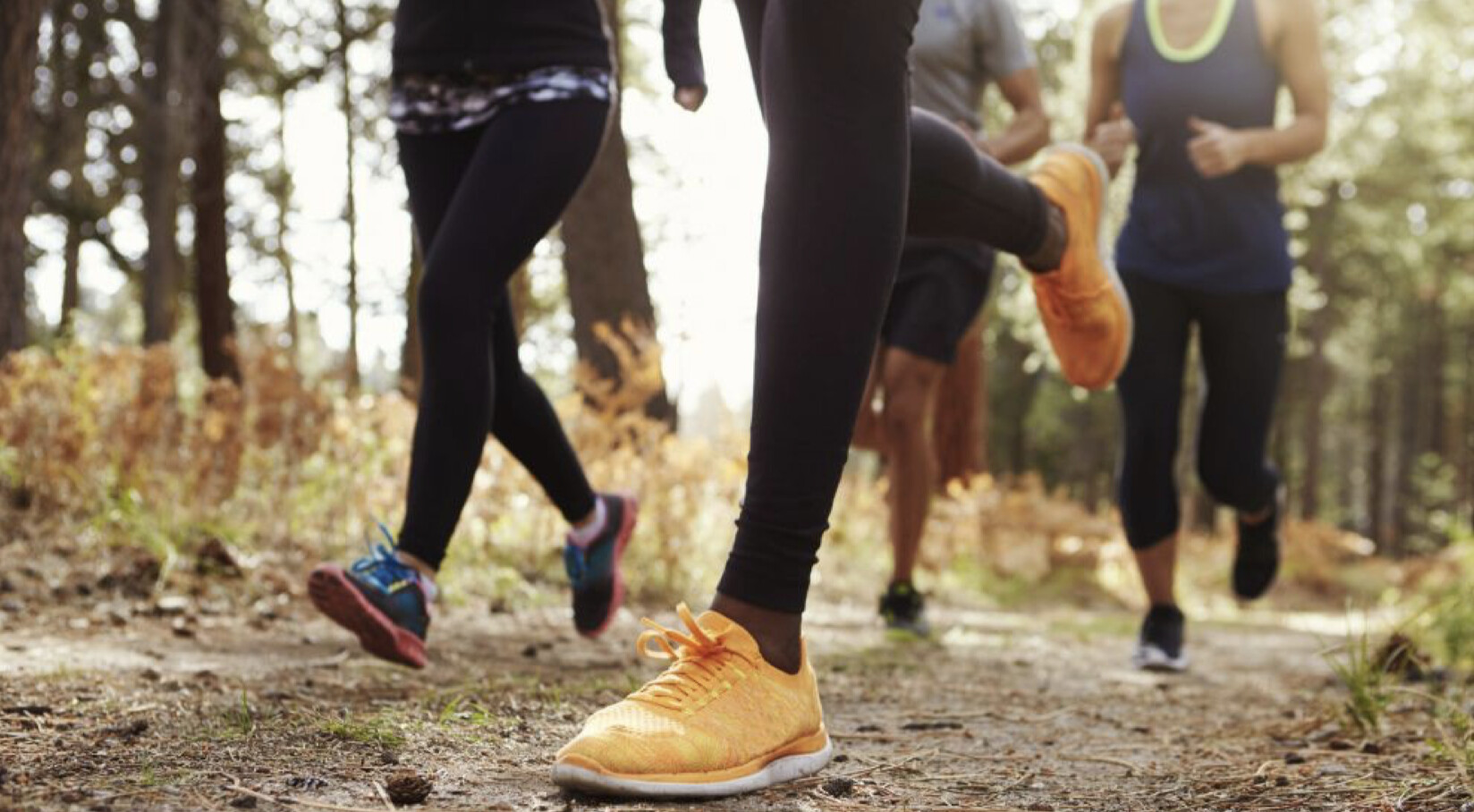
To do this, they had a group of 18 runners complete four separate running tests. They wore a different shoe each time, starting with a 15 mm drop, followed by a 10 mm drop, a 5 mm drop and no drop (zero-drop). During each run, the researchers collected running kinematics and ground reaction force data for each runner.
The researchers found that when the runners wore shoes with a 15 mm or 10 mm heel drop, their knee extension moment and patellofemoral joint force were greater than in shoes with zero drop, and their peak patellofemoral joint stress was increased by more than 15 per cent compared to shoes with zero drop. The runners’ knee flexion angle was also significantly increased when they wore shoes with a 15 mm, 10 mm or 5 mm drop.
In other words, when the runners wore shoes with a drop greater than 5 mm, they experienced a significant increase in joint stress in their knees.The takeaways
Running shoes with large, cushy heels and significant heel drops have become the most popular shoe for their performance benefits, but they may increase your risk for knee injuries, particularly if you’re already prone to knee problems. The researchers of this study conclude that running shoes with a heel-to-toe drop of more than 5 mm are not recommended if you’re trying to prevent patellofemoral pain.
This doesn’t mean that runners who are prone to knee problems should never wear those cushy-heeled shoes, but you’re better off saving them for specific workouts and races, and running the rest of your miles in a shoe with a lower heel drop.
Of course, this is only one study with a relatively small number of participants, but if you’ve been wearing shoes with a large heel drop and you’re starting to experience knee pain, or if you’ve always struggled with knee problems and can’t figure out why, it may be worth finding a shoe that puts less stress on your knee joint.
ave something to do with it. According to a recent study, shoes with a substantial heel drop (which most of us run in regularly) increase the amount of stress on your knees, which could lead to increased knee pain.
(02/26/2022) ⚡AMPby Running Magazine
John Landy has died at age 91
John Landy, a scholarly Australian who became the second man, after Roger Bannister of England, to run the mile in under four minutes, and who later dueled Bannister in a race that became known as the Mile of the Century, died on Thursday at his home in Castlemaine, Victoria, Australia. He was 91.
His death was reported by the country’s main public broadcaster, the Australian Broadcasting Corporation.
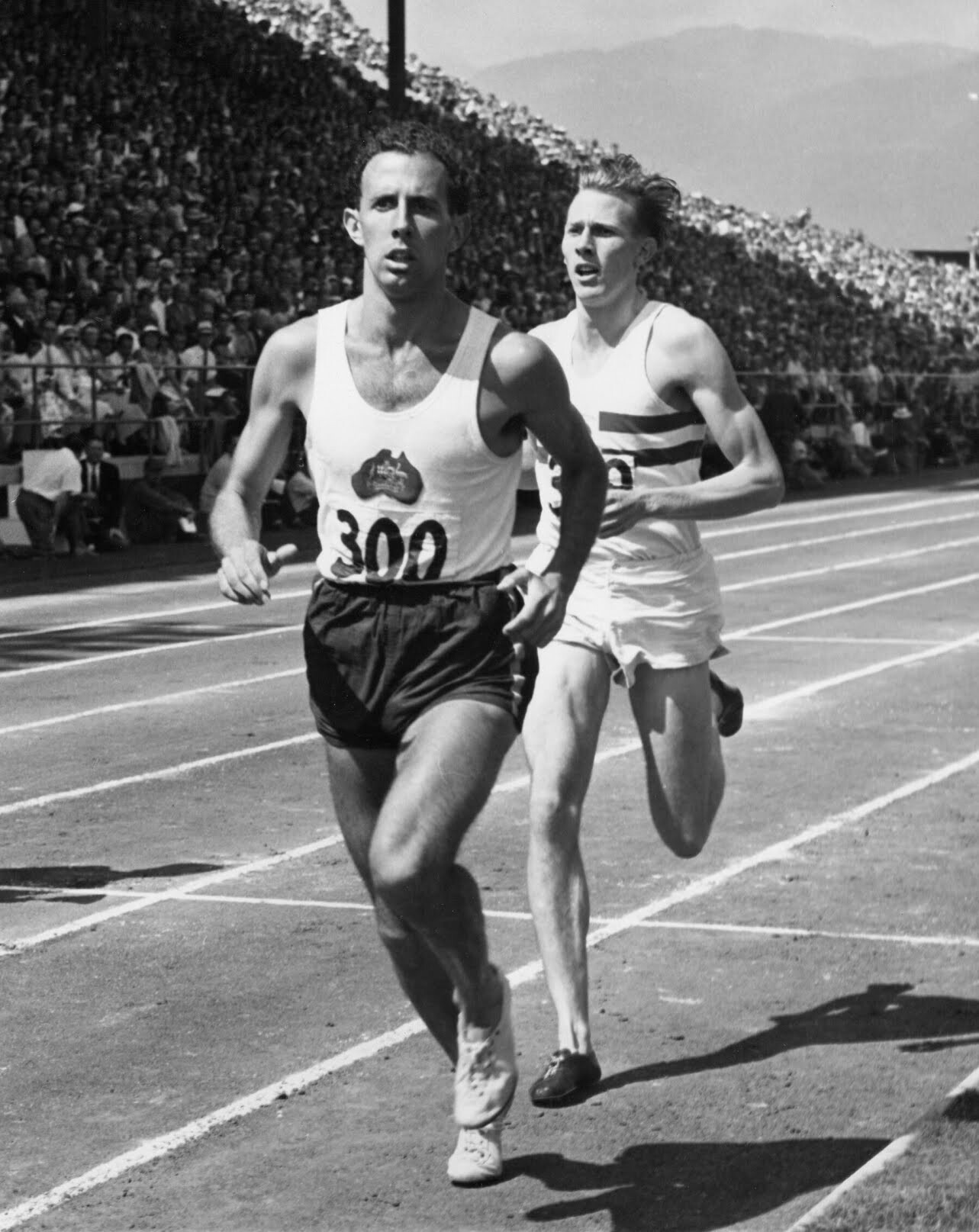
For as long as races were measured in time, running a mile in less than four minutes had remained one of humankind’s seemingly unbreachable barriers. But by 1954, three of the world’s greatest runners — Landy, Bannister and Wes Santee of the United States — had been edging closer to that mark and appeared ready to shatter it.
All three faced obstacles: Landy, at just over 5-foot-11 and 150 pounds, was running on slower grass tracks in Australia; Bannister was deep into medical studies at Oxford; and Santee had to run three relays for the University of Kansas in almost every meet.
Bannister reached four minutes first, running a mile in 3 minutes 59.4 seconds on May 6, 1954, in Oxford. Not to be outdone, Landy, who graduated from Melbourne University that year with a degree in agricultural science, headed for Europe and its faster tracks.
On June 21 — 46 days after Bannister’s historic race — Landy lowered the world record even more, to 3:57.9, in Turku, Finland. (According to the timing rules of the day, which called for mile records to be listed in fifths rather than tenths of a second, the time was listed as 3:58.0; it is now recognized as 3:57.9, the actual time recorded by four timers.)
As Landy saw it, he and Bannister had simply done the inevitable. “Four minutes was not a psychological barrier,” he said. “Someone was going to break it. If there hadn’t been a war, it would have fallen 10 years earlier.”
Landy’s record would last three years; it was broken in 1957 by Derek Ibbotson of England, who ran 3:57.2. (The current record is 3:43.13, run by Hicham El Guerrouj of Morocco.)
(02/25/2022) ⚡AMP
by NY Times
2022 Boilermaker Announces Return to July
Officials from the Boilermaker Road Race unveiled the new 45th-anniversary logo and announced that this year’s races will be run on Sunday, July 10, 2022, with a full field of runners. The 15K race presented by Excellus BlueCross BlueShield will have a capacity of 14,500, including the return of professional runners and wheelchair athletes. The 5K race presented by Utica National will have a capacity of 4,500.
Priority registration will open at noon on Thursday, March 3 via the race’s website www.boilermaker.com. Runners who completed any of the 2021 races, including the virtual events, are eligible to register during the one-week priority registration period, which ends Thursday, March 10 at noon. Open registration begins Friday, March 11 at noon and will remain open until Tuesday, July 5, 2022 at 11:59 p.m. or until the races reach capacity.
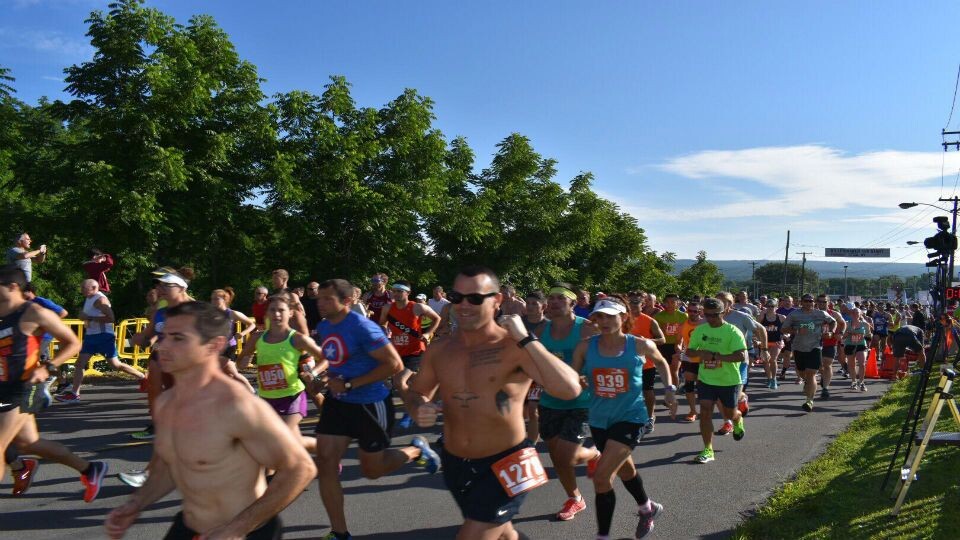
Due to the COVID-19 pandemic, the 2020 races were held virtually and the 2021 events, though held in-person, were moved to October.
“After two challenging years, the Boilermaker is eager to get back to our traditional second Sunday in July race date and what we all hope will be a pathway to normalcy,” said Mark Donovan, Boilermaker president. “We are eternally grateful for the unyielding support of our sponsors who have helped carry us through the pandemic and for the opportunity to bring back many of the unique elements of the Boilermaker that combine to make it all so special.”
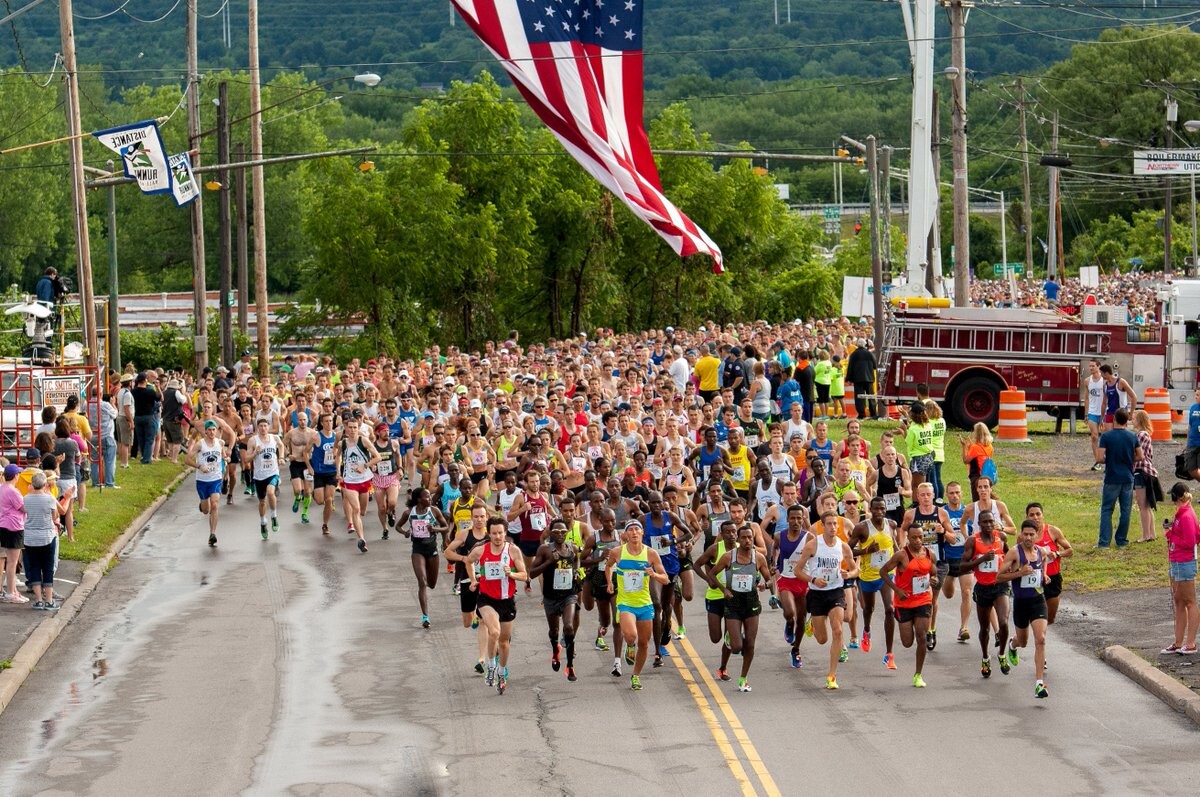
In addition to the full field of runners, this year’s Boilermaker week will once again feature multiple community-minded events and challenges. The week begins with the Youth Olympics presented by Bank of America. The Boilermaker Kids Run, presented by Utica National, will take place at Mohawk Valley Community College (MVCC), Saturday, July 9. Additionally, the Boilermaker Charity Bib Program, presented by Wolfspeed, allows participants to fundraise on behalf of a local non-profit organization to receive race bibs in exchange for their fundraising efforts.
The event also featured the unveiling of the official 2022 race logo. Commemorating the event’s 45th anniversary, this year’s logo was once again designed by McGrogan Design of Utica. The race’s traditional runner icon links the numbers four and five.
The Boilermaker is following the lead of county and state guidance in establishing health and safety protocols around the event. “Our goal is to present our runners with a safe and fun atmosphere to run the race,” Donovan said. “Right now, this means that runners need to show proof of vaccination or a negative PCR test result taken within 72 hours of the race, but we are hoping that there will be no need for restrictions by the time July rolls around.”
2022’s event will also include several team and individual challenges, including the Corporate Cup presented by Excellus BlueCross BlueShield, the High School Challenge and the Wheelchair Challenge sponsored by Sitrin Healthcare.
“The various challenges provide a race within the race and add a special element of intrigue and competition both for our wheelchair athletes and our various community institutions,” said Donovan. “While road racing is typically an individual event, the challenges represent an opportunity for teamwork, bonding and friendly competition.”
The Boilermaker Health and Wellness Expo presented by Mohawk Valley Health System, will return to the Utica Campus of MVCC for Boilermaker weekend. The expo will be open on Friday, July 8 from noon to 7 p.m. and Saturday, July 9 from 8 a.m. to 4:30 p.m. In addition to packet pickup, the expo features healthy living information, vendors and more.
The Saranac post-race party will be open to runners and spectators from 8 a.m. to 12 p.m., providing plenty of time to celebrate after the events.
“The communion of runners and non-runners alike on the second Sunday in July is a big part of what makes the Boilermaker so much more than just a race,” said Donovan. “We are pleased to be able to once again unite our community and celebrate together with 19,000 runners and many more of our friends.”
Donovan also took the time to thank the over 4,500 community members who volunteer at various events throughout the week. “Each year I am blown away by the sheer number of people who take time out of their lives to help make our event a success,” he said. “From helping with the expo and manning the water stops along the course, to helping clean up after the post-race party, there is not a single area of our race which isn’t touched by our volunteers.”
For more information on Boilermaker Weekend, including event details, volunteer opportunities and registration links, please visit boilermaker.com.
(02/25/2022) ⚡AMPby Running USA
Boilermaker 15k
The Boilermaker 15K is the premier event of Boilermaker Weekend. This world krenowned race is often referred to as the country's best 15K. The Boilermaker 15K is recognized for its entertaining yet challenging course and racing's best post-race party, hosted by the F.X. Matt Brewing Company, featuring Saranac beer and a live concert! With 3 ice and water stops every...
more...2022 NYC Marathon returning to full capacity
The New York City Marathon will return to full capacity with an estimated 50,000 runners set to participate in early November.
The race, one of the most prestigious events on the global running calendar, was cancelled in 2020 because of the COVID-19 pandemic and returned last year with a reduced field of 30,000 runners amid a number of safety protocols.

"Last year's marathon served as an uplifting and unifying moment for New York City's recovery as well as a symbol of renewed hope, inspiration, and perseverance," New York City Marathon race director said on Thursday.
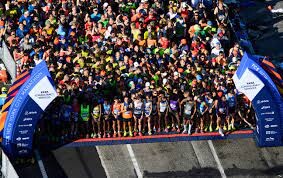
"This November, we are excited to have runners from all over the world fully return as we come together to deliver one of the best days in New York."
Organizers said this year's marathon, scheduled for November 6, will require runners to be fully vaccinated. Many event elements will be restored, including on-course entertainment.
The 26.2-mile (42.16 km) run through the city's five boroughs typically draws hundreds of thousands of people along the race course in a city-wide celebration.
(02/25/2022) ⚡AMPUnited Airlines NYC Half-Marathon
The United Airlines NYC Half takes runners from around the city and the globe on a 13.1-mile tour of NYC. Led by a talent-packed roster of American and international elites, runners will stop traffic in the Big Apple this March! Runners will begin their journey on Prospect Park’s Center Drive before taking the race onto Brooklyn’s streets. For the third...
more...Canadian Brandon McBride joins Oregon Track Club Elite
Canadian 800m record holder Brandon McBride has parted ways with his former collegiate coach, Chris Woods, and will be joining Oregon Track Club Elite (OTC) for the 2022 season.
McBride will be joining fellow Canadian middle-distance runner William Paulson and the third-fastest 800m runner of all-time (1:41.73), Botswana’s Nijel Amos, who was second to the great David Rudisha at the 2012 London Olympics. “I am looking forward to this exciting opportunity with OTC,” McBride says. “They have a great middle-distance group.”
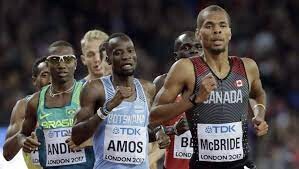
The Windsor, Ont. native holds a personal best time of 1:43.20, which is the fastest 800m time ever run by a Canadian. McBride has battled injuries in the last two seasons, which led him to a disappointing finish at the Tokyo Olympics.
Since the Tokyo Olympics, Mcbride has been driven on getting back to 100 per cent “I have my eyes on a return for the outdoor season,” he says.

He will now be coached by Mark Rowland, who has had a lot of success working with middle-distance runners Francine Niyonsaba, Ben Blankenship, Hanna Green and Amos.
For the past five years, McBride was sponsored by Adidas, training under his old collegiate coach at Mississippi State University, with fellow Canadian 800m runner Marco Arop, who came off a career-best season on the Diamond League, with five podium finishes.
McBride is a two-time Olympian (2016 and 2020) and a World Championship finalist (2017).
(02/25/2022) ⚡AMPby Marley Dickinson
Useful tips on how to effectively use running for weight loss
If you’re looking to drop a few pounds, running is a great way to do it. The truth is that running is one of the most efficient forms of exercise for weight loss. It’s simple, easy to do, and doesn’t require any special equipment. This blog post will discuss some tips on how to effectively use running for weight loss.
Leverage running apps
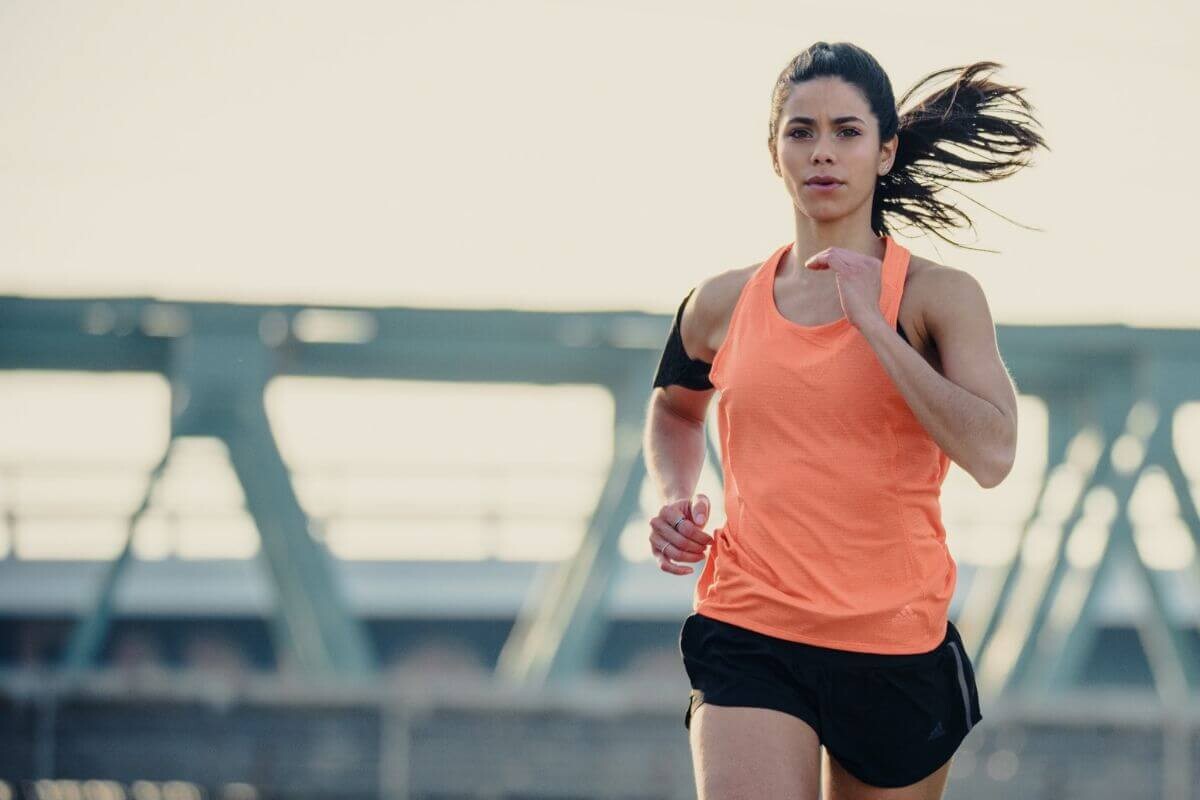
One of the primary things that you can do to make running more effective for weight loss is to leverage running apps. Running apps can help you track your progress, set goals, and measure results. This can be a great way to stay motivated and on track with your weight loss goals. Take the time to explore online sources where you may come across https://finvsfin.com/found-weight-loss-review/. This article will give you a good insight into an app that you can use to help with weight loss. Otherwise, you can always look for other running apps that cater to your specific needs.
Create a routine
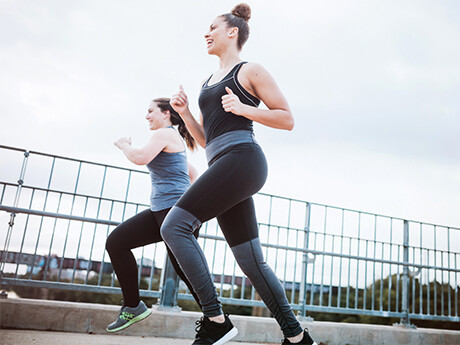
Another key thing to keep in mind when using running for weight loss is to create a routine. Having a set routine will help make running more of a habit, and it will be less likely for you to skip days. Try to schedule your runs for the same time each day, and make sure that you have everything you need ready to go before you start. This will help streamline the process and make it easier for you to get in some exercise each day.
When you first start running for weight loss, don’t push yourself too hard. You want to build up your strength and endurance gradually over time. If you try to do too much in the beginning, it will just result in injuries that can prevent you from exercising. Instead, make sure that you’re taking it easy at first and not pushing yourself too hard. Rest assured that you’ll be able to work up to longer and more intense runs as time goes on.
Recruit a friend or workout partner
You can also make running more effective by recruiting a friend or workout partner to join you. This will help hold you accountable and keep you motivated while exercising. It’s easy to skip out on your runs when it’s just yourself, but if someone is waiting for you, then you’re less likely to cancel or be late. In addition to this, you may even find running more enjoyable when you’re out there with a friend, and you may even push yourself to work harder. Keep in mind that it’s important to choose a friend who is also active and will be able to keep up with you.
Use hills
You can also make your runs more effective for weight loss by using hills. Hill sprints are a great way to work your entire body and burn a lot of calories in a short amount of time. Start by running up the hill at a slow pace, then increase your speed as you reach the top. Make sure that you’re slowing down as you go downhill so that you don’t risk getting injured. This will allow you to focus on using your leg muscles and burning calories.
Don’t forget the basics
Don’t forget the basics when it comes to running for weight loss. Make sure that you are staying hydrated, eating healthy foods, and getting enough rest. Staying hydrated is important because it will help you feel better while running, and it can help prevent injuries. The right type of food will help you have the energy that you need to keep going. You should also make sure that you are getting enough sleep at night so your body is rested for the next day’s run. If you can focus on these three things, then you’ll be well on your way to seeing results from your running. Just remember that weight loss takes time and dedication, so be patient and stick with it.
Keep track of your progress
Finally, be sure to keep track of your progress as you run. This will help you see how far you’ve come and it can be a great motivator. You may want to consider using a journal or tracking app to document your runs, weight loss, and other progress metrics. Seeing tangible evidence of your hard work is always motivating and can help keep you going when things get tough.
There are several steps that you can take to make running more effective for weight loss. The tips listed above are a great place to start, but be sure to explore other resources as well. With a little bit of effort, you should see great results in terms of weight loss. Good luck!
(02/25/2022) ⚡AMPby Colorado Runner
Canada’s Viktoria Brown breaks the 72-hour world record, she ran 464 kilometers over three days
Canada’s Viktoria Brown has done it again. The Whitby, Ont. native ran 464 kilometers in 72 hours at the Jackpot Ultra Festival in Henderson, Nevada over the weekend, breaking the previous record that was set 32 years ago.
The previous record was held by New Zealand’s Sandy Barwick, who ran 460 kilometers over 3 days in 1990 on her way to setting the six-day world record, which still stands to this day at 883 km. Brown’s record has yet to be ratified, but once it is, this will be her first world record. She already has three Canadian records, including the 48-hour record (346 kilometers), the 72-hour (440 kilometers) and most recently, she became the first Canadian woman to run 100 miles in under 15 hours at the Desert Solstice 24-hour and 100-mile Track Invitational, setting a new Canadian record in 14:57:13.
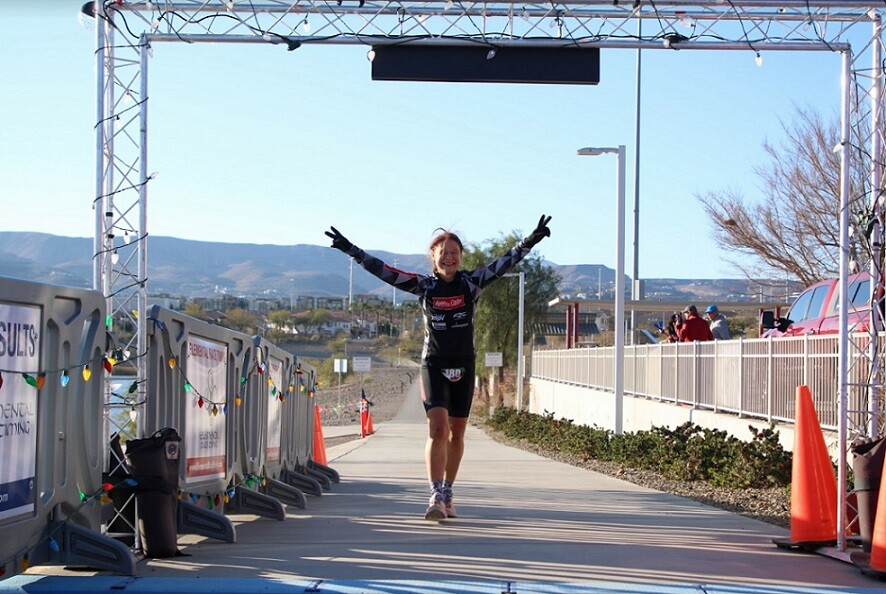
“My main goal was to go 3 days deep once more before I attempt a 6-day race and try to find solutions to logistical, gear and nutritional issues as well as handling my asthma for such long races,” says Brown. “The course itself wasn’t flat or easy which made this a harder challenge than I had expected.”
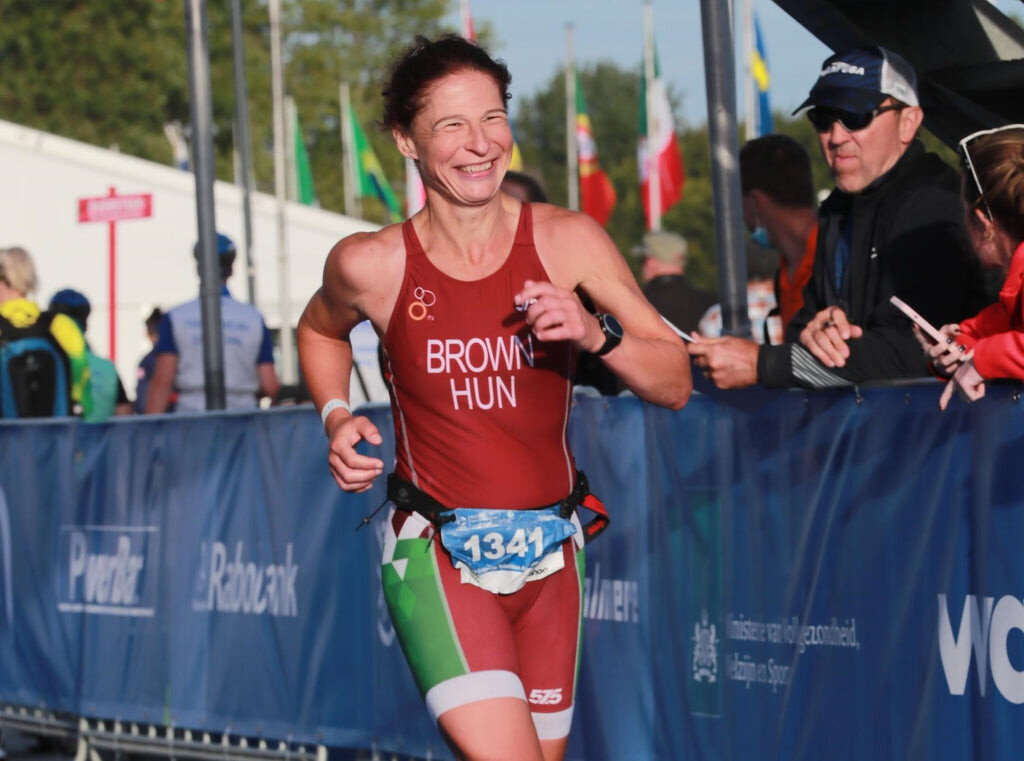
To make matters more challenging, her crew chief’s flight got canceled due to storms and was unable to make it to the race, so her friend had to step up and fill his shoes, barely sleeping for the entire 72 hours. Still, they managed to pull it off. By the third day, Brown knew she was very close to the record, but if she wanted to surpass Barwick’s distance, she couldn’t afford to take any walk breaks. “I’m very happy with the result, but I believe I can do better on an easier course, and I also know that if I want to go after the six-day record, then I will have to do better for the first three days,” says Brown.
With yet another record under her belt, Brown shows no sign of slowing down, and Canadian ultrarunning fans will be watching to see what she does next.
(02/24/2022) ⚡AMPby Brittany Hambleton
An important workout for every marathoner, if you have a marathon this spring, you need to add this workout to your training
Your first marathon will test you in ways you’ve never been tested before. Many first-timers tend to hit a wall around 36 kilometers, which can often result in them hobbling to the finish line. This is often the result of inadequate preparation. Marathon training, while demanding, is not rocket science, and one of the most effective ways to make it easier is to do the proper training.
If you want to have a satisfying result, it’s not enough to simply focus on mileage. Every marathoner knows about the importance of the long run and the taper, but do they know about the 4 x 5K workout? If you have a marathon this spring, this workout is a great way to test your readiness, as it puts you through a race simulation three to six weeks out from your goal race.
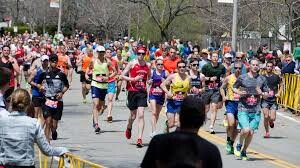
The workout
(Four reps of 5K with 5 minutes’ jog rest)
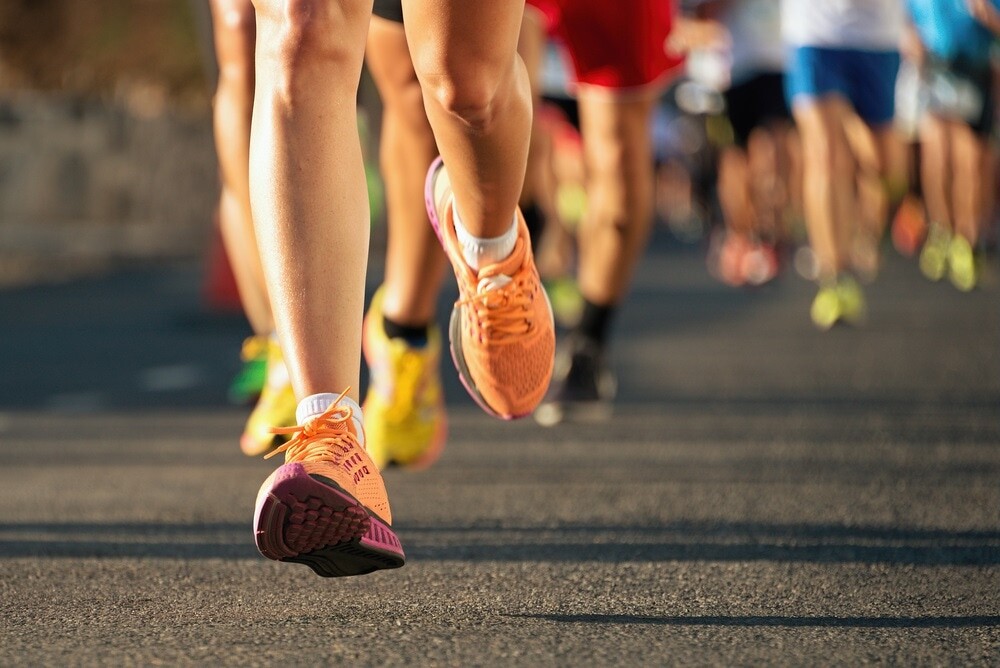
This workout can be done one of two ways, so let’s start with option one. You can treat this workout as a pre-marathon race simulation by running each rep at your goal marathon pace, which will reveal whether the goal time you set is realistic. For example, if your marathon goal is under four hours and you can’t run four consecutive 28-minute 5Ks off 5 minutes’ rest, then it might be an indication you should adjust your goal time to the pace of your average 5K during all four intervals. Each rep should be run comfortably and controlled; runners who do this workout will end up covering around 25-26 km of total volume when all is said and done.
If you wish to make the workout harder, try option two, which is the same workout but with a different strategy. Treat each of the four reps as a 5K progression workout, starting at your goal marathon pace. For each rep, try to run the 5K interval 15 to 20 seconds faster than the previous rep, with your last rep being 50 to 60 seconds faster than your first. When the third and fourth rep comes around, your body will start to feel fatigued. As with option one, even though you are working outside your comfort zone, make sure to stay relaxed and treat each rep as a race-day simulation.
This workout should give you an idea of where you are at in your training before your upcoming marathon. When completed, take the average pace you hit for each 5K rep and find your average pace for the workout. Once found, apply that pace to the 42.2km distance, then add four minutes to get an estimate of your potential marathon pace based on your performance. (If you averaged 25 minutes per 5K rep, equals 5:00/km to 42.2km = 3:31 marathon + four minutes = 3:35).
(02/24/2022) ⚡AMPby Marley Dickinson
Four workout techniques to strengthen your mind and boost your next run
You’re halfway through the last mile of a 5K, and fatigue is starting to take its toll. Your legs are screaming. Your breathing is ragged. You have no choice but to slow down. Then you round a corner and see the finish line just a quarter of a mile away. Suddenly, you feel better! Physically nothing has changed, but your stride lengthens, your pace increases, and you finish strong.
This common experience is a prime example of how your mind controls your perception of fatigue. New research is revealing that fatigue doesn’t always occur when you reach your physical limits, but rather when your brain tells you that you’ve reached your limits. While this function exists to protect you from efforts that will hurt you, your brain often misinterprets signals and overprotects out of fear. But with the right kind of training it’s possible to overcome this overprotection and convince your brain that a higher level of effort won’t hurt—but instead empower—you.
Author and athlete Matt Fitzgerald maintains that in order to train your brain to accept more discomfort (and strengthen “mental fitness”) you should be “suffering for the sake of suffering” on occasion. “Most of your workouts should be gentle and comfortable,” he says. “But there are some you should set aside where training mental toughness is part of the objective.” In these workouts, expose yourself to near race-level suffering. “Discomfort should be an explicit objective of the workout,” explains Fitzgerald.
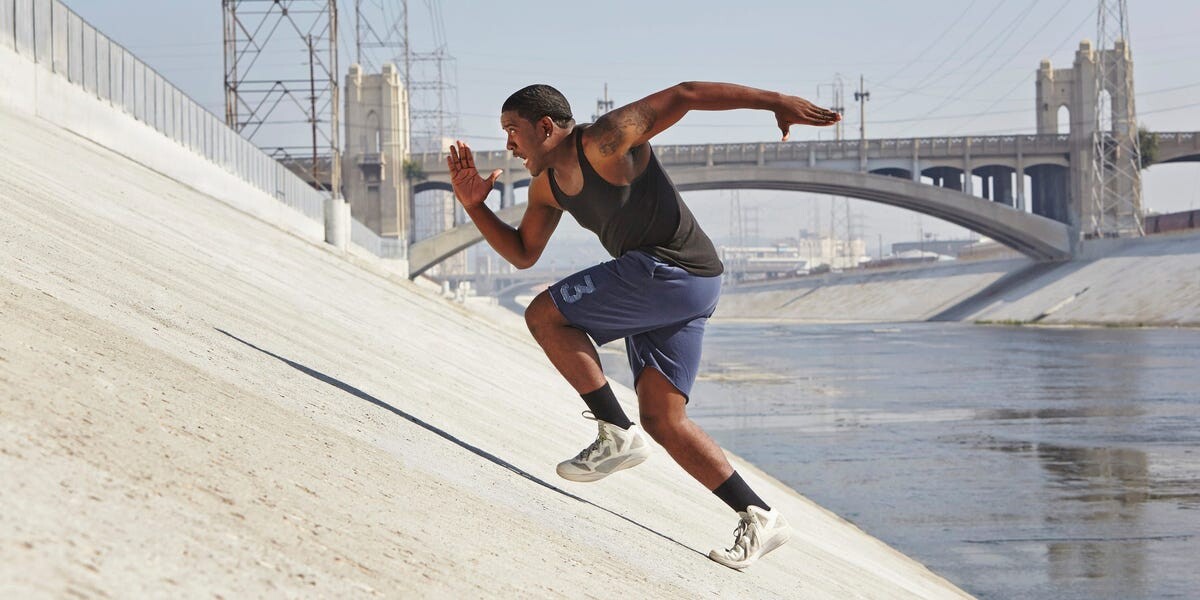
What this means in practice may look much like training you’ve done before, with the mindset that you want to stretch your limits and accept new levels of discomfort. Simply acknowledging that the perceived discomfort and fatigue is not something to be avoided but part of the goal can make it more bearable and enable you to endure more.
Here are a few ways Fitzgerald recommends brain training for toughness. None of these workouts are easy, but they do pay off. Not only will you emerge a faster runner, but you’ll also be empowered. “You come out feeling pretty proud of yourself,” says Fitzgerald. “You walk away having proved something to yourself that you can apply in races.”
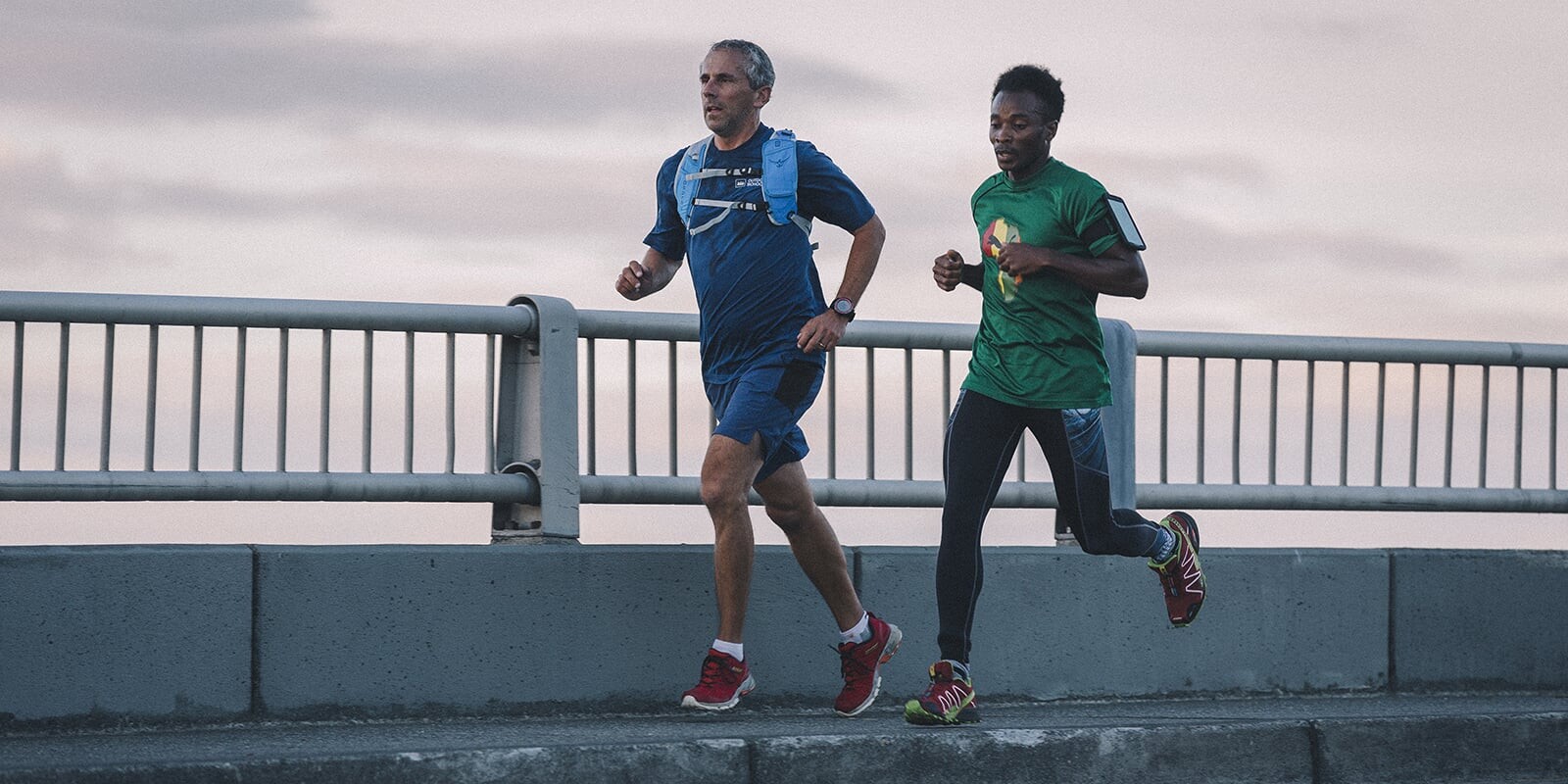
1) Try Harder
The fact that you can never run at 100%—because your brain stops you long before you get there—means that you know your body can always go a bit harder. Trying to exceed what you did last time, either in speed or distance, is the most basic way you expand your limits. “You put a stake in the ground with a particular type of workout, and then you try to push a little further,” says Fitzgerald. “And when you go through those experiences and realize, ‘Hey, that workout didn’t kill me,’ you’re more likely to be able to dig a little deeper the next time.”
2) Run Hills That Hurt
Running hills at race pace can be an effective way of ramping up the mental difficulty. Your running mechanics will carry you at a previously-learned pace, but the incline often boosts the effort to a harder level than you would experience on flat terrain. When you get to that level, instead of panicking and slowing to trying to avoid the discomfort, Fitzgerald recommends telling yourself, “This is where I want to be.” Climb that hill and embrace suffering as the goal.
3) Time-Trial Finish
Another way to stretch your mental limits is to add a time trial to the end of a workout. After a solid-but-sensible workout like 6 x 1000 meter runs at a tempo pace (fast but not hard), try adding a 1-mile time trial—going as fast as you can. “When you’re running a mile on fatigued legs, the idea is not to PR,” says Fitzgerald. Your time doesn’t matter. The idea is to get comfortable with the uncomfortable.
4) Experiment With Open-Loop Runs
Take time completely out of the equation with an open-loop run. Fitzgerald recommends finding a short loop—one or two miles long—and running until you’re really tired but not defeated. The layout of the course makes all the difference. With loops you have to get your mind around continuing indefinitely rather than making it through a set distance. You also give yourself the chance to bail at any time. “It can be eye opening exercise, because you have to approach it with a completely different mindset,” says Fitzgerald. The open-ended run can trick you into exceeding predetermined expectations.
(02/24/2022) ⚡AMPby Jonathan Beverly
How to train like a Norwegian: norwegian endurance athletes have been dominating competitions around the world. What's their secret?
Norway has long been known for producing some of the world’s best cross-country skiers, but in recent years the small Nordic country has also been turning out several other world-class endurance athletes. Kristian Blummenfelt took home the gold in the men’s triathlon at the 2020 Tokyo Olympics, and of course, few runners are unfamiliar with the Ingebrigtsen brothers, led by Jakob Ingebrigtsen’s gold medal performance in the Olympic 1,500m final.
How are so many incredible athletes coming out of such a small country? Olympian, doctor, and coach Marius Bakken recently published a lengthy article about the Norwegian training system, and their approach may surprise you.
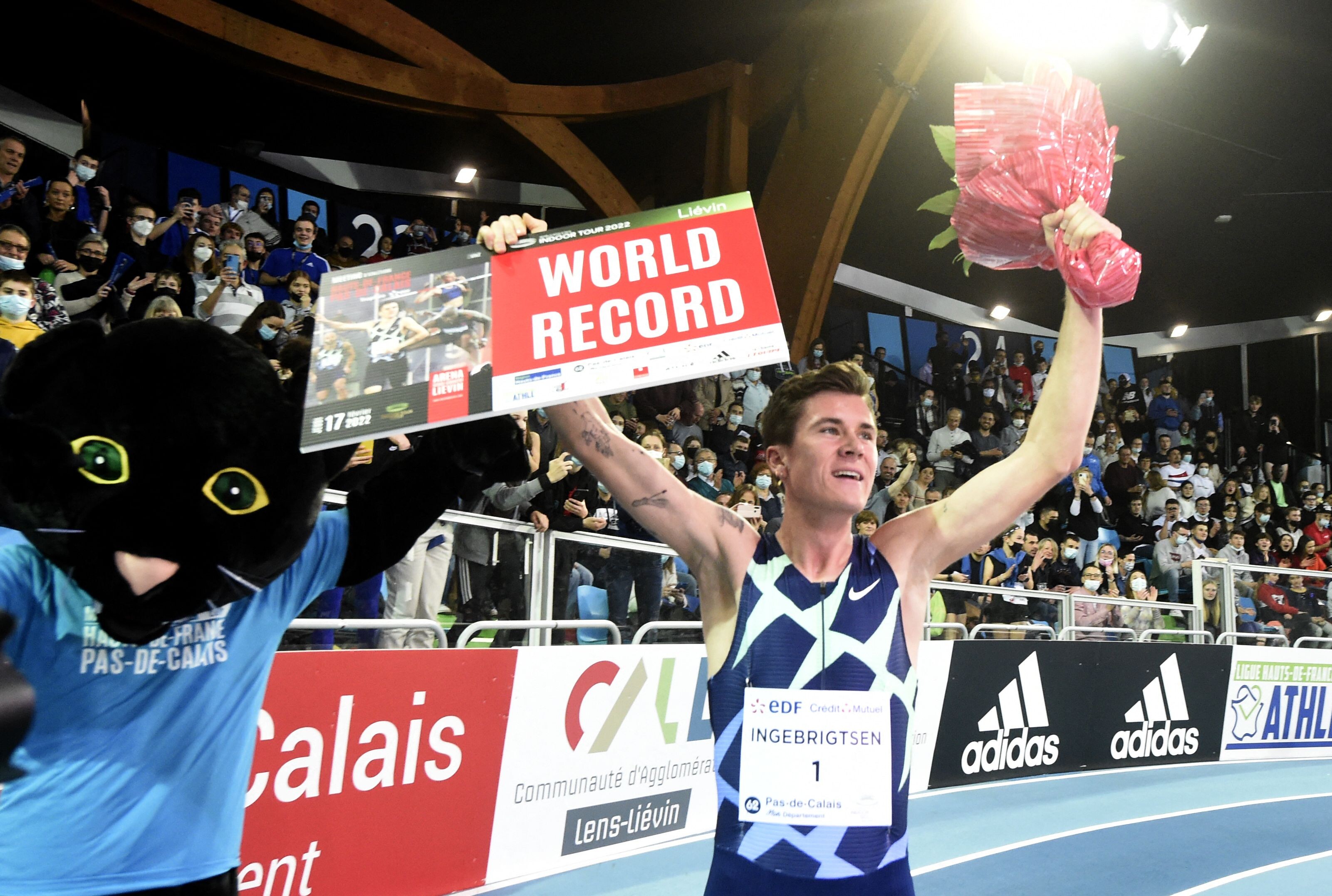
Before we get started
The article, which can be read in full here, is very lengthy and includes a tonne of detail. It is a bit heavy, so we’re going to pull out the main points to give you an overview so you can apply some of the Norwegian training principles to your own training.
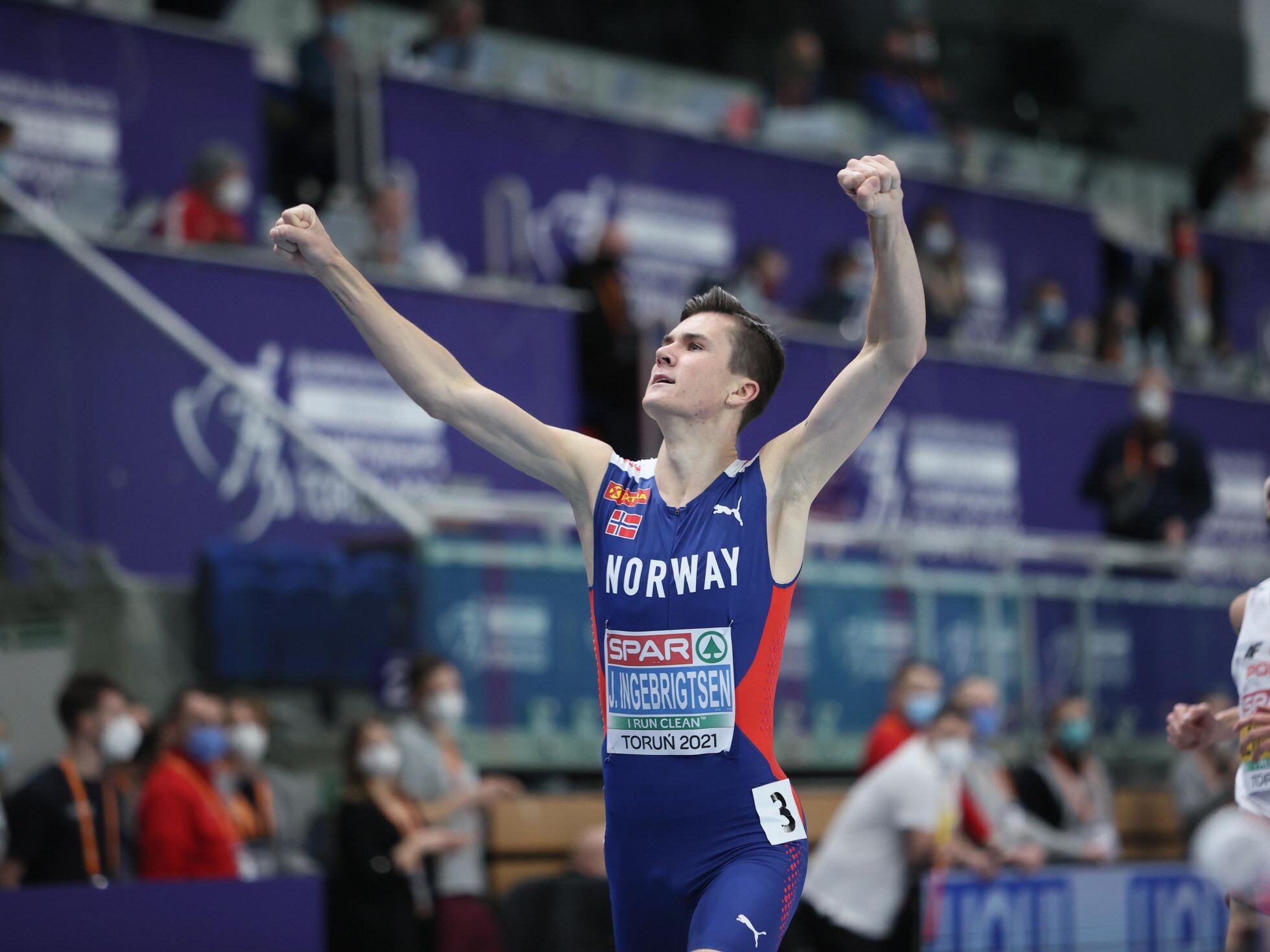
Before we do that, there are a few important things to keep in mind. The first is that these training principles have almost exclusively been tested on elite athletes, who are genetically different from the average runner. This doesn’t mean that none of these principles apply to recreational runners, but understand that your results may differ depending on your age, sex and experience.
With that in mind, here are the big takeaways from Bakken’s paper:
Controlled intensity + high volume = success
The Norwegian training model has athletes control their intensity by monitoring their lactate levels, with a large portion of their running volume done at an easy pace (or zone one, according to this study). The majority of their interval training is done at an intensity that is just below their lactate threshold (zone two), and a very small amount of their training is done at zone three (high intensity).
This is important because there are two factors that might cause you to slow down during a race or a hard effort: mechanical factors (your musculoskeletal, neuromuscular and biomechanical systems) and your aerobic system (your heart, lungs and cells). For many athletes, their aerobic system tends to be the limiting factor between the two.
This is where your lactate threshold comes in. Lactate is a by-product of glucose metabolism and energy production, and your body can re-cycle that lactate to be used to produce even more energy using a lactate-shuttling mechanism. When that mechanism is over-stressed, your lactate levels rise, you accumulate fatigue, and you have to slow down. Raising your lactate threshold (the point at which lactate begins to accumulate) can produce significant performance benefits.
This is the reason why the Norwegians focus the majority of their interval work at that lactate threshold zone. Could they go faster? Absolutely. But they would be missing out on the aerobic benefits. Of course, most recreational athletes don’t have the tools to monitor their lactate threshold, but you can keep yourself within that zone 2 range during an interval workout using effort-based cues, like running a pace you can maintain for an hour, running 15K or half-marathon pace or simply by avoiding that muscle-burning feeling (a sure-fire sign you’ve accumulated lactate).
Running at this pace also allows you to do a much greater volume of intervals (as long as you have the base to do so), which will ultimately improve performance.
A small amount of high-intensity work
As we mentioned above, the Norwegians don’t neglect high-intensity work altogether. In his description of the Norwegian training system, Bakken still includes top-end, high-intensity (zone 3) work, but it is primarily made up of fast strides and short hill repeats. This type of work will develop those mechanical factors mentioned earlier, which will improve your speed and power.
The Norwegian training approach operates on the principle that you don’t need a tonne of volume at that intensity to elicit the desired training effect. This is because, for most runners, the speed you can run will be largely dictated by your aerobic capacity.
The caveat to this, as explained in this article, is that younger athletes, or less-experienced athletes, may need to spend more time developing their speed at their VO2 max in order for this type of training to be effective. This may also be true for athletes who aren’t able to do a tonne of volume in their training, either because of injury issues or time constraints.
Double down
According to Bakken’s paper, one of the biggest differences between the Norwegian training model and other training models is the inclusion of days when the athlete does not one, but two threshold workouts. Of course, the concept of doubling (running once in the morning and then again in the afternoon/evening) is not new. In fact, it is a very commonplace practice for most elite runners. In most cases, though, the athlete will do one workout and one recovery run in the same day, not two workouts.
If doing two workouts in one day sounds outrageous to you, remember that both of these sessions are threshold workouts, so athletes are not running at their all-out max. When these workouts are run at the correct intensity, athletes don’t accumulate too much fatigue so they can turn around and do it again a few hours later. This allows them to do a greater volume of work than they could if they tried to do one big session.
This final point is when the Norwegian training approach becomes less approachable for the recreational runner. Most of us don’t have the time to do two workouts in one day, nor do we have the physical ability (it takes time to build up the capacity to do consistent double runs at an easy pace, let alone doing two workouts in one day).
The bottom line
While most of us won’t be (and shouldn’t be) doing doubles, there are still a number of valuable takeaways from Bakken’s paper.:
According to the Norwegian training principles, developing your aerobic system should be your highest priority as a distance runner. This means the majority of your workouts should be done at your lactate threshold pace, and shouldn’t leave you completely spent at the end. In other words, don’t race your workouts.
Developing speed is still important, but it should only make up a small part of your training program.
Always keep your easy days easy. Control is key.
(02/24/2022) ⚡AMPby Brittany Hambleton
Top things to know about 2022 Tokyo Marathon
Eliud Kipchoge's addition to the elite list for the Tokyo Marathon has made it one of the key athletics races of the year.
The Kenyan heads back to Japan where, last August, he became the third man to retain the Olympic marathon title after Ethiopia’s Abebe Bikila and Waldemar Cierpinski of Germany.
After being postponed in 2021 due to the global pandemic, Tokyo Marathon 2021 returns on March 6, with Kipchoge and fellow marathon world record holder Brigid Kosgei part of a stellar field.
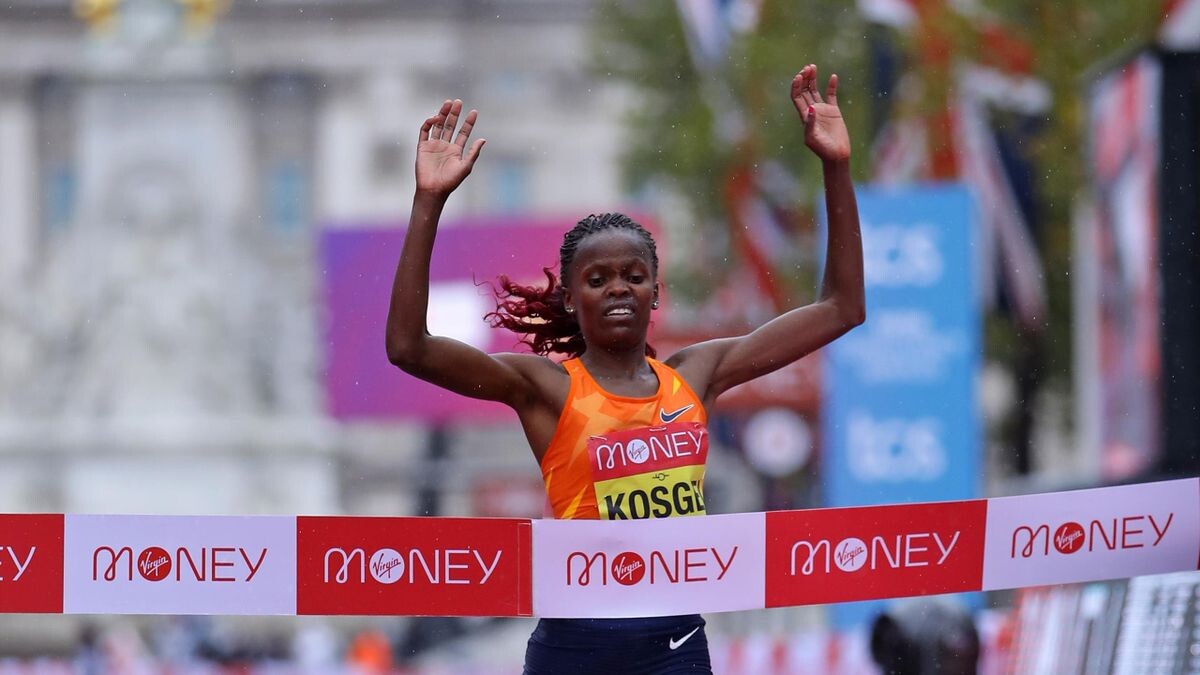
Here’s your guide to the top athletes to watch out for in the newest of six the World Marathon Majors, plus the route course and schedule.
After winning back-to-back Olympic golds with the largest victory margin since the 1972 Munich Games, Kipchoge cemented his reputation as the greatest marathon runner in history.

But the Kenyan, who ran the first sub-two-hour marathon in October 2019, says he wants to compete at Paris 2024 and become the first athlete to win three Olympic marathon titles.
“I still have something boiling in my stomach, that’s why I am looking forward to it… I want to be the first human to run and (win) three consecutive Olympics,” the 37-year-old star said on his plan for his fifth Olympics.
Kipchoge, a 5000m bronze and silver medalist on the track at Athens 2004 and Beijing 2008 respectively, has previously won the Marathon Majors in Chicago, Berlin (three times) and London (four times).
Tokyo will be his fourth stop, and he plans to complete the majors by running in Boston and New York City before he rounds off his marathon career that began in 2013.
With Tokyo boasting a fairly flat course, Kipchoge could go close to his world record of 2:01:39 although Wilson Kipsang's course record of 2:03:58 may be a more realistic target.
But it certainly will not be just a race against the clock.
Up against him will be the third-fastest marathon runner in history, Ethiopia's Birhanu Legese, who is a two-time Tokyo Marathon winner. His compatriot Mosinet Geremew, fourth on the all-time list, will also be in action. Geremew’s PB of 2:02:55 was from the 2019 London Marathon where he finished behind Kipchoge.
Shura Kitata, who ended Kipchoge's seven-year unbeaten run in the marathon at London in 2020, another high-class Ethiopian in the field along with Olympic bronze medalist Tamirat Tola and Kenya’s Amos Kipruto, a world bronze medalist.
Kosgei aiming for Tokyo Marathon after Olympic silver
After her silver behind Peres Jepchirchir, which earned Kenya a historic 1-2 at the Olympic marathon held in Sapporo, Kosgei returns to Japan seeking her first Marathon Major win in two years.
The 27-year-old set a world record of 2:14:04 in the 2019 Chicago Marathon.
Her four-race winning streak came to an end in the Olympic marathon and, two months later, she was only fourth in her unsuccessful bid for a third consecutive London title.
With Jepchirchir not competing, Kosgei will be expected to win although she faces significant opposition from her fellow Kenyan, Angela Tanui, who won last year's Amsterdam Marathon.
There are also two strong Ethiopians in 2021 Berlin Marathon winner Gotytom Gebreslase and Ashete Bekere who was third - one place ahead of Kosgei - in London last year.
USA's Sara Hall, who took a surprise second place behind Kosgei in the 2020 London Marathon is in the line-up, as is home favourite Niiya Hitomi who won the first Tokyo Marathon back in 2007 and was 21st at last year's Olympics.
There is plenty at stake for the home runners as the race serves as a trial for July's World Athletics Championships in Eugene, Oregon.
Tokyo Marathon 2021 course
The Tokyo Marathon runs on a flat course through the city’s famous tourist spots. What prevents it from being a super-fast course are at least a handful of 180-degree turns.
The runners will start outside the Tokyo Metropolitan Government Office and then go downhill by about 30m in the first 5km.
They take on a winding route through the streets of the Japanese capital, crossing the Sumida River, going back through Nihombashi and then Minato City before the finish in between the Imperial Palace and Tokyo Station.
(02/23/2022) ⚡AMPby Evelyn Watta
Six training rules for avoiding injuries
Injuries are common among runners, so it’s no surprise that we spend a lot of time thinking about how to avoid them. While nutrition, sleep and other lifestyle factors contribute to injury risk, training errors are often the main causes of running injuries. If you find yourself dealing with injuries that just keep coming back, evaluate your training and make sure you’re following these six rules to keep yourself healthy.
Avoid peaks and valleys
One of the most common periods during your training cycle when you’re more likely to get injured is when you’re increasing your weekly mileage. Runners often make the mistake of ramping up their running volume too quickly, then bringing it back down again just as suddenly as it went up, creating big peaks and valleys in their training program.
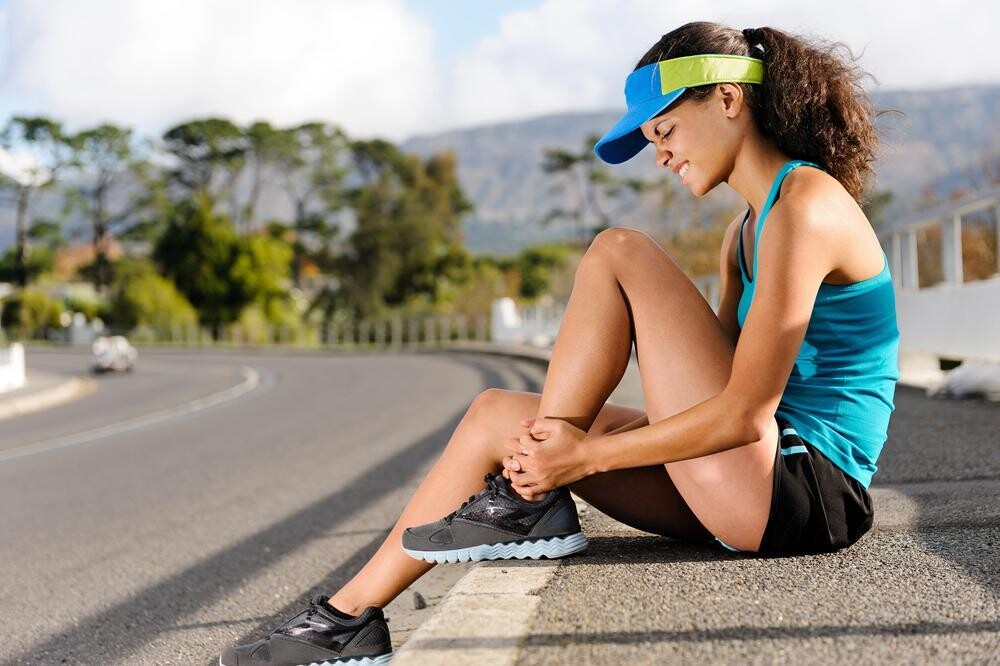
Running volume should be increased slowly and thoughtfully to avoid running injuries, and if your running mileage tends to fluctuate significantly from week to week or month to month, your body won’t be able to keep up. If you want to increase your running volume, create a plan to add more mileage in safely so your body has time to adapt to the increased demands.
Spread the work
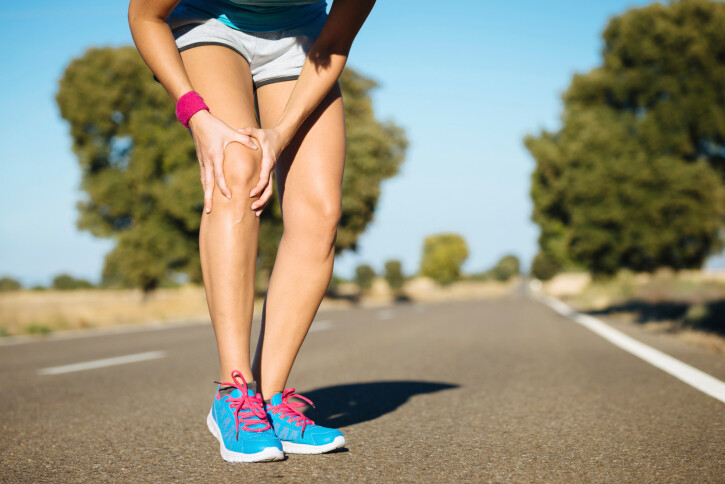
With busy schedules and other commitments, recreational runners tend to front-load or back-load their training weeks, doing the majority of their running on the weekends and doing little to no running in the middle of the week. This puts a lot of stress on your body over a very short timeframe and gives you very little time to recover during those high-volume days. As hard as it may be to manage your weekly schedule, runners who want to avoid injuries should spread their high-mileage days throughout the week so your body has adequate time to recover between longer or harder sessions.
Take it easy
You should not be doing every run at maximum effort. The majority of your running (many coaches agree 80 per cent) should be done at an easy, recovery effort. This will allow you to perform better on your hard days, which should be spread throughout the week to give your body a chance to adapt to your training. Remember, if you can’t hold a conversation during your easy day run, you’re running too hard.
Do year-round speed work
The other time during your training when you’re most likely to get injured is when you’re re-introducing speedwork into your program after a period of time off. The best way to avoid this is to always include some fast running, even during your off-season and base-season. This doesn’t mean doing hard, gut-busting workouts year-round, but rather including strides or light fartleks in your easy runs during weeks when you have no speedwork sessions on the calendar.
These should not be exhausting workouts but are simply a way to remind your body how to run fast so they’re ready for harder sessions later on. The only time you shouldn’t be doing any fast running is in the two or three weeks after your goal race or when you’re returning from injury.
Strength train
Many running injuries are caused by muscle weaknesses or imbalances, all of which can be addressed with a strength training program. If you’re not sure where to begin, talk with a physiotherapist or strength coach who specializes in working with runners, or check out this strength training blueprint for runners to help you get started.
Listen to your body
If you feel like something isn’t right, pay attention to it. Many runners run through seemingly small aches or pains, which often make them worse. In many cases, taking a couple of days off can prevent small niggles from becoming big problems, so listen to your body when something doesn’t feel quite right.
In general, many experts advise runners to abide by the 3/10 rule. If your pain is a three out of 10 or less, you can run through it, but should do something to address the problem if the discomfort persists for more than three days. If the pain gets worse as you run, is worse the day after or causes you to change your running gait, you should take time off and speak with a physical therapist or other sports medicine professional to address the issue.
(02/23/2022) ⚡AMPby Brittany Hambleton
Galen Rupp, Rhonex Kipruto, Molly Seidel and Sara Hall will headline 2022 united airlines NYC Half
The 2022 NYC Half Marathon scheduled for March 20 will boast its most impressive field of professional athletes ever, the New York Road Runners announced Tuesday.
In total, 24 Olympians, eight Paralympians, and six open division athletes who hold national half-marathon records in their respective countries will descend upon the big apple next month in the race’s first running since 2019. The last two years saw the NYC Half Marathon canceled due to the COVID-19 pandemic.
The men’s open division will see US Olympic medalist Galen Rupp try his hand in the half marathon. He is the American record-holder in the 10,000 meters while winning the silver medal at the 2012 Summer Olympics in London at that race. He also has a bronze medal in the marathon at the 2016 Summer Games in Rio.
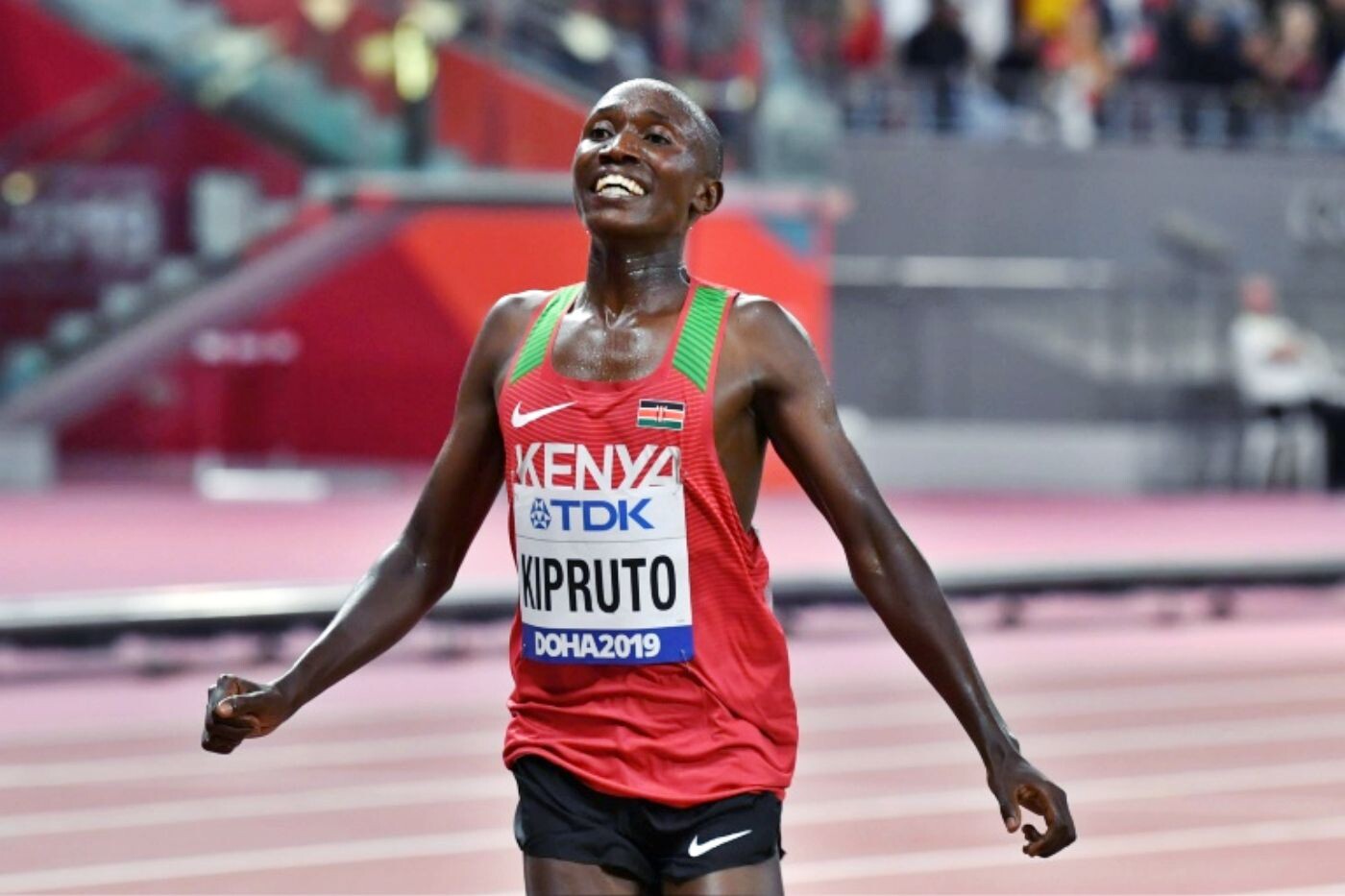
Rupp will be racing the NYC Half Marathon for just the second time ever after finishing third in 2011.
“The NYC Half was my debut at the distance, and was only the second road race of my professional career,” Rupp said. “I can’t believe that more than a decade has passed since then. It’s wild that the race will be more than double the size it was when I ran in 2011, and I’ve heard the Brooklyn-to-Manhattan course is challenging, but a great tour of the Big Apple. With the World Championships taking place in my home state of Oregon later this summer, I’m looking for the race to be a great stepping stone to everything else I want to achieve in 2022.”
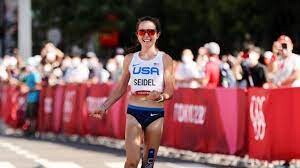
He’ll have plenty of top-notch competition, however. Rhonex Kipruto of Kenya is the 10K world-record holder while Ben True was the first American man to win the NYC Half Marathon in the open division back in 2018.
Five-time US Olympian Abdi Abdirahman will be making his 10th appearance at this event next month — a stark contrast to US Army officer Elkanah Kibet, who makes his debut at the NYC Half Marathon after finishing in fourth place at the 2021 New York City Marathon back in November.
The women’s opened division is headlined by half-marathon American record holder Sara Hall, who is a two-time defending champion at the New York Mini 10K.
She ran a record 1:07:15 half marathon just last month in Houston.
“My NYC racing career started with my win at the Fifth Avenue Mile way back in 2006 and along the way I’ve broken the tape at… the New York City Marathon weekend and twice won the New York Mini 10K in Central Park,” Hall said. “Until now, though, I’ve never stepped to the line at the NYC Half. Setting the American record over that distance last month gives me a ton of confidence as I train for this new challenge.”
She’ll be joined by Molly Seidel, who won bronze in the marathon at the 2020 Tokyo Summer Olympics before setting an American course record in a fourth-place finish at the 2021 NYC Marathon.
Both the women’s and men’s wheelchair division champions from last year’s half marathon return in U.S. Paralympic medalists Tatyana McFadden and Daniel Romanchuk.
Romanchuk is a two-time NYC Marathon winner, including a title in 2018 that saw him become the first American and youngest athlete ever to win the men’s wheelchair division.
McFadden is one of the most decorated Paralympians there is, winning 20 medals over six Games.
“I love this race. We get to run by all the great NYC iconic spots,” McFadden said. “It’s fun seeing all the kids running in Times Square as we go by; it will be great to be back after so long.”
(02/23/2022) ⚡AMPby Richard Heathcote
United Airlines NYC Half-Marathon
The United Airlines NYC Half takes runners from around the city and the globe on a 13.1-mile tour of NYC. Led by a talent-packed roster of American and international elites, runners will stop traffic in the Big Apple this March! Runners will begin their journey on Prospect Park’s Center Drive before taking the race onto Brooklyn’s streets. For the third...
more...Try this short sprint workout to improve your speed, practice these short 20 to 30-second sprints to get faster
Are you looking to get faster but aren’t sure how to improve your speed? Adding short sprints into your training plan can be effective for all types of runners, as it pushes your boundaries and allows you to take a step outside of your usual comfort zone. A 2018 study published in the Journal of Strength and Conditioning on sprint training showed greater performance improvements in less time when adding high-intensity sprint training into a weekly schedule.
The workout:
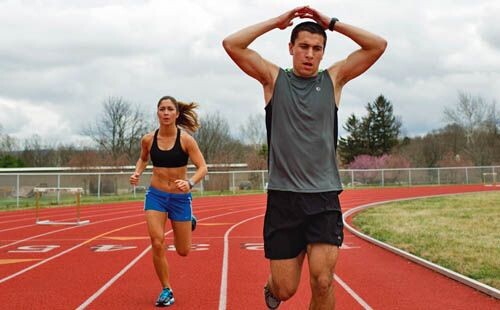
Five to six reps of 20-30 second sprints at 95 per cent all-out pace with two-minute walk or slow jog rest between reps.
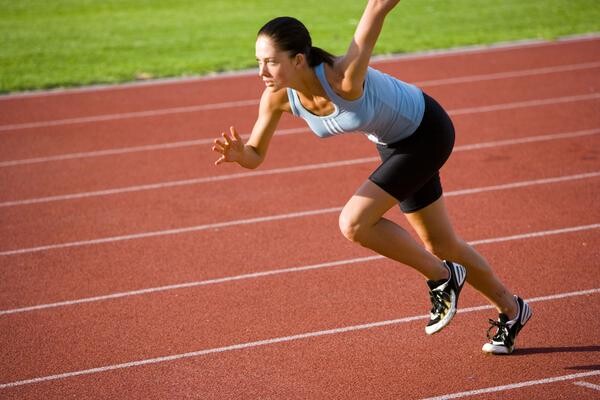
This workout is designed to make your body feel comfortable going fast. The two-minute rest allows your heart rate to come down between reps, as it will soar into anaerobic levels as the reps progress. Take the full two minutes to catch your breath and relax your body before the next rep.
Another thing to focus on during this workout is your form. You’ll want to make sure you are not tensing up in the upper body, but staying relaxed and comfortable. Focus on practising the mechanics of keeping your arms straight and engaging your core to keep your posture slightly forward.
Keeping a good sprinting posture will improve your turnover and prevent you from overstriding. Engrave these tips in your mind while doing this workout.
(02/23/2022) ⚡AMPby Marley Dickinson
American record-setter Sara Hall sets sights on NYC Half, says U.S. poised to dominate in 2022
Fleet-footed Sara Hall returns to action at the New York City Half next month having claimed the United States half-marathon record last month ahead of what she sees as a banner year for American athletics.
She set the U.S. record of 1:07:15 in Houston last month, beating Molly Huddle's previous best (2018) by 10 seconds, after finishing on the podium at the 2020 London Marathon and at the Chicago Marathon last year.
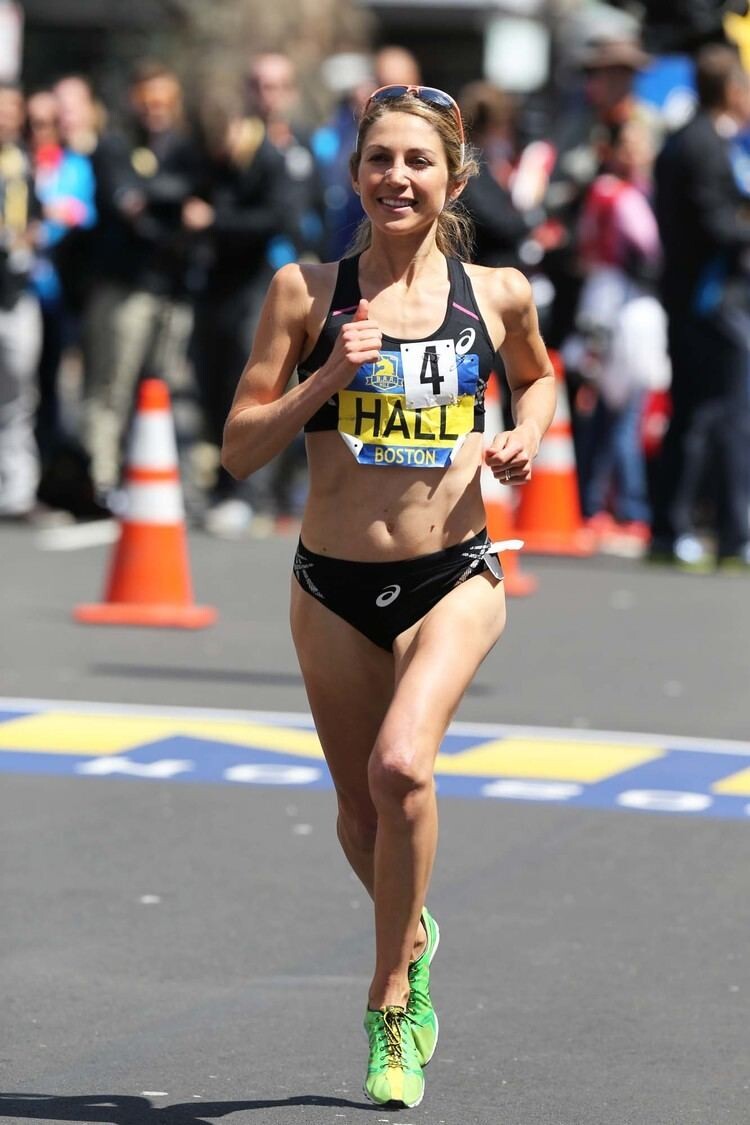
Joining her at the marquee New York race are Tokyo bronze medalist Molly Seidel, who finished fourth in the New York City Marathon in November, and 2021 Chicago runner-up Emma Bates.
"It's been awesome to see U.S. female marathoners either getting on the podium or being in contention every time out at the highest level every time," Hall told Reuters.
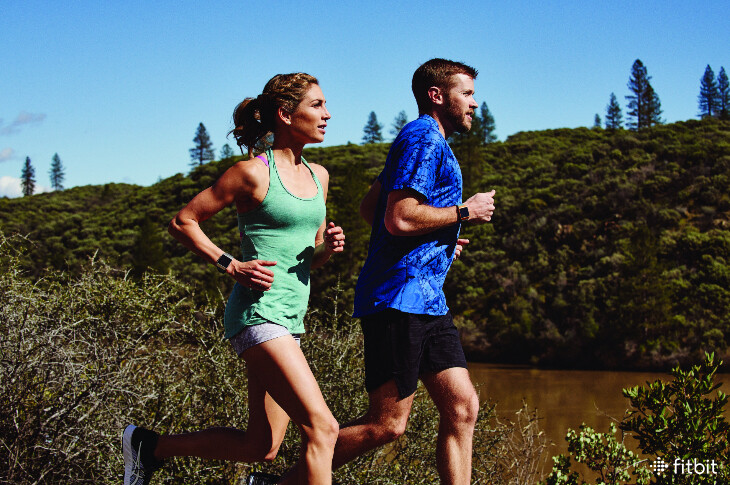
With all eyes on the U.S. when it hosts the World Athletics Championships for the first time this summer, Hall believes the U.S. could dominate at Eugene, Oregon's Hayward Field.
"USA track and field is strong against so many," said Hall. "Every event, we're in medal contention... it's a really exciting time to be a fan of the sport."
She credits her own recent run of success in part to her husband, Ryan Hall, who began coaching her after he retired from professional athletics in 2016. Whereas "tough love" has been widely embraced in athletics coaching for decades, she says his softer approach has made the difference.
Together, they hold the men's and women's American half-marathon records.
"I've had coaches in the past that were like, 'Oh, you just gave up', you know, like that kind of stuff," said Hall.
"That was really detrimental to me because it really made me believe I wasn't mentally tough. And then when you believe that about yourself, it's kind of a self-fulfilling prophecy."
Hall hopes hers can be an example in what can be achieved with a method not based in "fear," as conversation about mental health and wellbeing dominates the upper echelons of sport.
"I hope that people are seeing what creates longevity," Hall told Reuters. "That win at all costs, tough love approach, that doesn't create longevity in the sport."
The NYC Half will take place on March 20.
(02/22/2022) ⚡AMPby Amy Tennery
United Airlines NYC Half-Marathon
The United Airlines NYC Half takes runners from around the city and the globe on a 13.1-mile tour of NYC. Led by a talent-packed roster of American and international elites, runners will stop traffic in the Big Apple this March! Runners will begin their journey on Prospect Park’s Center Drive before taking the race onto Brooklyn’s streets. For the third...
more...Seven Long Run Workouts to Nail Your Goal Pace
How many long runs should a triathlete do each week? What intensity should they be? Should a long run follow a bike session to appropriately simulate race conditions? These are just a few questions triathletes and coaches in our sport ponder.
When training for an IRONMAN 70.3 or IRONMAN race, completing the individual discipline distances during training provides a major psychological boost, before tackling the distance in the event. It can be a huge confidence boost to have covered as much of the distance as possible before the race. While it’s quite likely that you will complete a 2.4-mile swim and 112-mile bike ride before your IRONMAN race, it’s much trickier to incorporate a full marathon into your training. We need to be much more aware of the effects of a long run due to the higher impact of running relative to swimming and biking. Long runs also require more recovery than a long swim set or long bike session.
How far and how often one should run will depend on the athlete and where they are in their training. How much volume can that individual handle? How much time is available to train and recover? What are the external factors affecting their lives, be it family or work commitments, as well as how well they sleep and manage stress. These are all things that must be considered when planning out training and volume. A coach can help you balance all those elements and prescribe the appropriate plan for you. (Find your perfect coach with the newly-launched IRONMAN CoachMatch.)
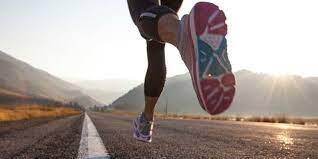
We consulted with IRONMAN Hawaii age-group champion, two-time Olympian and coach Chris Hauth for his ideas on long run training. He also shared some sample run workouts to help you prepare for an IRONMAN 70.3 or IRONMAN distance race.
The Aerobic Long Run

Hauth likes to remind triathletes that, unlike runners, they are balancing and combining three sports into a single event, and thus run training should never be viewed in isolation: "While getting ready for a standalone marathon race requires maximizing aerobic capabilities via running, triathletes have the advantage of two other sports to assist with developing their aerobic system," he said.
Hauth typically recommends an aerobic or "conversational" long run once a week—depending on the athlete, their race plans, and experience. "The goal is to build time on the feet," he states. "Since the triathlete is also gaining aerobic conditioning in the pool and on the bike, the goal of an aerobic long run is as much physiological—to increase the density of mitochondria and increase in capillary beds to improve muscle and tendon strength." This means heading out the door at a low intensity pace. From time to time, he recommends that his athletes mix in a little intensity, as long as they are careful to keep it "all good form and low stress."
Adding short intervals to an aerobic long run:
→ Workout 1: Try 60-90 minutes easy running, with the last 30 minutes alternating between 5 minutes tempo (15-30 seconds faster than race pace), 5 minutes easy. Nothing too fast here, just a little variation.
→ Workout 2: Consider adding some shorter bursts of speed throughout a 90-minute to 2-hour run. For example, you could do some 10, 20, 30, 40, 50, 60, 50, 40, 30, 20, 10 second faster bursts with 1-2 minutes easy between each burst during your run, and repeat this sequence twice through. Again these aren’t 'best efforts,' but just strong, faster efforts with great form.
→ Workout 3: Fartlek-style long run where you run ~30 sec/mile faster than race pace for 2-3 miles and then 30 sec/mile slower than race pace for 2-3 miles, repeated 2-3x through.
Higher Intensity Long Run Workout
Interval training is a great way to add intensity into your training and Hauth prescribes some longer, higher intensity runs for his more experienced athletes. During a run, intervals are typically short at paces faster than your planned race pace, with recovery at race pace or easier. They have a variety of benefits, as they build neuromuscular development and efficiency as well as improving your VO2 max. Hauth points out that a time-crunched athlete can use interval sessions to build fitness as well as endurance, though he still sees value in the aerobic long runs throughout the season and interval work cannot completely replace the long run.
One of Hauth’s favorite run workouts for practicing and testing race pace is to mix speed work with race-pace effort. "The body is switching back and forth between the fat-burning, aerobic system and the glycogen-depleting anaerobic system," he says. "The goal over several weeks is for the athlete to run at the lower intensity race-pace effort following an initial harder effort."
→ Workout 1: After a 20-minute easy warm-up, run 10-20 x 400m (preferably on the track or other flat surface), at a pace slightly higher than your goal race pace. Take 30 seconds recovery between each repeat. After completing the interval work, run 3 to 8 miles at race pace. An athlete might start with 10 x 400 and a 3-mile run after the track intervals and build to 20 x 400 and an 8-mile run after the track intervals during an IRONMAN training build over a couple of months.
Running Off The Bike
In triathlon, we run off the bike, so it makes sense that we should replicate this in training as well. This gets our body and legs used to running tired, and we get familiar with the sensation after a challenging bike ride. Hauth notes that some triathletes simply run well off the bike, despite little practice or experience: "I think it often has a lot to do with their pacing ability and effort on the bike, as well as a good bike fit!" For amateur athletes, the number of times you run after a bike workout will be determined by your personal schedule, but it’s good practice to try and do one or two runs off the bike each week, varying the intensity of the run off the bike.
→ Workout 1: After a harder intensity bike set (perhaps on the trainer), include some shorter interval speed work, for example, 12 x 2 minutes progressive where each 30 seconds of the 2 minutes gets progressively faster.
If your race pace is 8min/mile then try 30sec at 9mins, 30sec at 8.30min, 30sec at 8mins, 30sec at 7.30min pace (or scale accordingly) where the last 30sec is faster than your race pace. Take 2mins easy recovery between.
→ Workout 2: After a longer ride it’s good to add a 30-40 minute steady run off the bike. Hit your race pace (or a little faster) for the first 10 minutes, then relax into an easier, steady state pace for the remaining time. This has the benefit of getting your legs used to hitting the race pace straight off the bike, and settling into good form and rhythm. Be careful not to go too fast for the first 10 minutes, but just try to find that race-pace rhythm.
→ Workout 3: One of Hauth’s favorite workouts is "cruise intervals off the bike" where he completes a long ride (80-90 miles), and then runs mile repeats. He explains further: "after an 80-90 mile ride, I run 6 x 1-mile repeats starting each interval on my goal pace split. That means if I plan to run a 7:30 pace in the race, if I run a mile in 7:00, I have 30 seconds' rest before the next mile repeat."
There are just a few options to change up your running. There are many ways to incorporate your longer run into your training plan and add a little variation into the mix. As well as keeping your mind focused and alert, it will train the body to adapt to the right pace. As mentioned for all of these sessions, remember good posture and good form is always key, regardless of speed, pace, distance, or time.
(02/22/2022) ⚡AMPby Laura Siddall
Six mental tricks to make you a more confident runner, gain mastery over your mind so you can tackle any challenge
If you struggle with confidence, you’re not alone. A lot of runners prepare for weeks or months for their goal race, only to sabotage themselves with negative self-talk and self-doubt. A little confidence can take your race from good to great, so use these tricks as you prepare for your next goal race to strengthen your mind along with your body.
1.- Ditch weak words
Instead of saying “I think I can do it,” say “I know I can do it,” or “I believe I can do it.” Rather than “I’m going to try my best,” say “I’m going to do my best.” Small changes like those remove all doubt from the phrase and put you in the driver’s seat.
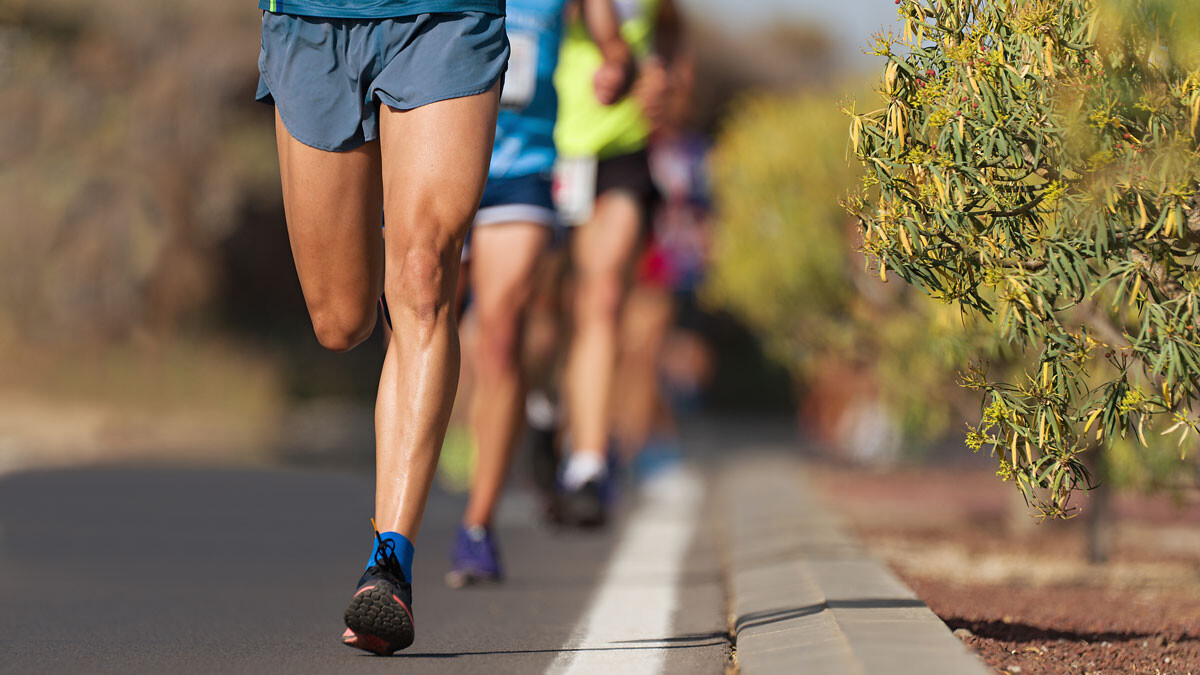
2.- Flip your negative assumptions
Maybe you’ve never had an amazing finishing kick, or hills haven’t always been your strong suit. When we come up against something that we struggle with, we tend to immediately file that in the “I’m bad at this” drawer, and that’s that. By pulling those negative assumptions out and flipping them around, you will build confidence and be a better runner. Try saying “I’m going to give it everything I’ve got at the end of the race, no matter how slow or fast that is,” or “I’m going to attack the hill to the best of my ability.” Repeat that over and over again until you believe it.
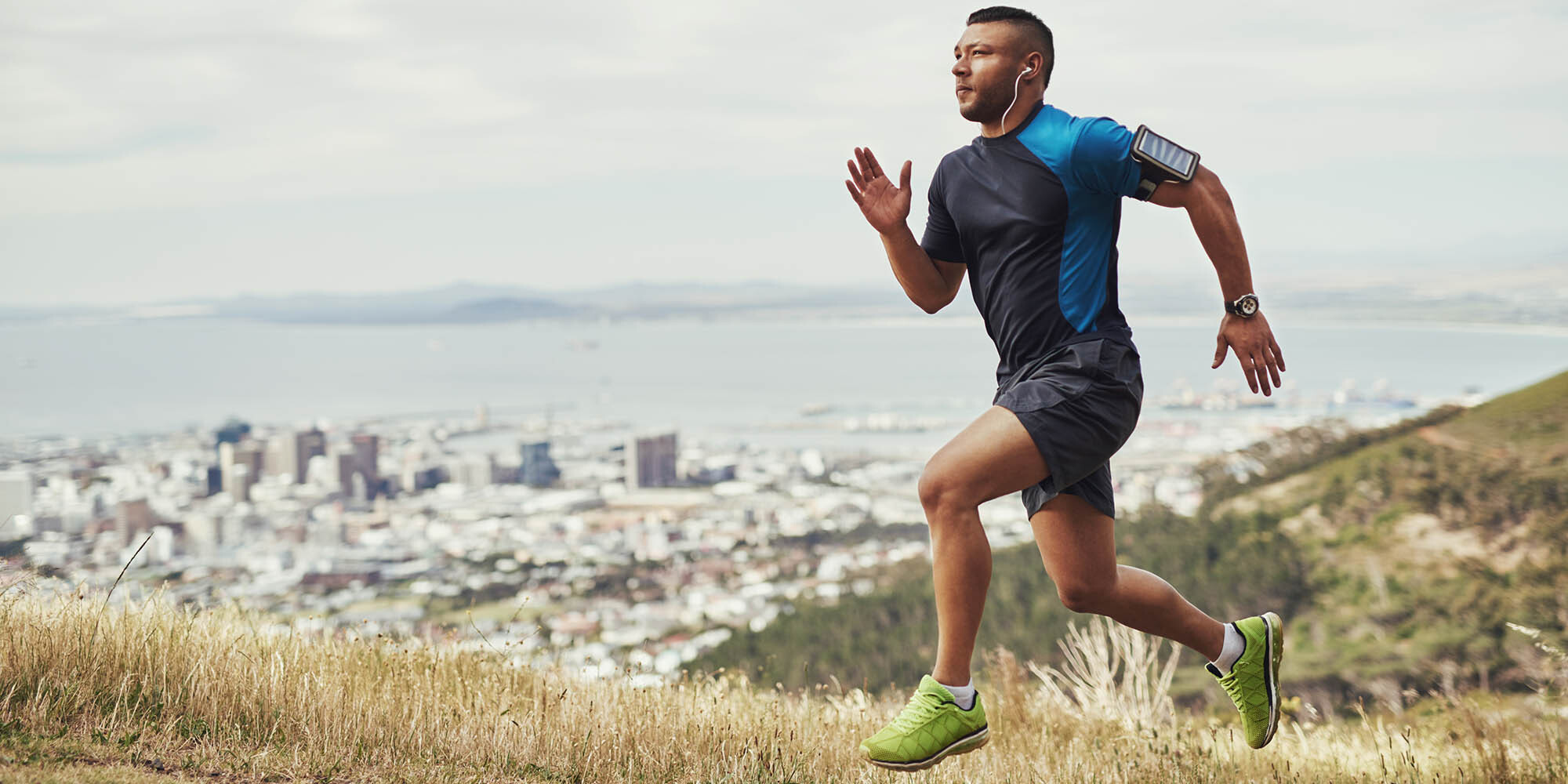
3.- Picture a time when you succeeded
Bad races or workouts tend to stick in our heads and erode our self-confidence, so as you train for your next goal race, make the effort to picture times when you ran really well. Maybe there was a time when you crushed your kilometre repeats, or maybe on a long run you felt like you could run forever. Focus on the times when you succeeded to remind yourself that you’ve accomplished your goals in the past and you can do so again.
4.- Get off Strava
Have you ever come in from a run you felt really great about, then gone on Strava and saw someone else who ran longer and faster and immediately felt less accomplished? Apps like Strava can be great for connecting with other runners and tracking your progress, but can become negative when you fall into the comparison trap. If this often happens to you, it’s time to set the phone down, ignore what others are doing and bask in the glow of a job well done.
5.- Dress for success
It may sound trivial, or even superficial, but wearing clothes that you feel good in can go a long way toward making you more confident. So put on your favourite running tights, buy your favourite T-shirt in every colour, and look good to feel good.
6.- Trust your training
In the days leading up to their goal race, many runners worry if they’ve done enough or if they could have done more. If you’ve trained consistently and put in the work, you have to trust on race day that you’re ready to go. Repeat phrases like “I’ve worked hard for this and I’m ready,” to remind yourself that you’ve got what it takes to succeed.
(02/22/2022) ⚡AMPby Brittany Hambleton
Short sprints to improve your VO2 max, adding some very short, high-intensity intervals into your training program can make you a faster runner
For many runners, the words “VO2 max workout” leave them shuddering, imagining themselves running 400m track repeats at their top speed until they puke. While long, hard workouts do have an occasional place in your training plan, new research shows that short-sprint interval training is very effective at improving your VO2 max.
Short sprint interval training
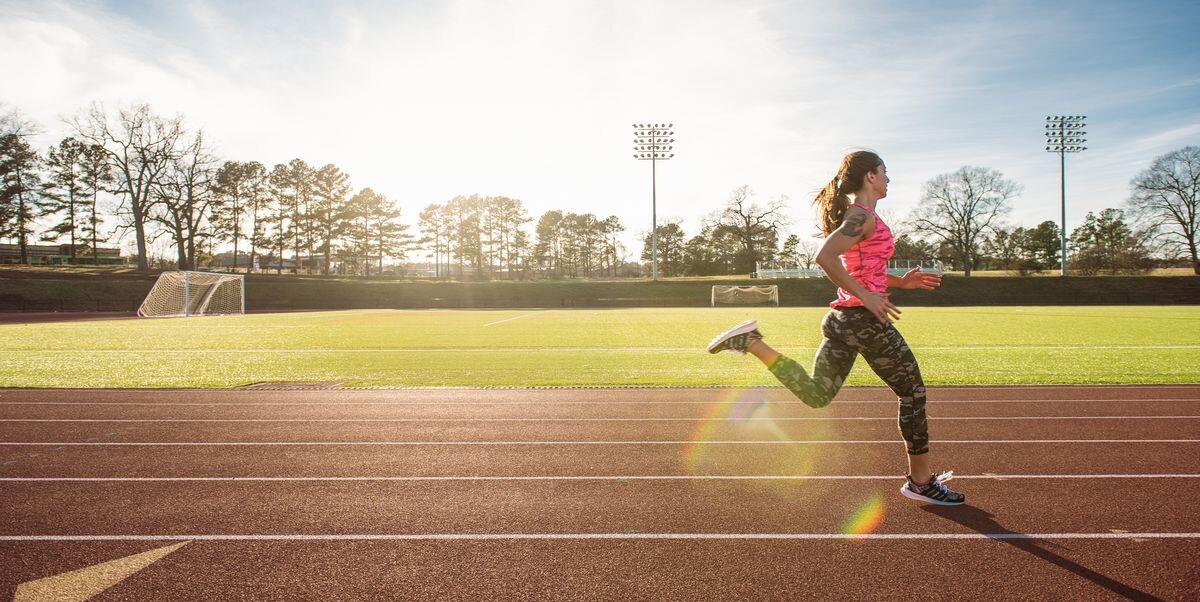
New research, published in the Scandinavian Journal of Medicine and Sports Science, aimed to find out how short sprint interval training with all-out sprints of about 10 seconds affected runners’ VO2 maxes. They analyzed 18 studies that compared this type of training with other types of high-intensity interval training and continuous training protocols and found that across several different sports (running, cycling, paddling, etc.), and found that short sprint interval training was highly effective at increasing the VO2 max, aerobic and anaerobic performance of young, healthy athletes.
Short sprint workouts
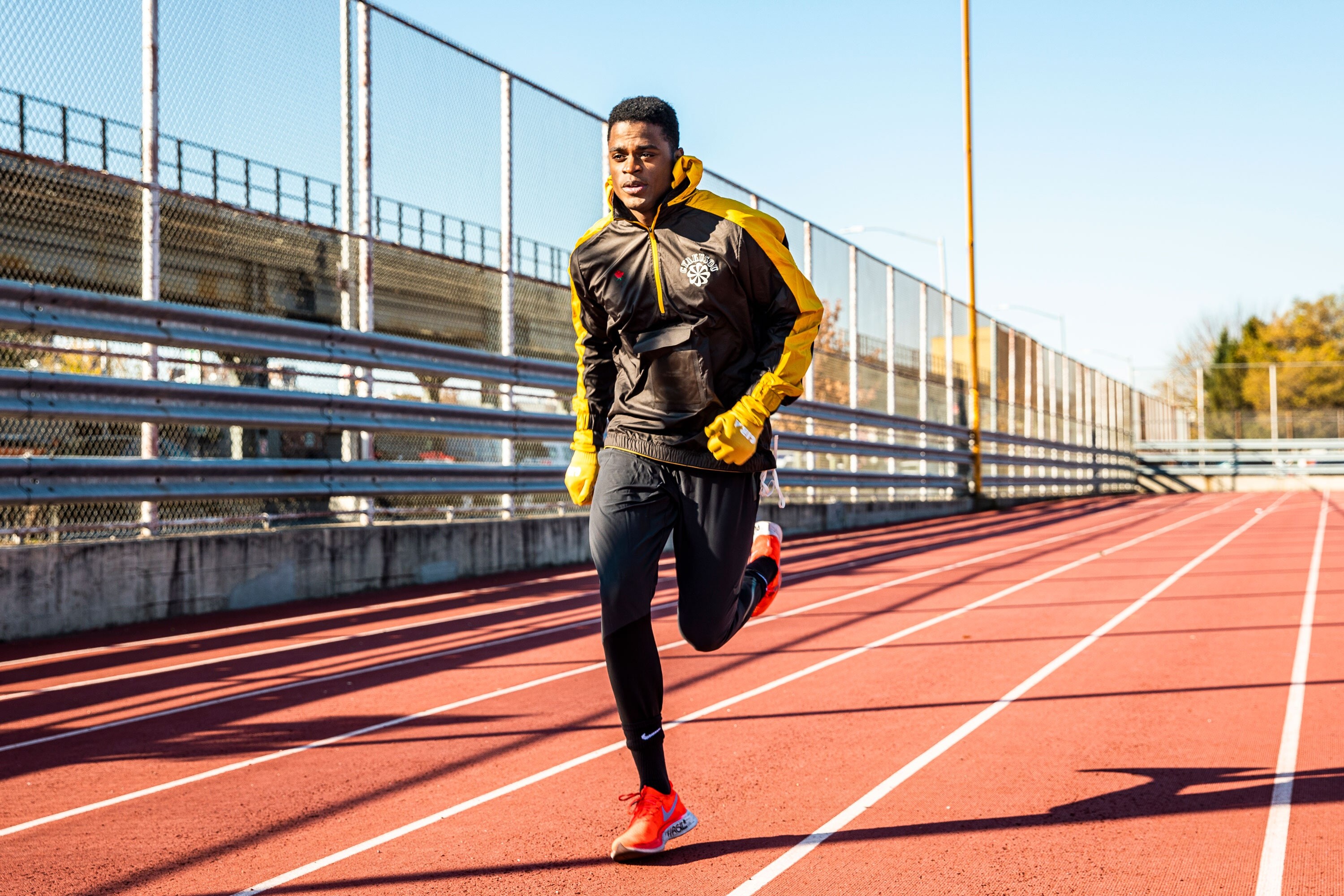
There are plenty of ways you can introduce short sprint workouts into your training program. The key for distance runners who want to get the most benefit from this type of training, however, is not to reduce your weekly running volume by more than 10 to 30 per cent. So, if you’ve got a short sprint workout in your weekly training schedule, make sure to make up at least some of the lost distance (since these workouts tend to be shorter) either in your warmup and cooldown or elsewhere in your week. Check out these workout examples to start including some short sprint training in your program:
Hill sprints
Hill sprints are great for developing strength, speed and power. They can range from 10 seconds up to 20 seconds, and should be performed at your all-out max. The number of hill sprints you do is less important than ensuring each interval is high-quality.
Warmup: 10-15 minutes easy jogging, followed by drills and flat strides
Workout: 6-10 x a 10-12 second hill, with 2-3 minutes of easy jogging or walking rest between each
Cooldown: 10-15 minutes easy jogging, followed by light stretching
Flying 30s
These are a bit longer, which brings in an element of speed endurance to the workout, but the long rest allows you to run each interval at your max speed. These can also be done at the end of a longer interval workout or tempo run.
Warmup: 10-15 minute easy jog, followed by drills and strides
Workout: 6-18 x 30s with 2-3 minutes rest
Cooldown: 10-15 minutes easy jog, followed by light stretching
Short sprints
These can also be done following a longer aerobic workout, or as a standalone session. Like the previous two workouts, doing each interval at a very high intensity is more important than doing a large number of intervals.
Warmup: 10-15 minutes easy jog, followed by drills and strides
Workout: 8-10 x 50-100m with 2-3 minutes rest between each
Cooldown: 10-15 minutes easy jog, followed by light stretching.
(02/22/2022) ⚡AMPby Brittany Hambleton
Carbs, fats, proteins: what’s the best diet for runners? Researchers say a balanced diet is best for runners looking for better performance
Advice for runners about performance nutrition can be confusing and often contradictory. Should you eat more fat and restrict carbs to increase fat burning? Or should you increase your carbohydrate intake so you always have a quick source of fuel? New research suggests that for most runners, the best diet is one that contains a balance of fat and carbohydrates for optimal performance.
Fat oxidation and performance
When you exercise, your body primarily uses carbohydrates (glucose) and fat for energy. Your body will always use the easiest energy source first, which is usually blood glucose. From there, it will draw upon your glycogen stores to use for fuel, but this process takes a bit longer because you have to convert glycogen to glucose before you can use it.
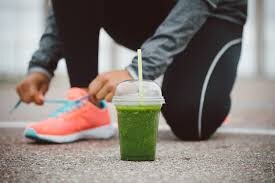
The problem with glucose and glycogen, however, is that your body only has so much of it, so it needs to be replaced by taking in exogenous carbohydrates (think gels, sports drinks, etc.). Fat, on the other hand, is stored in the body in much greater quantities, and provides more energy per gram than carbohydrates. The problem with fat, unfortunately, is that your body needs oxygen to burn fat for fuel (a process called fat oxidation), which means you have to slow down enough so that you can get the oxygen you need for this process to happen.
This isn’t helpful for short-distance runners like sprinters, or runners competing in races like the 800m or the mile, but fat is a valuable fuel source for long-distance athletes. As long as you can get enough oxygen to use fat, you could presumably run for hours while burning fat for fuel.
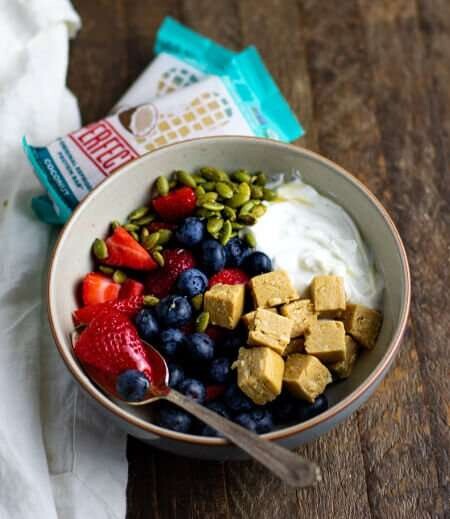
Over the years, researchers, coaches and athletes have experimented with high-fat, low-carbohydrate diets during training to “teach” your body to burn fat more efficiently for fuel, but is this really necessary, or effective? That is the question researchers recently attempted to answer.
The study
The authors of the study, published in the journal Frontiers in Physiology, had 28 competitively-trained male distance runners (who ran half-marathons, marathons and ultras) complete an incremental exercise test to exhaustion, as well as three three-hour runs, each with a different carbohydrate-feeding protocol. Throughout the experiment, participants were consuming a balanced macronutrient diet of approximately 57 per cent carbohydrates, 21 per cent protein and 22 per cent fat.
After the endurance tests, the researchers found that the participants were able to achieve a high level of fat oxidation despite consuming a mixed macronutrient diet and consuming carbohydrates during their run. They also found that runners who consumed the highest amounts of carbohydrates during their run were the most likely to experience GI distress, highlighting the importance of moderating your mid-run carb intake to maximize performance while minimizing stomach troubles.
The bottom line
If you’re wondering whether you should consider using a low-carbohydrate, high-fat diet to maximize your body’s ability to burn fat for fuel, this research says it’s likely not necessary. Runners who consume a diet that has a balance of carbohydrates, fats and protein are able to use fat for fuel efficiently during a long run.
Of course, the runners in this study were well-trained athletes, which means their bodies are able to use all types of fuel very efficiently. So how can less-experienced runners improve their rate of fat oxidation? Simply by training. By training consistently, your body will become more and more efficient at using both carbs and fats for fuel, which will allow you to run faster and longer.
(02/21/2022) ⚡AMPby Brittany Hambleton
What are the Fastest Marathons in the UK?
The marathon distance is something that many runners aspire to. It’s a lot more taxing than a half marathon and requires serious mental and physical resilience to complete. Most people can run a 5k or 10k without a lot of training. It’s even possible to get around a half marathon on minimal training, although it won’t be a pleasant experience! But if you want to bag a coveted marathon medal, you’ll need to train hard and long.
Chasing a PB
Completing a marathon isn’t enough for some runners, since they are intent on chasing a personal best. If you fall into this category, a fast marathon course is essential. After all, you have zero chance of achieving a PB if you enter the Snowdonia Marathon, which includes 1,685 metres of ascent. You’re also likely to end up with very sore calves and quads!
Luckily, there are a few flat marathons for runners hoping to smash their personal records over a 26.2-mile course. And if you can’t face the idea of all that training, visit OnlineCasinos and find an online casino where you can place a bet on one of the pro athletes who will be out to break a record or two. OnlineCasinos lists casinos with the best welcome bonuses and rates them too.
Read on to discover which marathon races are the flattest, with the best PB potential.
Edinburgh Marathon
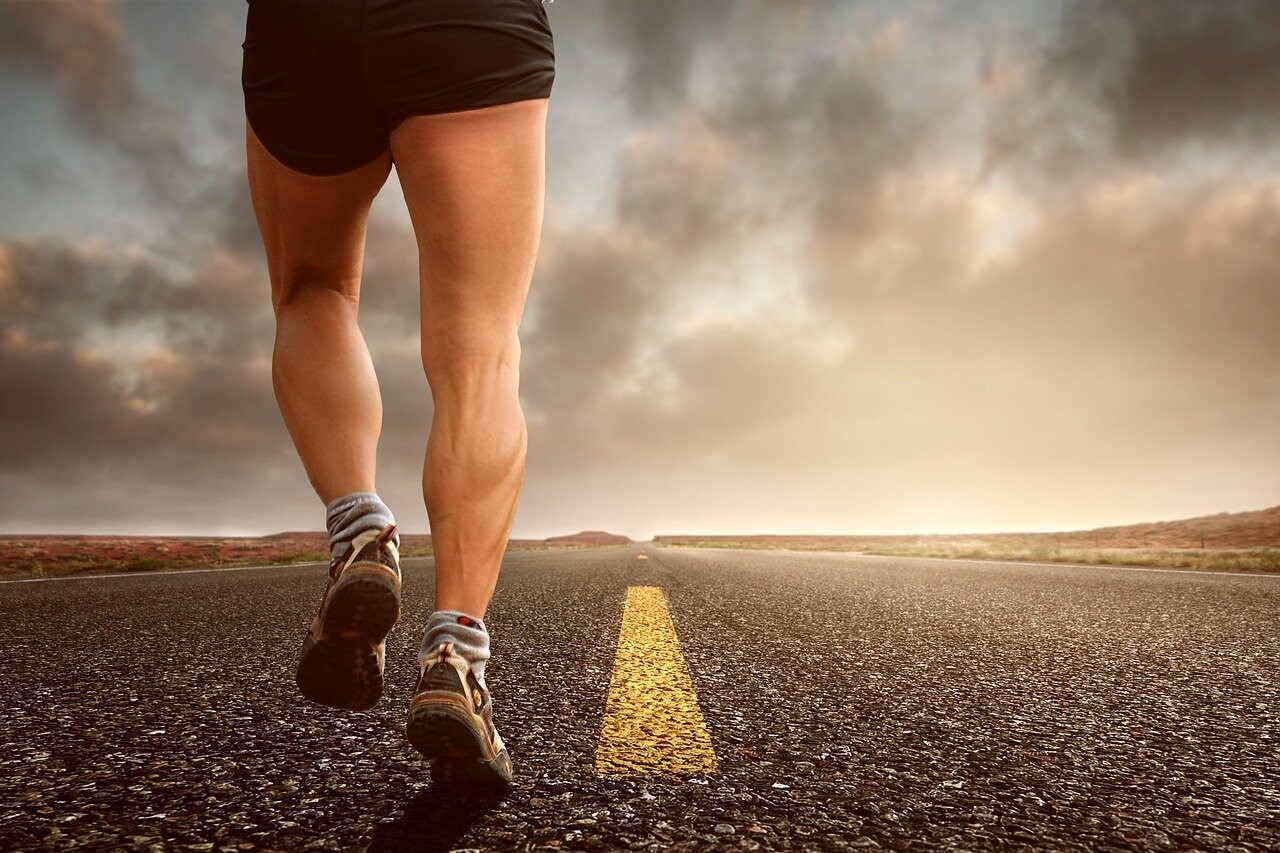
Edinburgh has a flat and very fast course and Runners World voted it the fastest marathon in the UK. If you are chasing a PB, this is the race for you.
Edinburgh Marathon is extremely popular, with both casual runners and elite runners. It attracts more than 30,000 runners each year and is the second-largest marathon after London, so it is a good idea to get your entry in early if you want to compete.
One of the great things about Edinburgh is that the support is excellent. Some less popular marathons have large sections with few spectators, which makes it hard for any runners who are struggling. In a typical year, tens of thousands of people line the route to cheer runners on, and it makes a big difference!
Another reason to sign-up for Edinburgh is that the course is very scenic and takes in a lot of the most famous parts of the Old Town. You will pass Greyfriars Bobby, run along the Royal Mile, and go through the Prince’s Street Gardens. It’s a fantastic course!
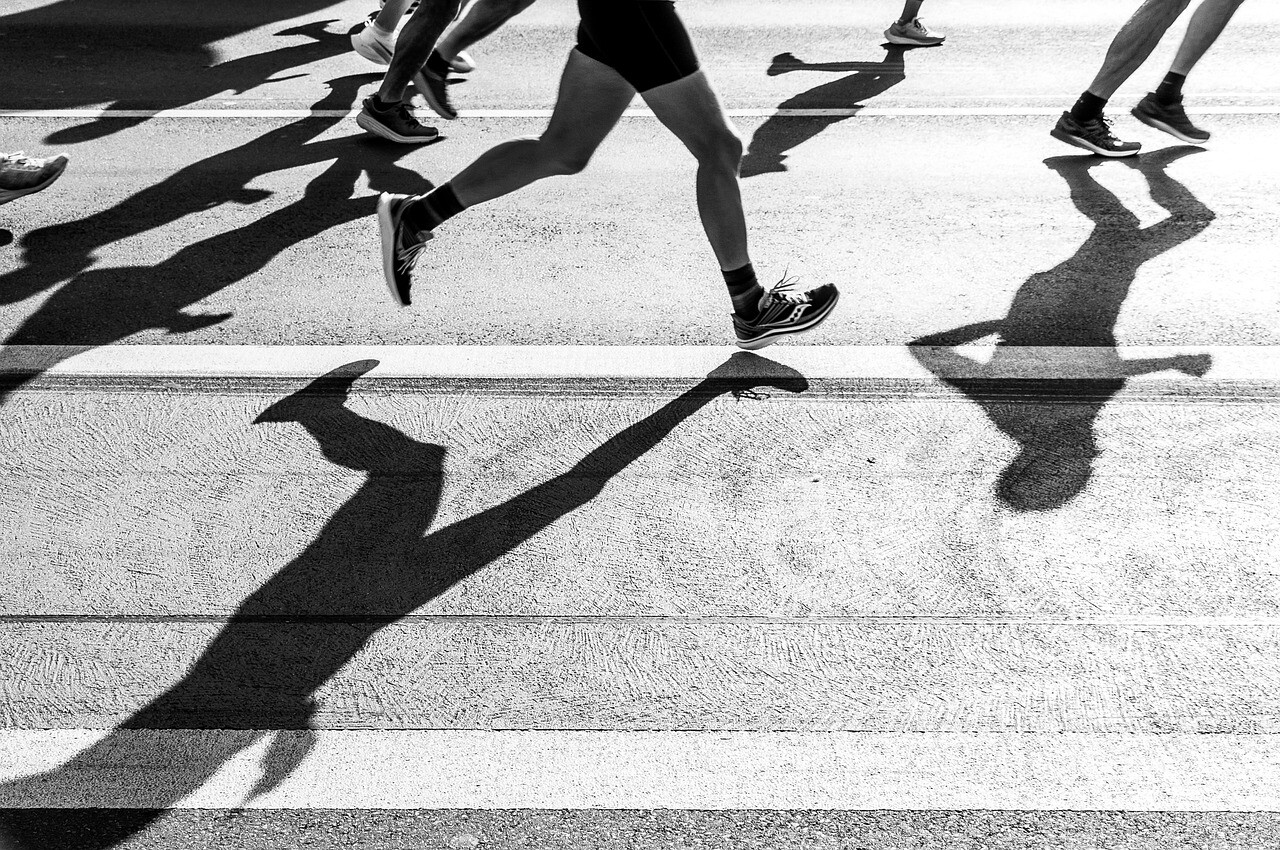
Manchester Marathon
Manchester Marathon has a fantastic reputation for being fast, flat, and very well supported. This one takes place in the spring and is an excellent race to target if you don’t get a place at London. In 2015, Manchester Marathon was voted the Best Marathon in the UK for the second time, which goes to show just how amazing this race is. It’s also the fourth most popular marathon in Europe, in a strong field that contains the Rome Marathon, Paris Marathon, and Berlin Marathon.
Why is Manchester so popular? Aside from the speed of the course, with no horrific hills to sap your will to live, there is entertainment around the course, with bands and singers there to keep tired legs going. In addition, the race finishes in Man United’s home at Trafford Park, which is sure to appeal to footy fans.
If you do enter Manchester, keep an eye out for Olympians, as the course usually attracts some of the world’s best elite runners.
Blackpool Marathon
The seaside resort town of Blackpool is famous for its promenade light displays, but it is equally famous for the annual Blackpool Marathon. The course is fast and flat, and you can score a PB running down the iconic promenade.
The Blackpool Marathon is a two-lap course, which might not appeal to everyone. But it attracts thousands of runners and there is lots of support along the course. You get to run along the famous Golden Mile, with amusement arcades on one side and the sea on the other. The course then takes runners out to Lytham St Annes, where there is a turnaround point, all the way back through Blackpool to Cleveleys, before heading back into town again.
Enter this race if you fancy making a weekend of it. You can run the marathon while the rest of your family chills on the beach or blow their pocket money in the arcades.
Milton Keynes Marathon
MK Marathon starts in the city centre, but soon winds out into the countryside. It’s a great race for novices new to the marathon distance, but equally, because the course is fast and flat, the Milton Keynes marathon also attracts more experienced runners.
As well as lovely scenery along the route, which takes runners through country parks, woodland, and past lakes, you can look forward to a fantastic stadium finish. The race is limited to 3,000 runners, so the route won’t be too crowded if you dislike having to fight through the crowds, but there is still plenty of atmosphere to keep runners motivated.
This event is also a qualifier for London and Boston if that’s important to you.
Yorkshire Marathon
The Yorkshire Marathon is one of the newer full-distance races on the racing calendar, with the first event taking place in 2013. Not surprisingly, thanks to a fast course, this marathon has proven popular and each year, the event grows bigger and more prestigious.
The route is very scenic. It winds through some historic parts of York before meandering out into the adjacent villages, along pretty country lanes. There is plenty of entertainment and support along the route, which will distract you from the pain of the last six miles.
If the Yorkshire Marathon is on your bucket list, make sure you enter early, as places usually sell out quickly.
Other flat marathons for PB chasers include Chester Marathon, Abingdon Marathon, and the most iconic of them all, London Marathon. And if a marathon is a step too far, why not enter a half-marathon instead?
(02/21/2022) ⚡AMPThe Court of Arbitration for Sport upholds Kenyan marathoner's doping ban
The Court of Arbitration for Sport (CAS) has upheld World Athletics’ Disciplinary Tribunal's decision to ban Kenyan marathon runner Daniel Wanjiru for four years for an Athlete Biological Passport (ABP) violation.
CAS President of the Panel Jan Paulsson, who presided over the case, said in the ruling made on February 1, 2022 that the case had no costs, except for the Court Office fee of Swiss Francs 1,000 (Sh124,000) paid by Wanjiru, which is retained by CAS.
However, Wanjiru was ordered to pay World Athletics a contribution of CHF 2,000 (Sh248,000) towards its legal fees and other expenses incurred in connection with these proceedings.
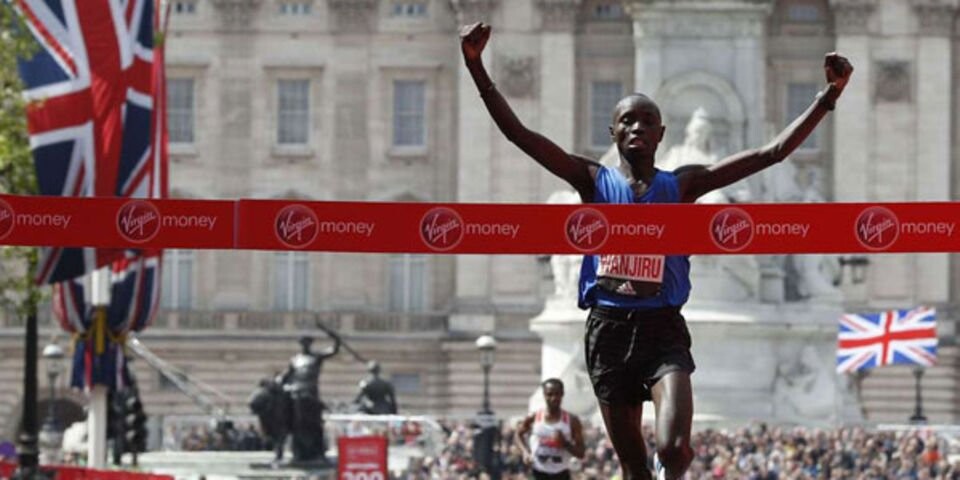
Wanjiru was represented by Michiel Van Dijk from Utrecht, Netherlands during the seat of arbitration on Lausanne, Switzerland.
Wanjiru, the 2016 Amsterdam and 2017 London Marathon, was flagged down in December 2019, but was provisionally suspended in April 2020 before being banned for four years in October the same year.
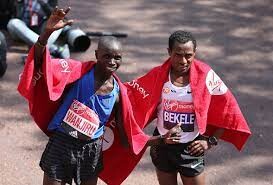
World Athletics (WA) charged Wanjiru on October 8, 2020 with an anti-doping rule violation (‘ADRV’) as a result of abnormalities found in his ABP.
The WA Disciplinary Tribunal found him guilty of violating Rule 2.2 of the WA Anti-Doping Rules 2019 (‘WA ADR’).
Wanjiru was swift in lodging an appeal.
However, Wanjiru, expressed his innocence, arguing that the abnormal ABP finding must have been the result of an error in the relevant laboratory’s custodial procedures. He also charged that the doping hypothesis or scenario presented by WA didn’t justify the finding of an ADR.
Wanjiru shot to the limelight when he edged out Ethiopian long-distance running legend Kenenisa Bekele to win the London Marathon in 2017, before finishing eighth in the 2017 London World Championships.
A total of 16 blood samples were taken from Wanjiru between April 20, 2017 and April 29, 2019 of which blood sample 14 was taken on March 9, 2019, a day he got down from altitude in Kenya and flew to London.
He competed in the London Half Marathon (Vitality Big Half) on March 10, 2019 and returned to altitude on March 11, 2019. Sample 15 was taken on March 13, 2019.
Wanjiru had undergone numerous doping controls since early 2014 and all were negative with his level of performance having been stable over the years.
However, at the centre of this dispute was Wanjiru’s hematological passport, specifically a blood sample collected from the athlete on the morning of March 9, 2019, the day before he competed in the London Half Marathon (the ‘Vitality Big Half Marathon’).
The athlete’s ABP was submitted to a panel of three qualified and experienced experts for anonymous review, Doctor Laura Garvican Lewis, Professor Giuseppe d’Onofrio and Doctor Paulo Paixao.
The sample, when compared to the rest of the samples in his ABP, was flagged by the Adaptive Model as being an Abnormal Passport Finding.
WA maintained that the Athlete’s highly abnormal ABP indicated blood doping because it couldn’t be explained by any other pathological or physiological cause, as determined and confirmed by a Joint Expert Panel.
Three substances or methods are well known to be used for blood doping.
First, the administering of recombinant human erythropoietin (by injection to trigger erythropoiesis, the stimulation of red blood cells).
(02/21/2022) ⚡AMPby Ayumba Ayodi
Sir Mo Farah set to return to action at London 10k
Four-time Olympic champion Mo Farah will make his return to competition at the Vitality London 10,000 in May.
The 38-year-old, Britain's most decorated track and field athlete, has not raced since suffering a fractured foot in June last year.
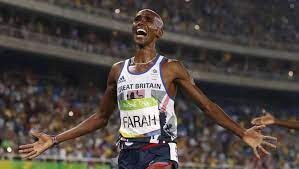
He fell short of the 10,000m selection time for last year's Tokyo Olympics at the British Championships.
Farah, the 5,000m and 10,000m champion at both the London and Rio Games, is a seven-time winner of the London 10,000.
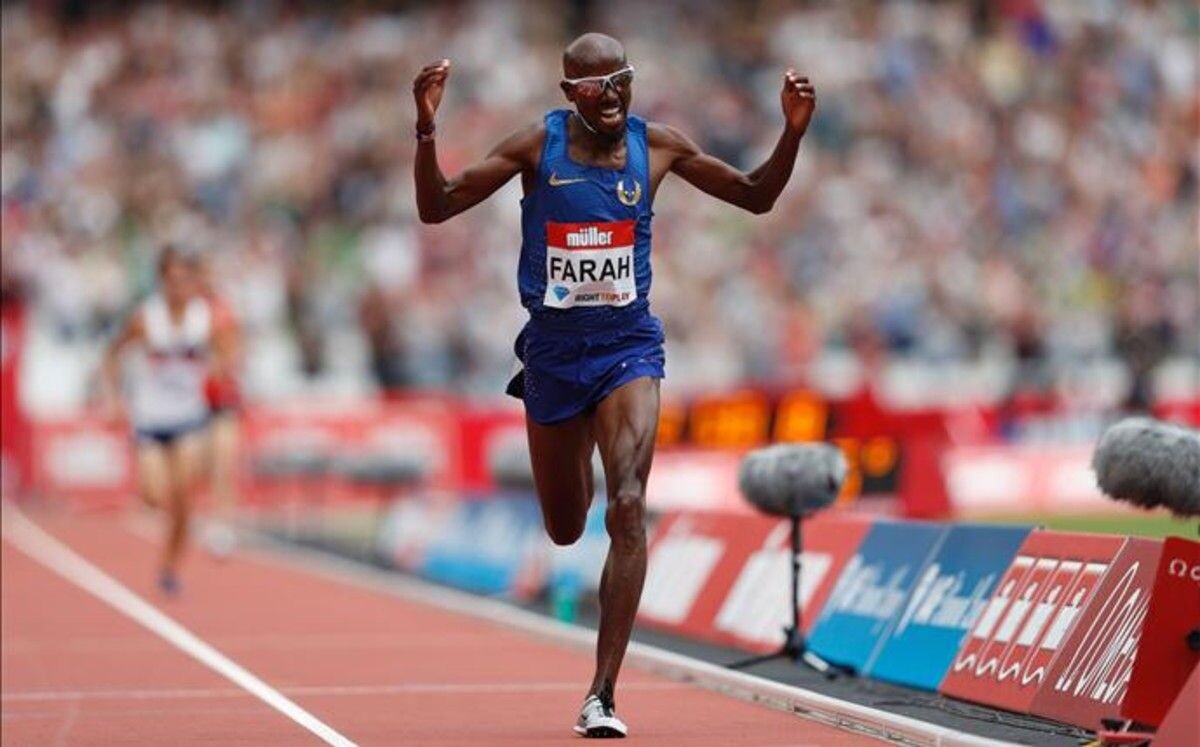
The race, won by Farah in five consecutive years between 2009 and 2013, and again in 2018 and its most recent edition in 2019, will take place on Monday 2 May.
"I've been working hard to get back into shape following my injury last summer and I've got a few more months of hard training ahead of me," said Farah.
"I have great memories of the event. I have won it seven times and racing in central London is something you can never get bored of. The atmosphere among the thousands of participants is always fantastic and I can't wait to be part of it again."
Farah said he would consider his future after failing to qualify for Tokyo, saying: "If I can't compete with the best why bother?"
He later told the BBC he had "been struggling for quite a while" but added he was determined to recover from the injury and finish his career on his own terms.
(02/21/2022) ⚡AMPby Athletics Weekly
Vitality London 10,000
The Vitality London 10,000 takes you past many landmark sites, including the London Eye, Buckingham Palace and the Bank of England – so you even get to do a bit of sightseeing along the way! You will run alongside elite runners and have coverage from the BBC, making this 10km one of the highest in profile of its kind....
more...How to create a runners first aid kit
Most runners are familiar with the term “runner’s high”, which is often used to describe the feeling one gets right before an amazing race. However, this term is also appropriate for describing something entirely different: putting together a first aid kit for runners.
A runner’s first aid kit is commonly neglected because it seems like they’re mostly filled with band-aids and sports creams, but they’re actually brimming with potential injuries that could be common in runners. In this article, let’s share ways to create a first aid kit.
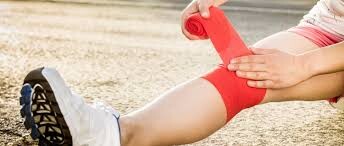
Get an up-to-date first-aid manual
If you are into running, then it is possible that at one point in time or another you may get yourself injured. It’s the nature of the activity, and there isn’t much we can do about it. But what we can do is ensure that if we get injured, we have a way to fix ourselves up without too much fuss. And for this, the best way to ensure that you are covered is to have a first-aid kit around.
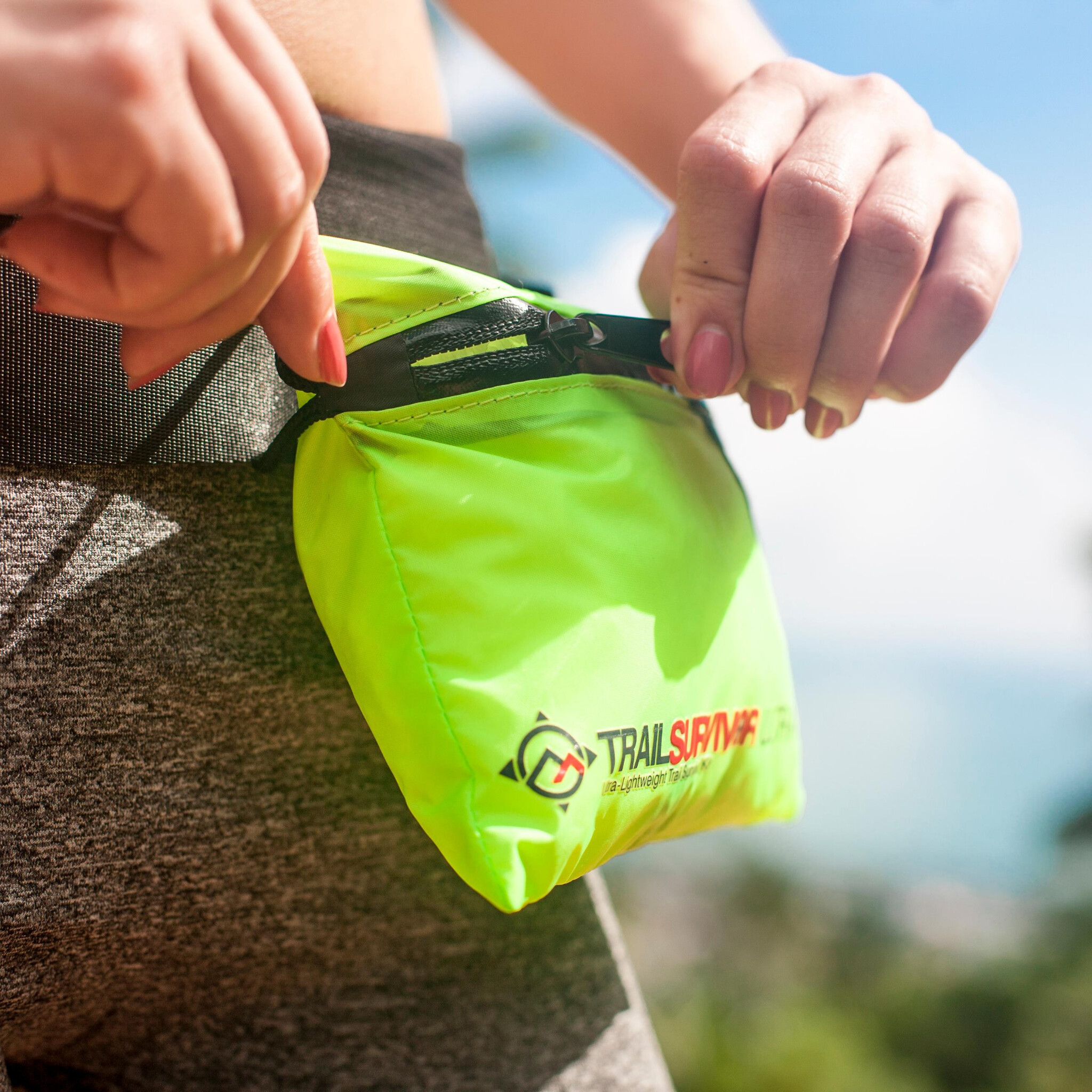
The hardest part about creating a first aid kit of your own is getting your hands on some good-quality equipment and supplies. The first step towards building your kit is to get an up-to-date first-aid manual that can provide you with all types of information about how to handle yourself in case of an emergency.
Brace and support supplies
Braces and support supplies like orthopedic tape and Kinesiology Taping (KT Tape) can be really useful in the treatment of running injuries. As a runner, you know how important it is to be able to provide first aid for yourself when you get injured during your run, whether that’s on a trail or on the road.
As a runner, you might have seen orthopedic tape and braces in a drugstore or pharmacy, but did you know what they’re for?
Orthopedic tape is great when it comes to injuries like sprains. It can help keep body parts in place. Simply, orthopedic supplies provide support to weak or sore muscles. It helps decrease pain and swelling when you get injured by providing support to the area of injury. You can use it for everything from preventing blisters, to helping with sprains, strains, and other common running injuries.
Add a list of emergency phone numbers
Adding a list of emergency phone numbers when creating a first aid kit for runners can be helpful in some circumstances. You can start this list with the phone number of the closest hospital or medical center, and then add other numbers based on personal preferences. It is important to keep in mind that runners will be carrying these numbers with them wherever they go while running.
Don’t forget antiseptic wipes
When a runner is training for a race, they may notice soreness and swelling on their feet. It is important to have first aid supplies on hand in case of an injury. A well-stocked first-aid kit for runners includes bandages, antiseptic wipes, and antibiotic ointment. Antibiotic over-the-counter creams such as Neosporin can be purchased at any pharmacy or drugstore.
A simple way to remember what a runner should put in a first aid kit is ‘ABC.’ This means antiseptic wipes, bandages, and antibiotic ointment. Antiseptic wipes are not only useful for cleaning small cuts, but also preventing infection on blisters.
Aids for Prevention of Abdominal Cramps for Runners
When creating a first aid kit for runners, runners should consider including aids for the prevention of abdominal cramps for runners, as well as other items that may be needed during a run.
Most kits also include pain relievers or analgesics such as ibuprofen or aspirin and tape, gauze, and antiseptic wipes to treat minor scrapes and blisters. Adding aids for the prevention of abdominal cramps to a first aid kit may help ensure that there is a relief for this issue during runs.
Abdominal cramps are one of the most common reasons why people stop running in the middle of a run, especially if they ignore them at first, thinking that they will go away.
Painkillers
Running takes it out of the body, and painkillers are important to help control discomfort afterward. While taking them unnecessarily can be harmful to health, they’re vital for recovering safely after a run.
The most common painkillers include ibuprofen and paracetamol. Ibuprofen is better for inflammation but can cause gastrointestinal discomfort in some people. Paracetamol has fewer side effects in general, however, it may not be strong enough to reduce certain types of pain.
There are many first aid supplies that are useful for runners to have on hand when they travel. A well-stocked first-aid kit for runners should include bandages, antiseptic wipes, and antibiotic ointment. It is also important to add a list of emergency phone numbers and lists of dietary supplements and medications.
(02/21/2022) ⚡AMPby Colorado Runner
Megertu and Abderehman break course records in Seville
Alemu Megertu and Asrar Abderehman secured an Ethiopian double at the Zurich Maratón de Sevilla, a World Athletics Elite Label road race, on Sunday (20) with huge world-leading PBs of 2:18:51 and 2:04:43 respectively.
Both men’s and women’s races had strong depth as seven men finished inside 2:07 with the 13th finisher clocking 2:08:30, while nine women went sub-2:26, confirming the course is conducive to fast times.
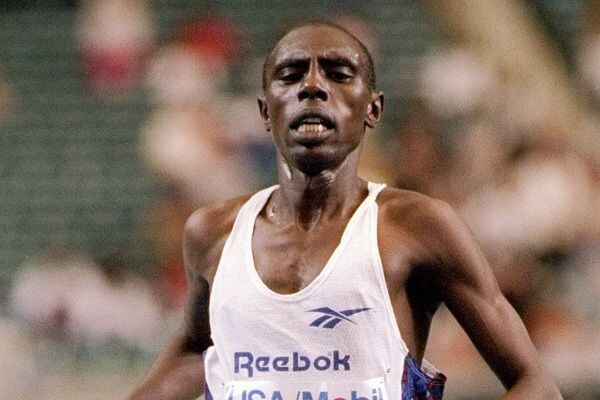
Perfectly paced by Hassan Aouchar, the women's contest opened at a brisk pace with opening splits of 16:13 (5km) and 32:44 (10km), suggesing a finishing time well inside 2:20, which would smash the course record of 2:23:13. By then the leading quintet was formed by Ethiopians Megertu, the fastest entrant thanks to a 2:21:10 PB, Meseret Gola, runner-up at last November's Barcelona Marathon in a PB of 2:24:09, Kalayu Chekole, Chimdesa Kumsa and Alema Gebremedhin. Behind them, Britain's Jess Piasecki, eager to improve on her marathon best after smashing her half marathon PB with 1:07:20 last month, passed through 10km in 33:24.Megertu and her compatriots went through halfway in 1:09:25, more than a minute ahead of Piasecki.
But Kumsa, then Gebremedhin and finally Chekole lost ground from the heading duo and the race became a two-woman battle between Megertu and Gola, both still following the pacemaker.
The key movement came at 35km when Gola simply could not live with the steady 3:17 pace and began to lose contact. Megertu, meanwhile, metronomically maintained her cadence and reached the finish line in a massive career best of 2:18:51, having ran halves of 1:09:25 and 1:09:26.
Runner-up Gola also set a massive PB of 2:20.50 while Chekole completed an Ethiopian sweep of the podium with a lifetime best of 2:21:17. Kumsa held on for fourth place (2:22:13), while Piasecki overtook Gebremedhin just before 40km and finished fifth in 2:22:27, becoming the second-fastest Briton in history behind former world record-holder Paula Radcliffe.The men's pacemakers, Enock Onchari and Wilfred Kimeli, were asked to maintain a 2:57/km tempo in the hunt for a race record (2:04:46) but they covered the opening 5km in 14:54, a bit slower than expected, closely followed by the main favourites which included Eritrea's 2015 world champion Ghirmay Ghebreslassie, his compatriot Awet Habte and a large Ethiopian contingent led by Abderehman, Adugna Takele and debutante Adeladlew Mamo among others.
The pace heated up over the following kilometres and the leading group reached 10km in 29:39, 15km in 44:22 and the half-way point in 1:02:31, still eight seconds outside the required pace to break the record. By then, 12 men remained in the heading pack. Way back, Spain's 40-year-old Ayad Lamdassem, who finished fifth at the Tokyo Olympics, was in the chasing group, timed at 1:03:16 by halfway.
The steady pace progressively whittled down the main group and by the time the pacemakers dropped out at 30km, the Ethiopian pair of Abderehman and Mamo took command and opened a sizeable gap on the rest. The leaders took turns at the helm but it was Mamo who made most of the pacing duties with his fellow Ethiopian running alongside.By 35km the lead duo was timed at 1:43:17 with Ghebreslassie and Takele 27 seconds in arrears.
A 35-40km split of 15:26 seemed to ruin the chances of a course record but Abderehman unleashed a devastating kick with some 1200m to go and built a sizeable margin over Mamo to secure the win in 2:04:43, a course record by three seconds and an improvement of more than three minutes on his previous best.
Runner-up Mamo produced a promising 2:05:12 debut, while Ghebreslassie got rid of Takele in the closing stages to complete a classy podium in 2:05:34, a massive PB for the 26-year-old Eritrean. Debutant Habte finished fifth in 2:06.25.
Running negative splits (1:06:17/1:06:08) Lamdassem placed sixth to improve his own national record by 10 seconds (2:06:25). Likewise, Israel’s Maru Teferi dipped under 2:07 for the first time to improve on his national record, while compatriot Tachlowini Gabriyesos, a member of the Athlete Refugee Team at the Tokyo Olympics, clocked a PB of 2:10:09.
Abderehman prevails over debutant Mamo
(02/20/2022) ⚡AMPZurich Marathon Sevilla
This urban, flat, fast and beautiful brand new race course will drive athletes through the most beautiful monuments of the city. Zurich Maraton de Sevilla brings the unique opportunity to brake the Best personal result over the mythical distance to all the athletes, professional or age groupers, in one of the most perfect international marathon circuits. This fast marathon takes...
more...NYC Marathon Champion Germán Silva Makes Ambitious Run Across Mexico
What do you do when you’ve already won the New York City Marathon (twice), competed in the Olympics multiple times and won a silver medal at the IAFF World Half-Marathon Championship?
For Germán Silva, who grew up in Veracruz, Mexico, the answer went far beyond marathons or even ultramarathons. He opted to run across the entirety of Mexico. A new article by Kevin Sieff at The Washington Post documented Silva’s genuinely epic journey.
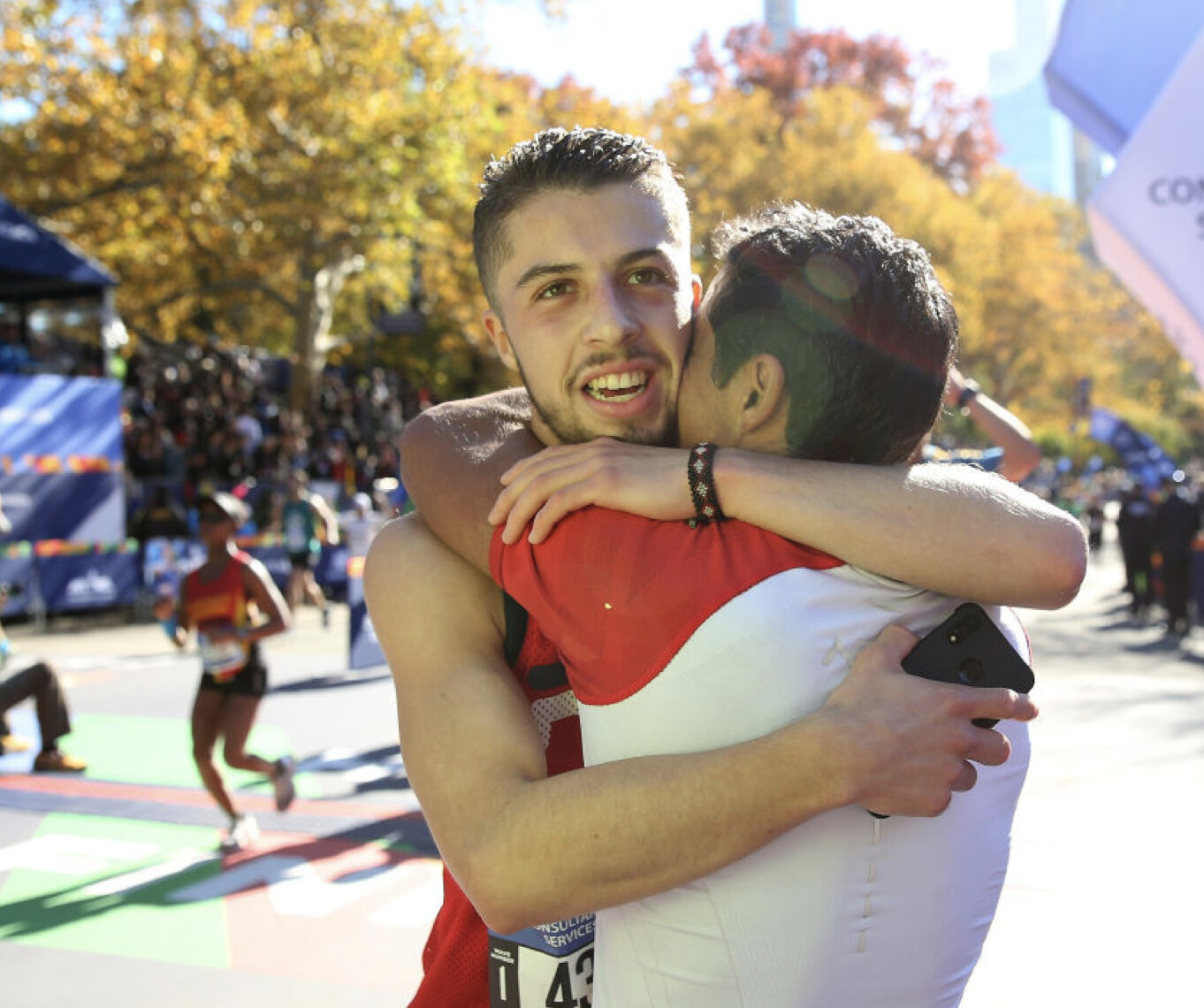
Sieff notes that the run encompassed 3,134 miles, which Silva — now 54 — estimated would take him four months to complete. (That’s a little over 119 marathons, for those keeping track.) His journey began in Tijuana on November 5, and is slated to end in Tulum later this month.
For the bulk of his journey, he’s been running 30 miles a day. As Sieff — who joined Silva on the road for parts of his journey — writes, Silva’s goal for this run is to alter the public image of Mexico and reveal some of the country’s regions that are less in the spotlight.
His journey is being documented for a film to further this goal. That’s not the only educational component of his run. He’s also had his quadricep biopsied before his run, and will again afterwards, to get a sense of how such a feat changes the human body.
As for what he’s eating on the road, Sieff writes that Silva’s diet is predominantly cacao, ground maize and mineral water. Doesn’t sound like a bad combination at all.
(02/20/2022) ⚡AMPby Inside Hook
Hodgkinson and Duplantis produced outstanding performances in Birmingham
British teenager produces the fastest indoor 800m for 20 years while pole vault world record-holder comes agonisingly close to reaching new heights at Müller Indoor Grand Prix
Keely Hodgkinson produced a real statement of intent as she brought the house down with another memorable 800m performance at an entertaining and boisterous Müller Indoor Grand Prix in Birmingham on Saturday (February 19).
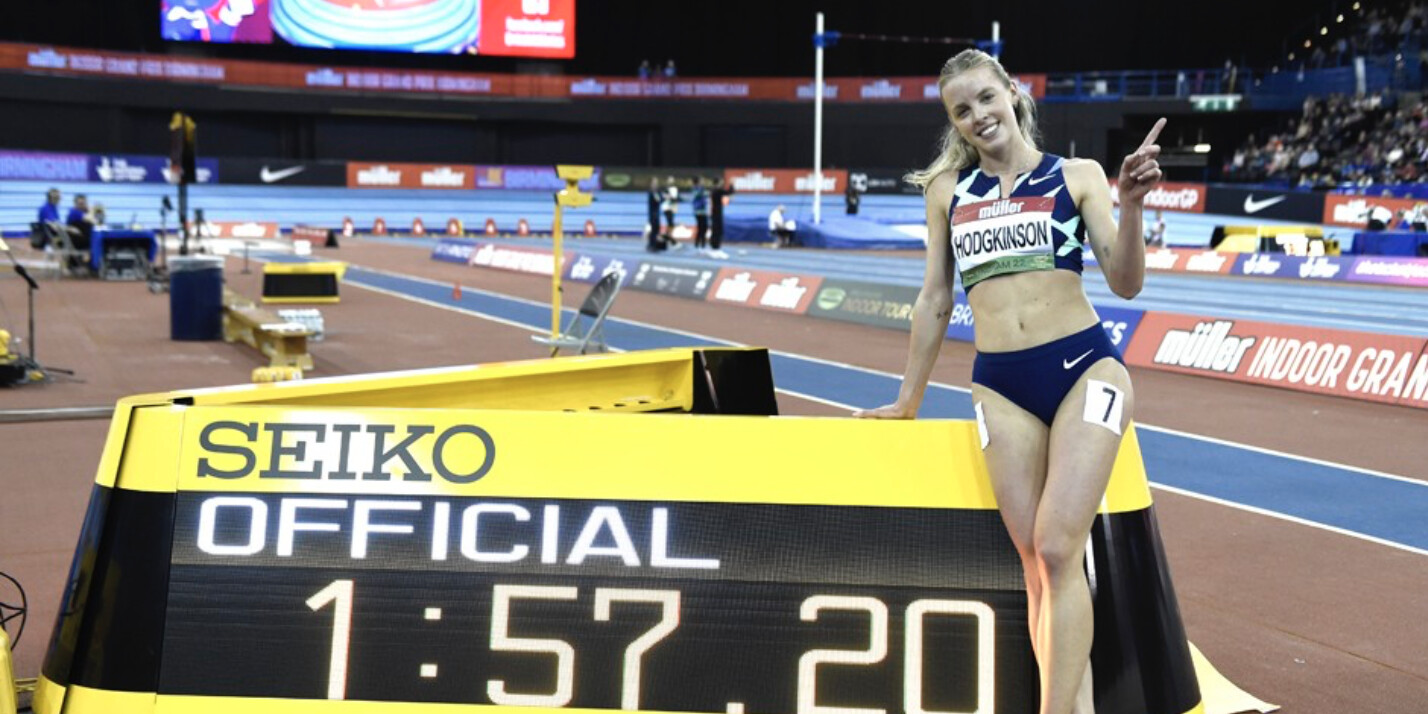
In the final track event of the day, the Olympic silver medallist was roared on by a full house at the Utilita Arena as she began her competitive year with a hugely impressive victory over a quality field in 1:57.20 – not only a British indoor record but also the fastest indoor 800m performance by a woman in 20 years.The 19-year-old will leave her teens behind next month and it so happens that the day she was born – March 3, 2002 – was when the current women’s 800m indoor world record of 1:55.82 was set by Jolanda Čeplak.
While that mark wasn’t expected to come under threat this weekend, for Hodgkinson to have produced the quickest time since that performance from the Slovenian two decades ago speaks volumes.
Her margin of victory was over two seconds, with Australian Catriona Bisset also clocking a national record (1:59.46) while Jamaican Natoye Goule, who had been the world leader going into this event, ran 1:59.85.
“I wrote down the aims for this year and one of them was a British indoor record,” grinned Hodgkinson, now sixth on the all-time indoor lists.“I was 100 per cent in shape for this record and I just wanted to go for it and there were some good girls in that race. I’ve never run in front of a British crowd this big and it was such a comfortable environment.”Another athlete who appears supremely comfortable in the spotlight is Mondo Duplantis and, moments after the dust had settled from Hodgkinson’s run, he was targeting a pole vault world record in the last action of the programme.
Having cleared a world-leading stadium record of 6.05m at the final attempt, the Olympic and European champion immediately set the bar at 6.19m as he looked to surpass the 6.18m he cleared at this meeting in Glasgow two years ago.
His opening two attempts failed but, when it came to the third, for a moment it looked as if he had created history again. The jubilant spectators began to get to their feet in celebration but, just as they did, the bar wobbled and fell. The world record will have to wait – but surely it won’t be long.
“I’ve got mixed emotions,” said Duplantis. “6.05m is a good jump and result but I really wanted that 6.19m. I have expectations of myself and I know there are good conditions indoors so I can break the world record, I want it so badly.
“I appreciated that everyone who stayed and it’s a cool feeling where the attention is just on you.”
(02/20/2022) ⚡AMP
Muller Indoor Grand Prix Birmingham
The Müller Indoor Grand Prix Birmingham is one of the leading indoor meetings in the world with world-class athletics as part of the World Indoor Tour Gold series. The event will be staged at its traditional home at Utilita Arena Birmingham setting the tone for what is set to be an incredible year of track & field. ...
more...Want to Get Better at Pacing? You Need the Progression Run
Learn how to pace yourself—and get faster—with this type of workout.
If you’ve always wanted to finish a race with a negative split or you’re looking for a way to increase your overall speed, progression runs might be the missing link in your training. This type of run also works perfectly for anyone who has started a race too fast and blew up by the end—or halfway through, for that matter.
A progression run will help you fine-tune your pacing and finish your mileage faster. And it’s a workout that works for any pace, level, or goal. Here, how to make the most of this type of training run.
What is a progression run?
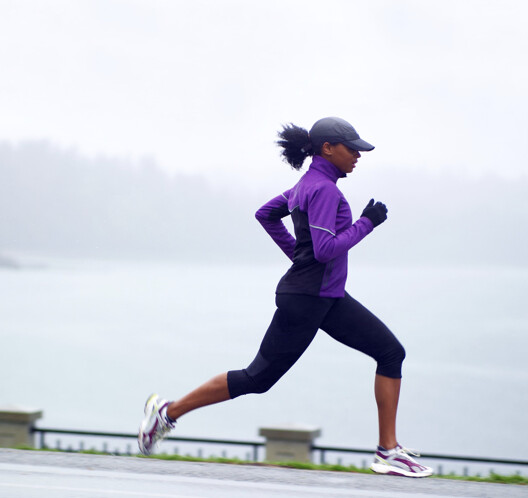
A progression run involves starting at a relatively slow or easy pace and getting progressively faster throughout the run. It’s a pretty broad term, says Jess Heiss, certified run coach and personal trainer in Portland, Oregon, so you have lots of options for how to make it work for you.
You can base your progression runs on pace or perceived effort—that means either increasing your pace by a very specific speed or going off easy, moderate, and difficult effort. You can also end up with a huge difference in starting and ending pace, or only a moderate increase in speed from start to finish.
That’s the beauty of a progression run: There are no hard and fast rules for how to accomplish it (besides actually starting slower than you end). Plus, run coaches say you can do these types of workouts at any point in your training. Just think of them as a solid option for moderate effort run days—not your easy pace, but not the top-level effort you might put in when doing mile repeats.
“I love using these as kind of the transition between the base-building phase and focused speedwork,” Heiss says. “It’s kind of that middle ground.” Progression runs get you playing with speed and exploring what different efforts and paces feel like, but they aren’t as complex or as physically and mentally taxing as, say, interval sessions.
Danny Mackey, head coach of Brooks Beasts Track Club, also suggests incorporating the progression run into a long run to improve the quality of those longer distances. You start at your easy effort (or easy pace) and then work your way up to more of a push pace/effort.
Mackey also uses them as a bridge workout—for days when you want to get a run in to maintain your aerobic fitness level, but have a hard workout coming up and need to be well-rested. You can also apply it to a tempo run, starting 15 seconds slower than your tempo pace and then working up to your tempo pace or ending even quicker than tempo pace if you’re feeling confident, he says.
No matter how you do it, all you have to do is make sure you’re starting slow and getting faster.
What are the benefits of a progression run?
So, why would you want to do a progression run versus a run where you hold a steady pace or one in which you do actual structured speedwork? There are a handful of benefits to running this way.
1. It’s less intimidating speedwork
“Sometimes beginner runners are new to or just intimated by the idea of speedwork,” says Alison Staples, certified run coach and physical therapist assistant in Baltimore. Many experienced runners also just dread speed sessions. A progression run can take away some of the anxiety that comes with these fast-paced interval workouts, Heiss says.
Progression runs can also (sometimes) feel gentler on the body than those faster-paced interval sessions. And you don’t have to worry quite so much about recovery time, as you would with harder, faster runs, Staples says.
Speedwork is typically both mentally and physically rough, and you have to give your body time afterward to rest and recover. With a progression run, you’ll likely spend most of your workout at a pace that requires an easy or moderate effort. You may choose to really push the speed at the end (or even just at the very end), but it will be for a shorter portion of the workout as opposed to the entire workout being all about intensity and speed.
At the same time, progression runs do help you tune into your speed and get you more comfortable with pushing the pace, just without taxing your body in the same way a 8x400m workout might.
2. It builds in a warmup
“It’s important to warm up your body before you get into a hard and fast pace, so [a progression run is] a nice way to ease your way into those harder efforts,” Staples says. Think about those first miles or minutes of a progression run as a way to get your body and brain on board for the workout. When it comes time to push the effort and pace a bit more, you’ll be warm and it’ll feel easier—natural, even—to progress things.
3. It teaches you to pace smarter
“Starting a little more conservatively helps make sure you’re keeping the workout in that moderate-to-intense zone,” Mackey says. Figuring out your moderate-effort pace is challenging, especially on a long run. Most of us know what going hard feels like, but “moderate” is harder to figure out, he says. It’s easy to start too quickly out of the gates and suddenly be at a race pace that’s unsustainable (and too taxing) for a long run.
If you’re doing a progression run based on effort level, it can help you stop relying so much on your tracker and get you feeling confident in what different paces feel like, Heiss says. Over time, you’ll learn what easy, moderate, and hard efforts really look and feel like for you pace-wise. And then you can integrate that knowledge into race day, so you start at a pace that leads to a strong finish (without any bonking).
4. It's mentally refreshing
The mind plays a big role in running. As mentioned, progression runs can seem easier than straight-up speedwork, and that makes them mentally easier to do too, Mackey says. Knowing you get to start off easy and it only gets hard toward the end can make it easier to do than knowing you have to run the whole thing at a challenging pace. “It’s a lot easier mentally to bite off segments of a run,” he says, adding that progression runs are particularly good when you’re gearing up for a hard race and feeling mentally fatigued from the training.
5. It get you more comfortable with pushing at the end of a run
It’s fine to feel totally spent at the finish line of a race, but you don’t want to feel depleted at the end of every long training run, Staples says. Progression runs are great for learning how to conserve energy so that you have some left to give at the end. It’s also a nice mental boost when you find you can successfully speed up at the end of a run instead of feeling like you can’t wait to stop.
5 Ways to Do a Progression Run
Staples, Mackey, and Heiss share six examples of how to structure a progression run.
1. The 80/20 Breakdown
Run 80 percent of the run really easy, and the last 20 percent at tempo pace or a 6 to 7 on a scale of 1 to 10 rate of perceived exertion (RPE). Think of 1 as being on the couch and 10 being your all-out speed.
2. The Thirds Breakdown
For a 45-minute run, run the first 15 minutes at an easy pace (RPE of 2/3), the second 15 minutes at a moderately easy pace (RPE 4/5), and the final 15 minutes at a moderately hard effort (RPE 6/7). “Think about going from a conversational pace to ending at a tempo run pace,” Staples says.
3. The Final Push
Go at an easy or moderately easy pace (RPE around 3 to 5) for 90 percent of the run and do the last 10 percent at all-out effort. That could mean the final two or three minutes, or even the final mile, depending on the length of the run. “This one is good for practicing to finish fast and learning to conserve energy until the end,” Staples says.
4. Play With 10s
Every mile, try to take 10 seconds off your pace. Or every 10 minutes, speed up by taking 10 seconds off your pace.
5. Make It a Game
Mackey sometimes challenges his athletes with a tempo run progression. He tells them to run each mile faster than the previous one. That’s the only rule. “If that means you go really slow first, that’s OK, but if you go really hard you have to pay the price for that,” he says. “You really have to check in with yourself mentally and be aware of how you’re actually feeling and how to pace.”
(02/20/2022) ⚡AMP
by Runner’s World
Exercise May Increase Antibodies After Flu and COVID-19 Vaccines, Study Suggests
New research says you may want to lace up your sneakers following your shots.
Preliminary research shows that 90 minutes of exercise performed after the flu or COVID-19 vaccines can increase antibodies
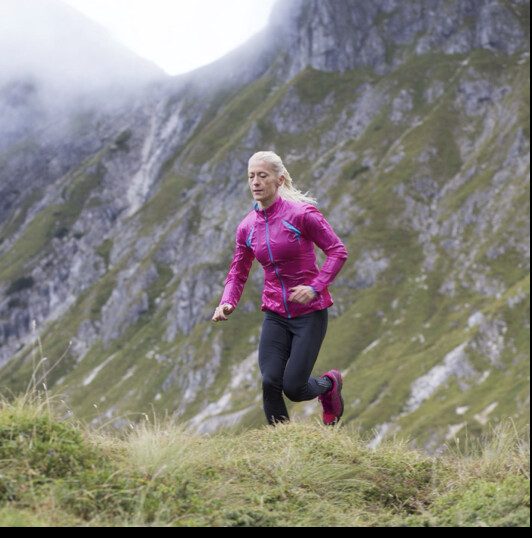
Exercise has positive effects on the immune system and many mechanisms may be responsible for the uptick in antibodies
Contrary to what experts have said in the past, exercising immediately following your influenza or COVID-19 vaccine may actually help your immunity. A recent study published in the Journal of Brain, Behavior, and Immunity found that active adults who exercised for 90 minutes post-vaccine had increased serum antibodies, yet no increase in negative side effects after the initial dose of influenza and Pfizer’s COVID-19 vaccine.
To get to the results, senior author and principal investigator, Marian Kohut, Ph.D., professor of kinesiology at Iowa State University, and her team studied groups of participants immediately following their first immunization. They collected blood samples of the COVID-19 group prior to immunization, two weeks after the first dose, and one week after the second dose. In the flu study, the researchers also collected blood samples pre-immunization, and both two and four weeks post jab.
For the flu vaccine group, researchers asked participants to either exercise for 45 minutes, 90 minutes, or not exercise at all immediately following immunization. The COVID-19 vaccine group exercised for 90 minutes or not at all.
Based on the blood samples, the researchers found that 90 minutes of exercise outdoors consistently increased serum antibodies (an essential component of your immune system that helps keep you from getting sick from these illnesses) for up to four weeks after immunization.
The majority of participants (78 total) completed the workout (running or walking) at 60 to 70 percent of their maximum heart rate, which also correlated to heart rates of about 120 to 140 beats per minute. “Based on the data we have, it appears that as long as individuals are in the 60 to 70 percent of the age-based estimate of max heart rate, we see the same benefit [of increased antibodies],” Kohut says.
Researchers also asked participants to record their side effects for three days following the vaccines, and there were no differences in outcomes between exercisers and non-exercisers.
Time and effort matter—not distance
Participants in the study who exercised for 45 minutes post-vaccine did not see an increase in antibodies after two and four weeks—those benefits only showed up in those who worked out for 90 minutes.
And researchers did not find a significant correlation between distance covered and antibody response in those who exercised for 90 minutes. The distance covered ranged from four to 10 miles, so no matter how far someone ran (or walked), as long as they hit the 90-minute mark, they still experienced an increase in serum antibodies. According to the study, the 45-minute workout wasn’t enough time to increase antibody production.
“Our finding that just a single session of exercise performed after immunization could significantly impact antibody response to the vaccine was very interesting, and people with a wide range of fitness levels (all regular exercisers) were able to complete the 90 minutes of exercise,” Kohut says.
Though the study was small—42 participants were enrolled in the flu study and 36 in the COVID-19 study—researchers believe it makes a strong case for breaking a sweat after your shot. “Based on the evidence we have to date, sticking with 90 minutes of light-to moderate-intensity exercise commencing shortly after immunization seems to be effective across different vaccine platforms,” Kohut says.
One thing to remember if you’re considering working out after your shot: If you have a fever, experience lightheadedness, or generally don’t feel well, don’t push yourself to start or continue to exercise. Listen to your body and rest when you need it.
Why does the increase in antibodies occur post-exercise?
A few processes may be at work that affects the immune response from exercise. “It’s not likely to be a single mechanism responsible for the increase in antibodies,” Kohut says. “Exercise for 90 minutes is accompanied by metabolic, neuroendocrine, and circulatory changes, each of which may contribute to altered immune response.” In other words, it appears many changes are happening in the systems that control the metabolism, hormones, and bloodstream during 90 minutes of exercise.
She adds, “with this understanding, we may learn how to improve vaccine efficacy, define the parameters of exercise that are required to improve immune response, and learn whether other types of health practices (yoga, meditation, massage, for example) could have similar benefits.”
Previous research also helps to explain how running supports the immune system in both the short and long-term. For example, it encourages a healthy anti-inflammatory environment and increases the number of immune cells out looking to fight infection in the bloodstream. And because of those immune system responses to exercise, older research published in 2014 also supports the idea that those who live an active lifestyle may respond better to vaccines.
More research is still needed
Kohut and her team tested the participants as far as four weeks post-immunization, but she acknowledges the need to understand the long-term benefits of exercise on vaccine effectiveness.
Whether or not the increase of antibodies will extend six months (the current recommended timeframe for getting your booster) is still unknown. “It would be interesting to understand how the increase in antibody extends to actual protection, although these types of studies typically require quite a large number of participants,” Kohut says. “Although one may assume the higher antibody level would translate to better vaccine efficacy in terms of preventing infection, that remains to be determined. Ongoing studies by many researchers are attempting to define the optimal level of antibodies that results in protection.”
Finally, Kohut cautions that study participants all exercised regularly prior to the study, and it is not yet known if the same benefit of increased antibodies would apply to non-exercisers. Exercise post-vaccine could potentially pose safety risks for those that lead a sedentary lifestyle.
When asked if exercise alone can improve protection from infection without a vaccine, Kohut says, “It is important to understand that the immune system must ‘see’ the virus components to create immune memory (memory consists of the antibodies, the B cells that make the antibodies and T cells). Exercise alone cannot create this immune memory.”
While this research doesn’t 100 percent confirm that you should clock a 90-minute run right after getting your flu or COVID-19 shot, it does offer more evidence to support lacing up and hitting the pavement to improve your health.
(02/20/2022) ⚡AMP
by Runner’s World
The Man Who's Finished 761 Ultras
Rob Apple ran three ultras in 2020. With only four slated for 2021, he's in trouble. Well, kind of.
Since 1990, Apple, now 59, of Murfreesboro, Tennessee, has averaged 24 ultras a year. If that number seems absurd, well, meet Rob Apple. Sucking on a peppermint candy as he bounces along a greenway near Stones River Battlefield, he's the jolliest runner you're likely to meet. With his headlamp on and his buds blaring AC/DC, you'd never imagine this guy was the most prolific ultrarunner in history.
For starters, he laughs a lot. No, really a lot! "If we knew you did all these ultra runs," his boss once told him, "we would have drug tested you." Apple lets out a chuckling, jocular laugh. It starts deep in his gut and builds up through the chest and echoes out from his wide smile like a megaphone.
He looks more like a hairband rocker from the '80s than a grizzled, sinewy athlete. His bright, glowing eyes and massive head of hair offset an enormous, gleaming smile. Many approach him and ask if his teeth are real. "Never even had braces," he says. "My mom gave me these."
If running ultras is any measure, it's easy to see why Apple is so happy: he has completed a whopping 761 of them. 761! That's over 23,560 miles from trail to road to timed track events lasting days. Add up the totals for Yiannis Kouros, Camille Heron, Courtney Dauwalter and Scott Jurek and you still wouldn't reach half the ultra miles Apple's run. And he's competed in the biggest: Leadville, Western States, Wasatch, Massanutten, Vermont, Catalina and UTMB, most multiple times. He's even run the Boston Marathon. "Yes, I've actually done regular marathons, too," he says, laughing.
Since 1976, Apple has completed a total of 903 races, including 69 marathons. His seven Western States completions are impressive, but his other race repeats are downright nuts: 18 Mountain Mist 50Ks, 21 Strolling Jims and 28 Howl at the Moon 8-hours. He has run an ultra each year since 1982 and has logged a grand total of 185,310 lifetime miles. Each race and training run is meticulously detailed in a journal he's kept since he was 16. He includes his time, the weather, what he wore and who he talked to. On top of that he loads the data into spreadsheets! An accountant by day, Apple is a numbers freak.
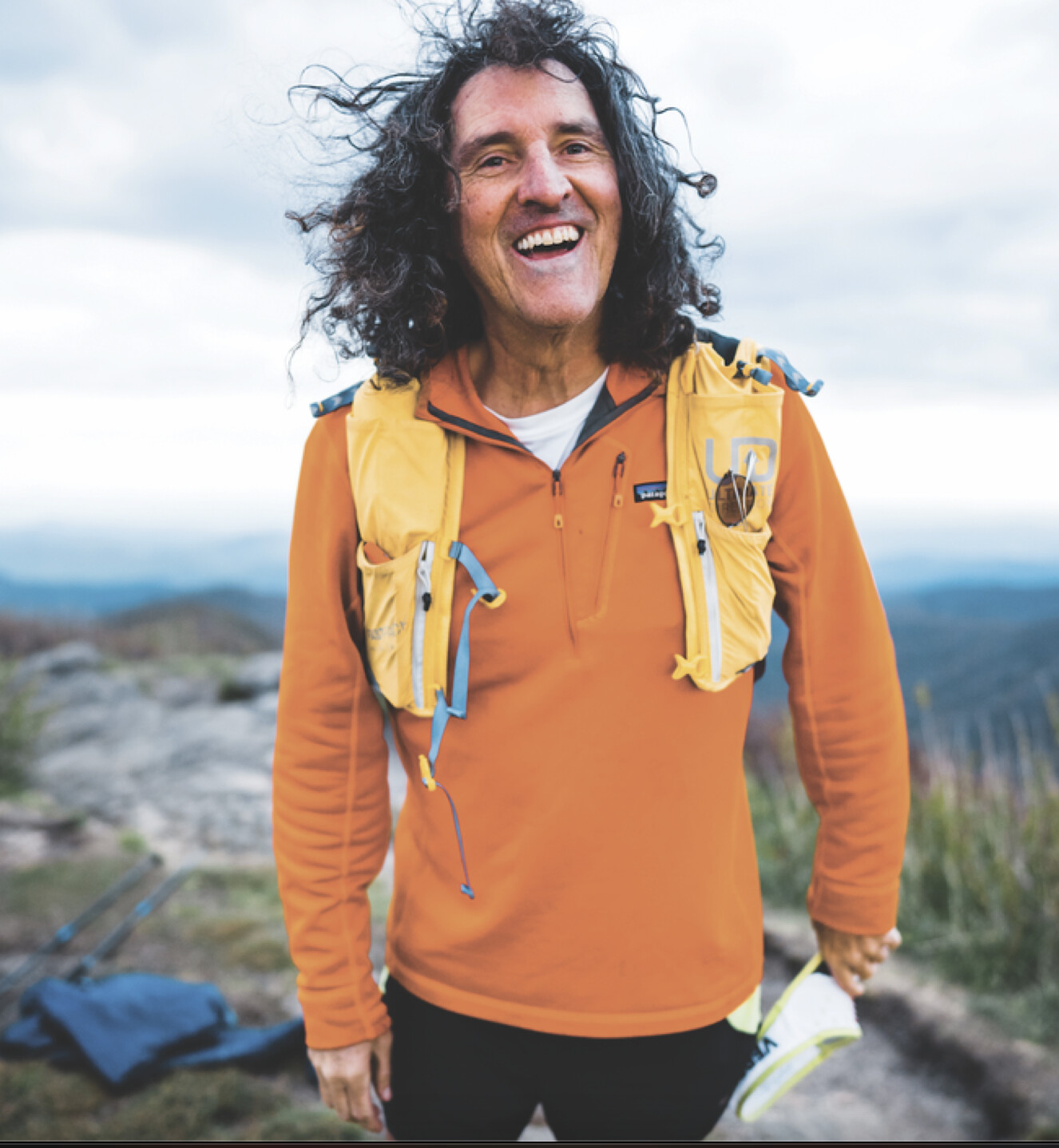
His biggest enemy now that he's 59, he says, is time. He admits he's getting slower, and DNFs due to missing time cutoffs in longer races have forced him to focus on 50Ks and European events where cutoffs are more manageable. At this point he doesn't care about improving his pace; he just wants to be out there as long as possible.
"It's not about how fast you go; it's how many pictures you take along the way," he says. But don't think he's lost his ambition. Quite the contrary. He sees himself as an astronaut on the fringe of running. His goal? To become the first in history to reach 1,000 ultra finishes.Known as the Main Street of America, Route 40 stretches from Delaware to Utah and becomes Cumberland Avenue in the tiny village of Lewisburg, Ohio. Rob Apple grew up in a small u-shaped cul-de-sac on its southern side. For him, the great highway was like the mighty Mississippi; it made him dream of taking it as far as it would go.
Something was always off about Lewisburg. A Children of the Corn kind of atmosphere. The local barber that cut his hair also burned crosses in his yard on Friday nights.
"I always knew I was going to get out of there, somehow, someway," he says.
Ironically, there was little laughter in the Apple home, and affection was rare-no hugging, no kissing. Being an only child in a poor neighborhood, he learned quickly to find his own fun. His earliest adventures were roaming around his mother's flower garden. Intoxicated by the smells and colors, he memorized their names and wrote them down, a habit he continues to this day. (He has spreadsheets for those, too.)
His mother, Ruth Ann, loved seeing people travel through. She often left food out for hoboes. As a result, they marked the telephone pole in front of her house to signal to others that they could get food there. When the famous breatharian, Barbara Moore, walked across the United States in 1960, she followed the marks and wound up at the Apple home. She left behind a food wrapper, which made its way into the family scrapbook along with a picture of Moore walking in her work boots. Ruth Ann idolized women like Moore and Grandma Gateway. She was a homebody but dreamed of someday getting out and exploring the world. According to Apple, it just wasn't in the cards. So, he wanted to do it for her.
By 13 he was the hippie kid with long hair, looking for a way out. His uncle owned a motorbike shop and turned him onto motocross, and perhaps his ticket to a large world.
"The bikers were a lot like ultrarunners," he says. "They were openminded, free, carried no judgement."
When a bad spill upended his Honda XR75, his racing career came to an abrupt halt. The gangly teen was distraught and became a roaming figure around the track. He'd show up to watch, desperate to be around it. But it wasn't the same; he needed more.
Of all the places a running career can start, the local library is an odd one. The year was 1976, and two things captured the young Apple's imagination: the Guinness Book of World Records and a black-and-white copy of a popular running magazine. It was the nation's bicentennial, and the magazine was promoting an unusual campaign. If you ran 285 miles in a year and documented it, you got a certificate. So, Apple set up a three-tenths-of-a-mile circuit around Crescent Drive and did just that. By the time the certificate arrived in the mail, he was hooked.
He ran track his freshman and sophomore years but wasn't good. His PR in the mile was a meager 5:30. He opted for trade school his junior and senior years, where he learned to draw. After graduation, Apple took a job designing school buses during the day and went to Wright State at night, where he studied accounting. Money was tight. It had always been tight. In the 10 years it took him to graduate, he'd get married, divorced and discover the one thing in life he wanted to do more than anything else: run ultras.
In another two years, he got his masters in sports physiology. A better paying job in accounting would follow, and weekends became an obsession to travel and race. Though he swore he'd never marry again, he would, and again he'd get divorced, but running would eventually take him, not only out of Lewisburg, but all over the world. In the 1980s, Apple was known as "the heartthrob of ultrarunning," says Gary Cantrell, aka Lazarus Lake. The former Trans-Am race director Jesse Riley likened him to a Greek statue. "He was just so damned good-looking, like he was carved out of marble."
He was a real chatterbox and a fun guy. Back then, he and Lake enjoyed tapping kegs post-race and watching people go to church. Lake has enough anecdotes about Apple to fill a healthy-sized book. One involves the Oak Mountain 50K, a dodgy motel with one bed, beer, weed and waking up to find trees snapped and patio furniture tossed in every direction. The two had slept through a tornado.
Lake later introduced Apple to who would become his second wife, Pam Jordan. At "Strolling Jim," she asked, "Who was that man that passed me?" Lake answered before she even finished her sentence: Rob Apple. Running finally took him from Lewisburg to Tennessee where Jordan lived.
Back then, the slim, six-foot two runner was not only handsome, but he was also fast.
"Oh, he could move," Lake says, citing a 1989 performance. At Lake's 41.2-mile Strolling Jim race in Wartrace, Tennessee, Todd White was crewing top competitor Dink Taylor when around mile 30 he looked back. "Dink, I don't know who's coming, but he's coming hard," he said. Taylor turned around just in time to see Apple fly past on his way to finishing in 4 hours 58 minutes, making the top 10. In the '80s, Apple recorded a 34-minute 30-second 10K, a 6-hour 26-minute 50-miler and logged 122 miles in 24 hours. In Richmond, Ohio, he got revenge on his high-school nemesis, the mile. In the costume themed race, he ran a 5:06 dressed as Don Johnson from Miami Vice: linen suit, teal tee underneath.
The ultrarunner and professor Dr. Thomas Mueller says Apple's attitude is everything, "He never met a person that wasn't his friend." After qualifying for Boston with a 3:06, in the race, he stopped at mile 23 to drink a cold one with a talkative spectator. He finished in 4:09. For someone dedicated to numbers, Apple is surprisingly more about the journey. He has developed a simple philosophy toward running long term: speed kills.
"If you want to be in it for 40 years, you gotta let that go," he says. The realization was sudden. Not like the inevitable giving up the ghost many experience when the body starts rebelling with age, Apple's breakthrough actually came when he was running his fastest times.
It was fall of 1990 and the 100K World Championship was coming to the Edmond Fitzgerald road race in Michigan. Apple was hyped. Just a few years before, he'd run an 8:28 and was hoping to place in the top 20. At that time, Apple was still an undergrad, and when a midterm was suddenly moved, it prevented him from participating.
Dejected, he found a closer race on the same Saturday, Virginia's Mountain Masochist 50-miler. Still, Apple couldn't get motivated, couldn't get his mind right but managed to finish feeling OK. So, for the next day, he found another race near Columbus, the Wolfpack 50K. Apple finished again, and fell in love with "weekend doubles." That weekend was a Eureka moment.
Trail running was just starting to boom, and there were now more racing opportunities than ever. And Apple started ripping them off. The Texas Trail 50K-17 finishes. The Ice Age 50K-17 finishes. The JFK 50-miler-15 finishes. The Rattlesnake 50K-15 finishes. The Vermont 100-seven finishes. Five Massanutten 100s and two Leadville 100s. And the list goes on and on and on. In 2002 alone, he ran a total of 44 ultras.
Usually a fixture at the back of races, Apple has managed a podium finish. In 2000 he was running Illinois' Howl at the Moon's half-trail/half-road ultra for the eighth time. He didn't feel particularly good starting out and didn't know what to expect. Around the halfway point, things turned around. He was feeling better and surprised that he was only down six minutes to the leader. Apple remembers thinking, "Hey, I've got a shot at this." He made a move, felt more and more energized as his pace increased. Then, he was suddenly in the lead. "I was just hoping to hang on," he says. Nervous at his prospects, he kept repeating to himself, "I want it to be over now!"That was over 20 years ago. Now, his lack of speed is his biggest impediment in reaching 1,000 finishes. In 2013, he had five DNFs, and in 2014 couldn't finish the Mountain Mist 50K, a race he's run 18 times. Apple combats the hard cutoffs of longer races by focusing on 50Ks and trail runs in Europe. While they may be technical and more difficult, the cutoff times tend to be more generous. But it's a gamble.
In 2018, he made two long trips to Europe, but weather and tough conditions resulted in two DNFs and four non-starts. His yearly output slipped to seven races, and his pocketbook took a big hit. Apple funds these adventures on his own dime. He's never had a sponsor but says he regrets nothing.
"No car or house could replace what I've spent on running," he says, a solemn tone to his voice.
Last December, Apple was looking forward to completing ultra #760 at the Bloodrock 50K outside of Birmingham, Alabama. The website describes the UTMB qualifier as "likely the hardest 50K you have ever run." With over 18,400 feet of elevation change, it is renowned as both technical and treacherous. Parts are so steep, they have ropes.
Apple had a rough go.
"I did the first loop and got back to the aid station and was going to have to do the next one backwards, which meant I would have to go down those ropes in the dark," he says. "I wasn't going to die out there, so I decided to go back to my hotel."
But yet another DNF hasn't gotten him down. Apple is so positive you expect rainbows to shoot from his eyes. He says even if time does eventually catch up with him, he's found a lot more to running trails than just the finish. In the past few years, the most important factor for him in choosing a race is location. His motto: "Never waste good meniscus on a bad view."However, when his runs began taking him to England, France, Switzerland, Scotland, Ireland and New Zealand, his second marriage also succumbed to his dedication to racing. And he's not bitter about it. Single and in great shape, he is not currently dating. He says he can't afford it, and it's too much hassle.
Apple rarely looks back. Of the 903 races he's completed, he doesn't have a single medal on his wall. Instead, he leaves them on his mother's tombstone back in Ohio. When her son would toss his medals into a corner or dump them in the closet, she would take them out and mount them on the wall. "I usually go up there every few years with about 10 pounds of medals," he says. His thick laugh trails off a little quicker. The small cemetery doesn't have anyone to clean off the stones, so Apple's medals form a sizable memorial to his biggest inspiration-the mother that taught him to dream big.
On the cusp of 60, Apple still has a lot to do. He won't say where he's planning his 800thrun, but he doesn't deny it's in Patagonia. At heart, he's an adventurer, in it for the people, the journey and the laughs. But don't tell him the finish line doesn't matter, because everyone knows he's counting.
"You don't wanna be that guy that dies at 799," he says with a wild howl. "I have fun running ultras, and it's up to me to make the party happen."
(02/20/2022) ⚡AMPby Trail Runner Magazine
Three steps to building mental strength, what to do before, during and after your run to cultivate mental toughness
Runners understand all too well the importance of mental toughness during a hard workout or race, but just like you train your body for your goal race, you also have to train your mind if you want it to be strong. For many, training your mind can seem not as straightforward as physical training, so if you’re not sure where to start, follow these three steps to fortify your mind before, during and after training.
Before your run
Building mental strength starts before you even start your run. As you’re getting yourself ready to head out the door, start going through the workout in your mind. Remind yourself why you’re doing that particular session, and go over how you’re going to get yourself through the tough parts.

For example, you could say something like this: “I’m doing my long run today to build my endurance so my body will be ready to handle my race distance. When I start to feel tired, I’m going to use my running mantra and motivational self-talk to push myself to keep going.”
Think of this as your “mental workout plan,” and keep running through it in your mind as you put on your shoes and make your way to the door.

During your run
This is when the most challenging mental work happens. During your run, especially when you start to get tired, is when you need to draw upon those strategies that you were thinking about before the run started. As we already mentioned, having a running mantra is a really helpful strategy for developing mental strength during a run or workout. Don’t have one already? Follow these tips to create the perfect running mantra that will keep you going.
After your run
The mental strength training doesn’t stop when your run is over. Before you head inside and carry on with your day, take a minute to go over how your run went in your mind, making note of what you did well during that session. Maybe you weren’t as fast as you had hoped, but you didn’t give up when you saw you were behind. Perhaps that run felt hard, but you managed to push through it and stay mentally tough. If your mental game slipped during that run, make a note of what went wrong so you can work on it next time.
Intentional mental work
The key here is that you have to be intentional about working on your mental toughness. Many runners believe that their mental strength will improve passively alongside their physical strength as they train, but this is often not the case. Too often, runners’ mental strength lags behind their physical abilities, holding them back from realizing their full potential. Make a point of working on at least one aspect of your mental game every time you step out the door, and your performance will improve right along with it.
(02/19/2022) ⚡AMPby Brittany Hambleton
Jacob Kiplimo and Girmawit Gebrzihair break course records in Ras Al Khaimah
Uganda’s Jacob Kiplimo and Ethiopia’s Girmawit Gebrzihair ran course records to win the Ras Al Khaimah Half Marathon on Saturday (19), clocking 57:56 and 1:04:14 respectively during another fast edition of the World Athletics Elite Label road race.
Kiplimo had gone into the race targeting his own world record of 57:31, which he set in Lisbon in November. The 21-year-old world half marathon champion, who finished third in the 10,000m and fifth in the 5000m at the Tokyo Olympics last year, was on blistering pace for much of the race, recording a split of 13:23 for 5km and then going through 10km in 26:56 – on target for a sub-57:00 half marathon. By that point he was 16 seconds ahead of Kenya’s Rodgers Kwemoi, with a group including Kenneth Kiprop Renju, Alexander Mutiso, Daniel Kibet, Amedework Walelegn, Abel Kipchumba, Seifu Tura and Kennedy Kimutai another six seconds back.
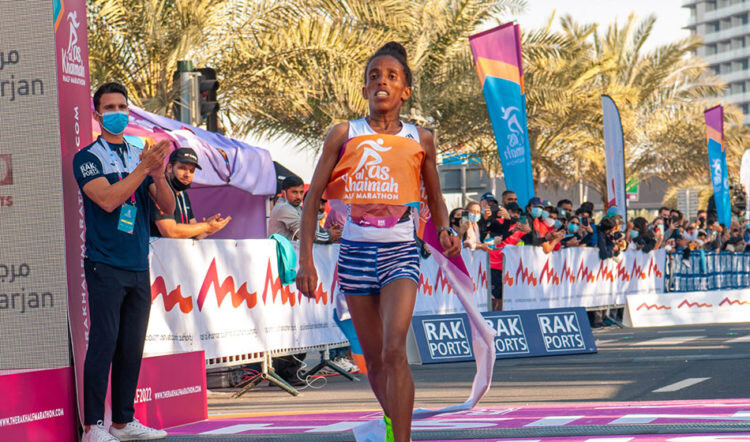
Kiplimo’s pace dropped slightly over the next 5km but he still passed 15km in 40:43, a time which beats the world 15km best of 41:05 which had been set by his compatriot Joshua Cheptegei in Nijmegen in 2018. Although the world half marathon record seemed to be moving out of reach, Kiplimo went through the 20km mark in 54:53, 33 seconds ahead of Kwemoi, before crossing the finish line in 57:56 to win by 34 seconds.
The fifth-fastest half marathon in history, it is the third occasion that Kiplimo has broken 58 minutes for the distance, a time that only three other athletes – Kenya’s Kibiwott Kandie, Rhonex Kipruto and Mutiso – have ever achieved.
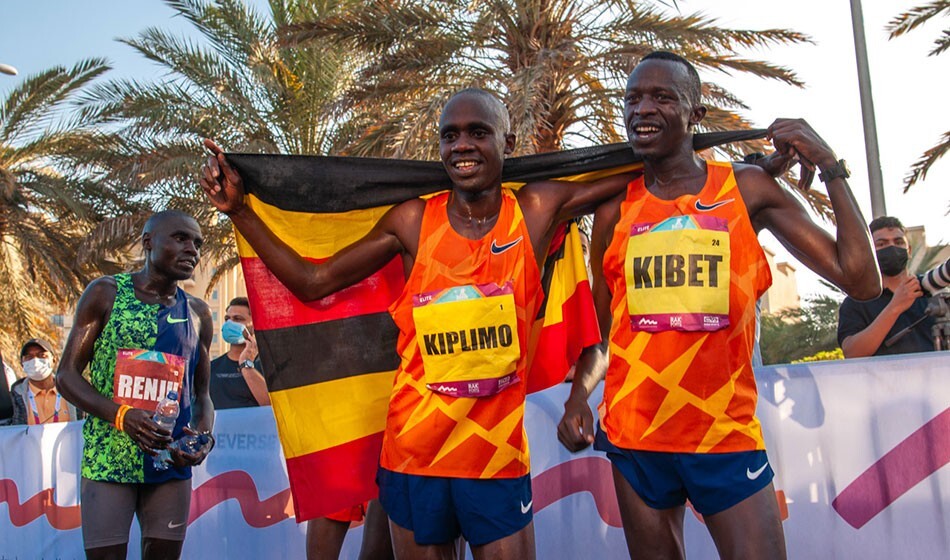
The top six athletes all beat the previous course record of 58:42, which had been set by Bedan Karoki in 2018 and then matched by Stephen Kiprop in 2019. Kenya’s world 10,000m fourth-place finisher Kwemoi was second in 58:30, which moves him to 11th on the world all-time list, while his compatriot Renju was third in 58:35.
Ethiopia’s Tura was one second back in fourth, with his compatriot Walelegn fifth in 58:40 and Kenya’s Kibet sixth in 58:45. Mutiso and Kipchumba also dipped under 60 minutes, running 58:48 and 59:47 respectively.
Gebrzihair wins on debut
Gebrzihair made a successful start to her half marathon career in the women's race, her course record of 1:04:14 being the second-fastest ever women’s debut for the distance behind Letesenbet Gidey’s world record of 1:02:52 run in Valencia in October.
The 20-year-old Gebrzihair, who claimed world U20 5000m bronze in 2018 and recently finished second in the Great Ethiopian Run 10km, was joined by athletes including Kenya’s two-time world 5000m champion Hellen Obiri and Sheila Chepkirui as well as Ethiopia’s Bosena Mulate in an eight-strong group which went through 5km in 15:12. That pack was down to five athletes by the 10km point, which Gebrzihair, Obiri, Mulate, Chepkirui and Kenya’s Judith Jeptum passed in 30:28.
Obiri, Gebrzihair and Chepkirui then broke away and went through 15km together in 45:50, before Chepkirui was dropped and the leaders clocked 1:01:04 through 20km. Gebrzihair kicked over the closing stages to secure success on her debut, eventually winning by eight seconds in 1:04:14 to Obiri’s 1:04:22. Chepkirui was third in 1:04:36 and the top three in Ras Al Khaimah now respectively sit fourth, fifth and seventh on the world all-time list.
Jeptum finished fourth in 1:05:28 and Mulate fifth in 1:05:46. In sixth, Britain’s Eilish McColgan ran 1:06:26 to break Paula Radcliffe's national record of 1:06:47, which had stood since 2001.
Kenya’s Daisy Cherotich, Bahrain’s Eunice Chebichii Chumba and Kenya's Pauline Esikon were all also under 68 minutes, with respective times of 1:06:33, 1:07:22 and 1:07:50. Yeshaneh was also in action but after passing 15km in 46:08, the former world record-holder did not finish the race.
The performance improves on the 1:04:31 course record – then a world record – set by Ababel Yeshaneh the last time the Ras Al Khaimah Half Marathon was held in 2020.
(02/19/2022) ⚡AMPby World Athletics
Rak Half Marathon
The Ras Al Khaimah Half Marathon is the 'world's fastest half marathon' because if you take the top 10 fastest times recorded in RAK for men (and the same for women) and find the average (for each) and then do the same with the top ten fastest recorded times across all races (you can reference the IAAF for this), the...
more...Struggling With Dry, Itchy Eyes? Go for a Run
Even a single exercise session can help your eye health, according to new research.
If you’re struggling with dry, itchy, burning eyes, aerobic exercise can help, new research shows.
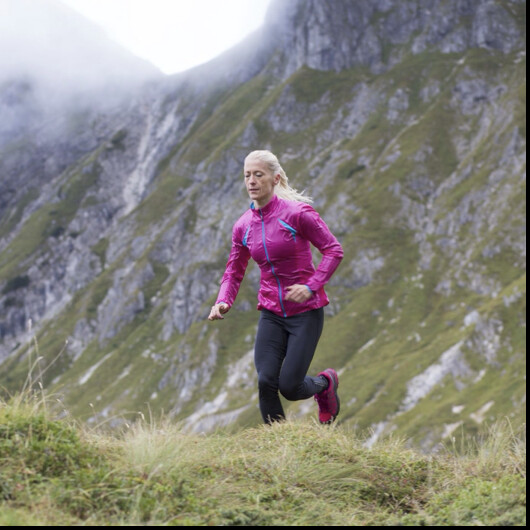
Exercise plays a role in better blood circulation and reduced inflammation, both of which affects eye health.
Maybe you stare at small, glowing screens just a little too much every day, or you’re not as hydrated as you could be, or you’re dealing with issues like hormone changes, aging, low humidity, or allergies. No matter what the cause, you might be struggling with dry, itchy, burning eyes. But there could be an easy fix, according to a new study in the journal Experimental Eye Research. Go for a run.
Researchers split 52 participants into two groups: One did exercise sessions on a treadmill five times per week while the other did a single weekly treadmill run. Eye exams were done right before and right after each session, with a focus on changes in what’s called “tear film.”
Quick anatomy refresher: Tear film is produced when we blink, and hydrates the surface of the eye in a thin layer that protects against irritants like dust. When tear film production is reduced, that creates dry spots where those particles can land on the eye’s surface and cause dryness and itching.
In the recent study, those doing more exercise saw greater consistency in their tear film production, but even participants running only once a week got a boost, according study to co-author Heinz Otchere, Ph.D.(c), a researcher in vision science at the University of Waterloo in Canada.
“This indicates that a single session of exercise can have benefits for your eyes,” he told Runner’s World. “That means if you’re experiencing eye dryness, from an activity like too much screen usage, aerobic exercise can be a great strategy to address it rather than relying on eye drops all the time.”
The effect of exercise is tied to how activity plays a role in better blood circulation, said Otchere, which affects your eyes as much as the rest of your body. He added that exercise has also been linked to lower inflammation in general, which offers another boost to eye heath.
Added to that, previous research indicates exercise has shown to improve what’s called intraocular pressure, which is the measure of how fluid pressure is maintained between the back part and the front part of your eye. Because of that, a 2018 study in the journal Eye suggests exercise can help prevent several eye conditions like glaucoma, age-related macular degeneration, and diabetic retinopathy, which are all associated with lower activity levels.
“The takeaway from our research and previous studies is that exercise can lead to significant improvement in eye health, and the more activity you get, the greater that improvement becomes,” said Otchere.
(02/19/2022) ⚡AMPby Runner’s World
Not Surprisingly, Alcohol Isn't Doing You Any Favors When It Comes to Building Muscle
Too much booze is bad news, research shows.
There probably aren’t many people out there who imagine that drinking a case of beer will make you a better athlete. Still, there are lots of people who argue that it doesn’t really matter either way—that training is training and social life is social life, and the two don’t really affect each other.
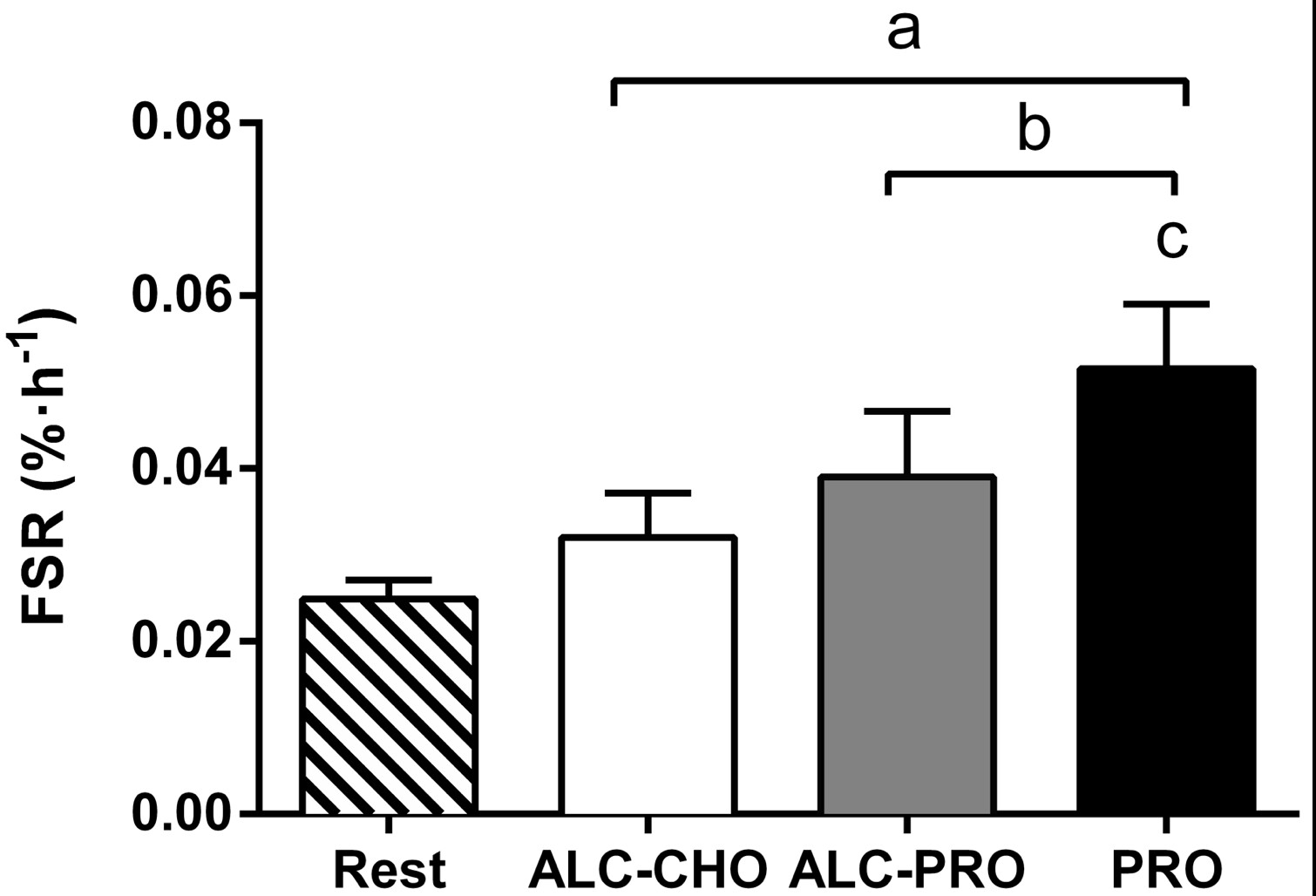
The basic idea of the study was straightforward:
Put volunteers through a rigorous exercise routine (it was a mix of weights, sustained cycling, and high-intensity sprints, designed to simulate the demands of a team-sport match); have them do it three times. After two of the trials, give them the “optimal” post-exercise nutrition: 25 grams of protein immediately after, a carbohydrate-rich meal two hours later, and another 25 grams of protein four hours later. During this recovery period, have them drink a bunch of drinks, either containing placebo or a total of 1.5 grams of alcohol per kilogram of body weight. In a third trial, give them alcohol, but replace the protein with calorie-equivalent carbohydrate.
What makes this study so good is that the scientists looked right into the muscles to observe what was happening in response. That means each of the three trials involved three muscle biopsies and 17 blood samples—not for the faint of heart!
There are a lot of outcomes, but the bottom line is muscle protein synthesis: how much muscle is being built to repair damage from the exercise and build bigger/stronger new muscle?
Here’s what the synthesis rates look like:
Not surprisingly, the pre-exercise (rest) value is the lowest, and the optimal (post-exercise, no booze) value is the highest. In between, you’ve got the two alcohol trials.
Alcohol plus protein is better than alcohol plus carb, but not as good as protein alone. Note that this has nothing to do with how much rest you’re getting, how hungover you are, or any of that other business. This is simply showing that if you exercise and then drink 1.5 g/kg of alcohol, the signals that would normally tell your body to adapt and get stronger are suppressed immediately.
The results don’t come as a big surprise. For example, scientists at Massey University in New Zealand published a series of studies showing that recovery from delayed-onset muscle soreness is hampered by alcohol.
The big question, of course, is dose. How much is 1.5 grams per kilogram, anyway? Well, in the U.S., a “standard drink” is considered to be 14 grams of alcohol. So for someone who weighs 150 pounds, 1.5 g/kg is 102 grams in total, which translates to 7.3 standard drinks—a fairly big evening for most people. In the New Zealand study, 1.0 g/kg (4.9 drinks for the 150-pound person) hindered recovery, but 0.5 g/kg (2.4 drinks) didn’t.
Again, this should score pretty low on the surprise-o-meter. If you’re downing seven drinks in an evening, you’re presumably prioritizing something other than optimal muscle protein synthesis—and that’s fine, as long as you understand this and are making an informed decision. Just don’t kid yourself.
(02/19/2022) ⚡AMPby Runner’s World
Strava runner creates incredible drawing to celebrate Lunar New Year
In celebration of the Lunar New Year, the Picasso of Strava, Lenny Maughan, sketched out a tiger by running the streets of his hometown, San Francisco, and it is easily the most intricate piece of Strava art we’ve yet seen.
According to Maughan’s Strava data, it took him 21 and a half hours over four days to draw this 153-kilometre masterpiece, with over 2,690m of elevation gain in one of North America’s hilliest cities. (This run is sensational, even without the detailed Strava art.)
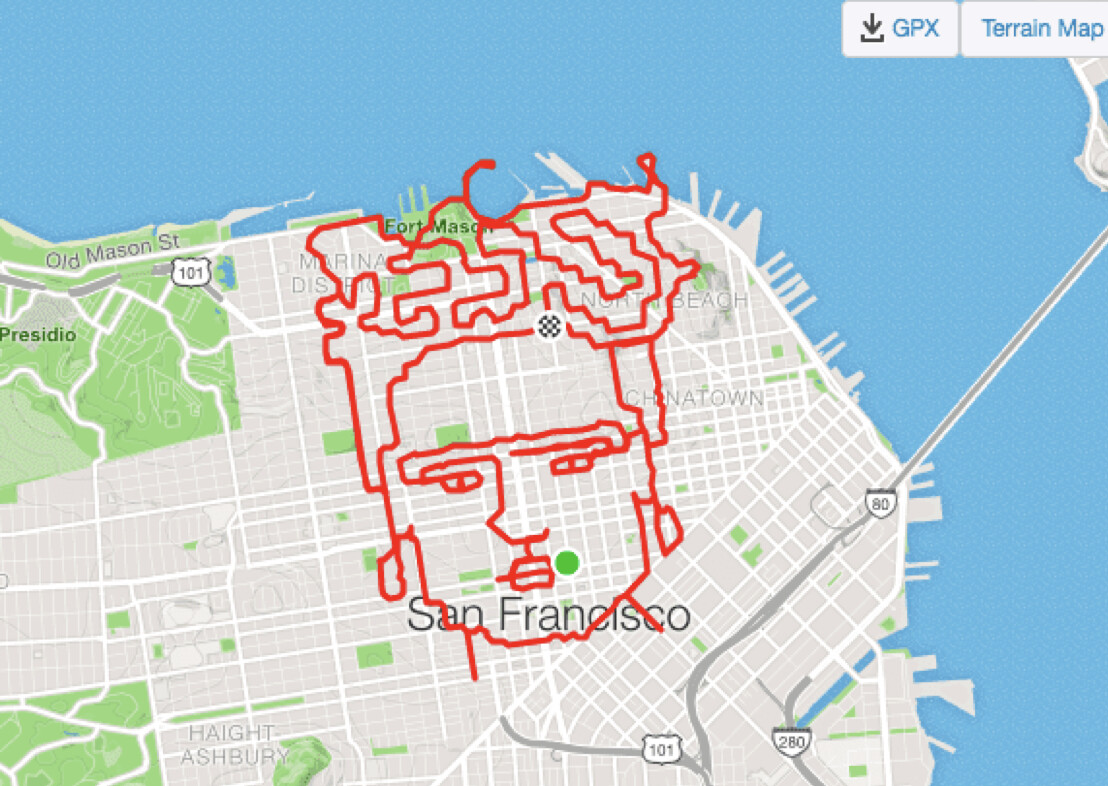
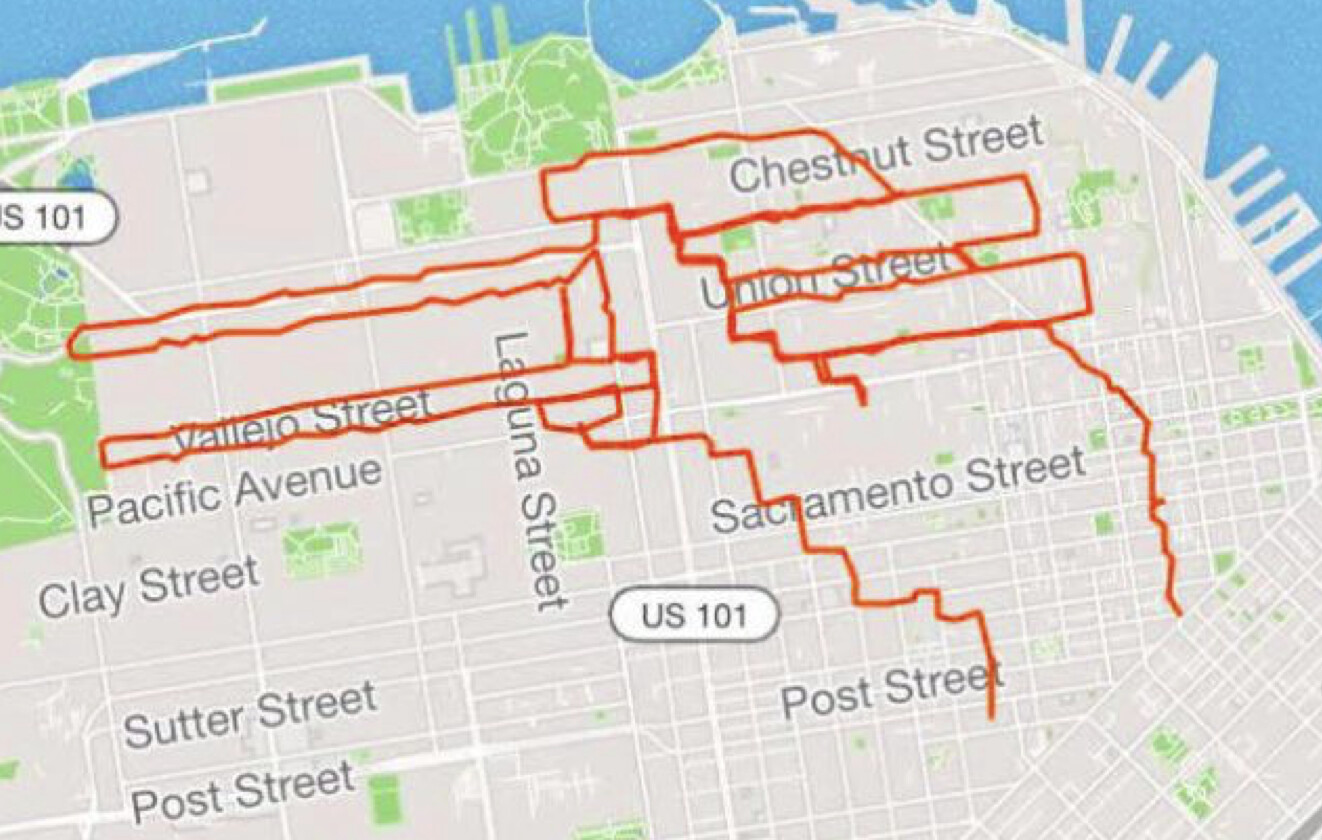
Maughan has sketched many previous doodles, such as a shamrock for St. Patrick’s Day, a pig, a footprint and the artist Frida Kahlo. According to his Strava, he tries to run six to eight drawings a year in the north end of San Francisco.
In a 2019 interview with SFGate, Maughan described the planning that goes into each piece. He prints out a paper map and sketches his route. He usually goes through several different iterations of the map before he sets off on a run. While he’s on his run, he must be very careful to follow the route – if he makes a wrong turn it could ruin the whole piece.
Maughan has established a large following for his GPS art on his Strava page. You can check out more of his sketches here.
(02/19/2022) ⚡AMP
by Running Magazine
Beijing Olympic skier holds record for youngest person to run a marathon on every continent
Most sports fans will recognize Winter Vinecki for representing the United States in the aerials skiing competition in Beijing, but long before she made her Olympic debut, she was a runner. Vinecki began running races when she was just five years old, and as a teenager, she became the youngest person to run a marathon on every continent.
According to usskiandsnowboard.org, Vinecki ran her first 5K when she was five, her first 10K when she was eight and her first 10-miler (16K) when she was only 10. The now-23-year-old from Michigan also competed in triathlons as a kid and has several medals to prove it.
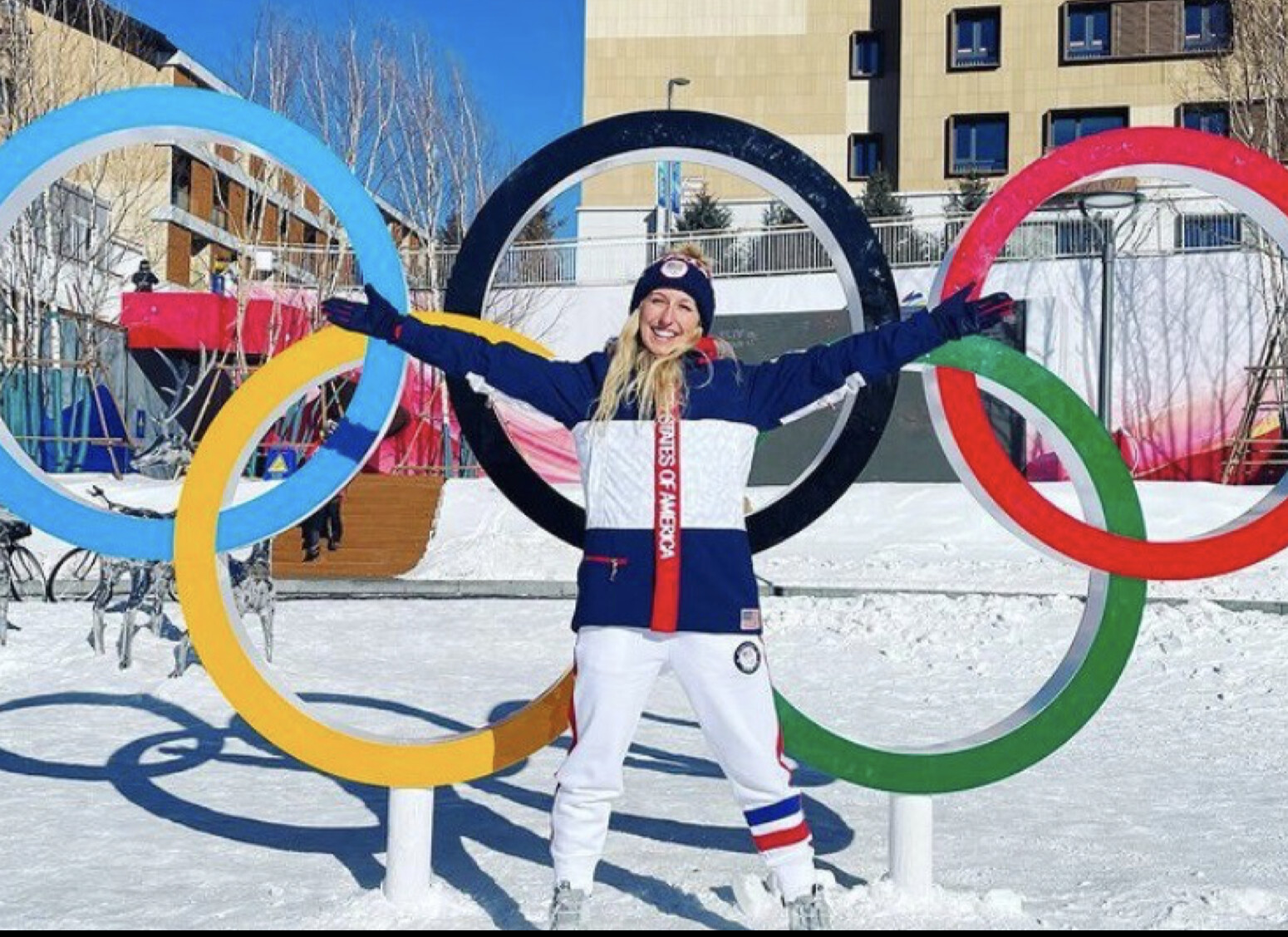
Showing obvious athletic ability from a young age, Vinecki’s purpose behind her athletic pursuits took on a new meaning when she was only nine and her father was diagnosed with an aggressive form of prostate cancer. From that moment, she began competing (often alongside her mother, Dawn Estelle) to raise awareness about the disease. Sadly, her father passed away less than a year after his diagnosis. A year after losing her father in 2010, Vinecki won her first IronKids National Triathlon, which she would go on to win for the second time in 2011.
Shortly after her second win, she found out the record for the youngest person to complete a marathon on all seven continents was held by a 27-year-old man, and decided she could easily beat that. Her mother agreed, and at 13, Vinecki got to work. Starting with the Eugene Marathon in Oregon, the Amazing Maasai Marathon in Kenya and the Antarctica Marathon, by the age of 14 she had already checked the first three off her list. Her fourth marathon was the Inca Trail Marathon, considered the toughest marathon in the world, thanks to its steep mountain passes, which the teen ended up winning in nine hours and 18 minutes.
She went on to complete a marathon in Mongolia, New Zealand and finally Athens to complete her trip around the globe. The 14-year-old, who had already qualified for the Junior Freestyle Skiing World Championships but given up her spot to complete her marathon challenge, then returned to the slopes with her eyes on qualifying for the 2018 Winter Olympics in Pyeongchang. An ACL tear prevented her from competing that year, so her Olympic debut was put off until 2022 in Beijing.
In her first Olympics, Vinecki ended up finishing 13th in her qualifying round and did not make it into the final, but with so much grit and determination, we will no doubt see her on the slopes again.
(02/19/2022) ⚡AMPby Running Magazine
Matthew Boling snags Dunkin' Donuts' first track sponsorship
TThe popular U.S. doughnut chain Dunkin’ Donuts has signed Georgia sprinter Matthew Boling, as the captain of Team Dunkin’, marking the brand’s first connection to an NCAA athlete.he po
“America runs on Dunkin’,” and now so does Boling, a four-time 2019 U20 Pan-Am Games gold medallist, who is currently competing for the University of Georgia in Athens, Ga.

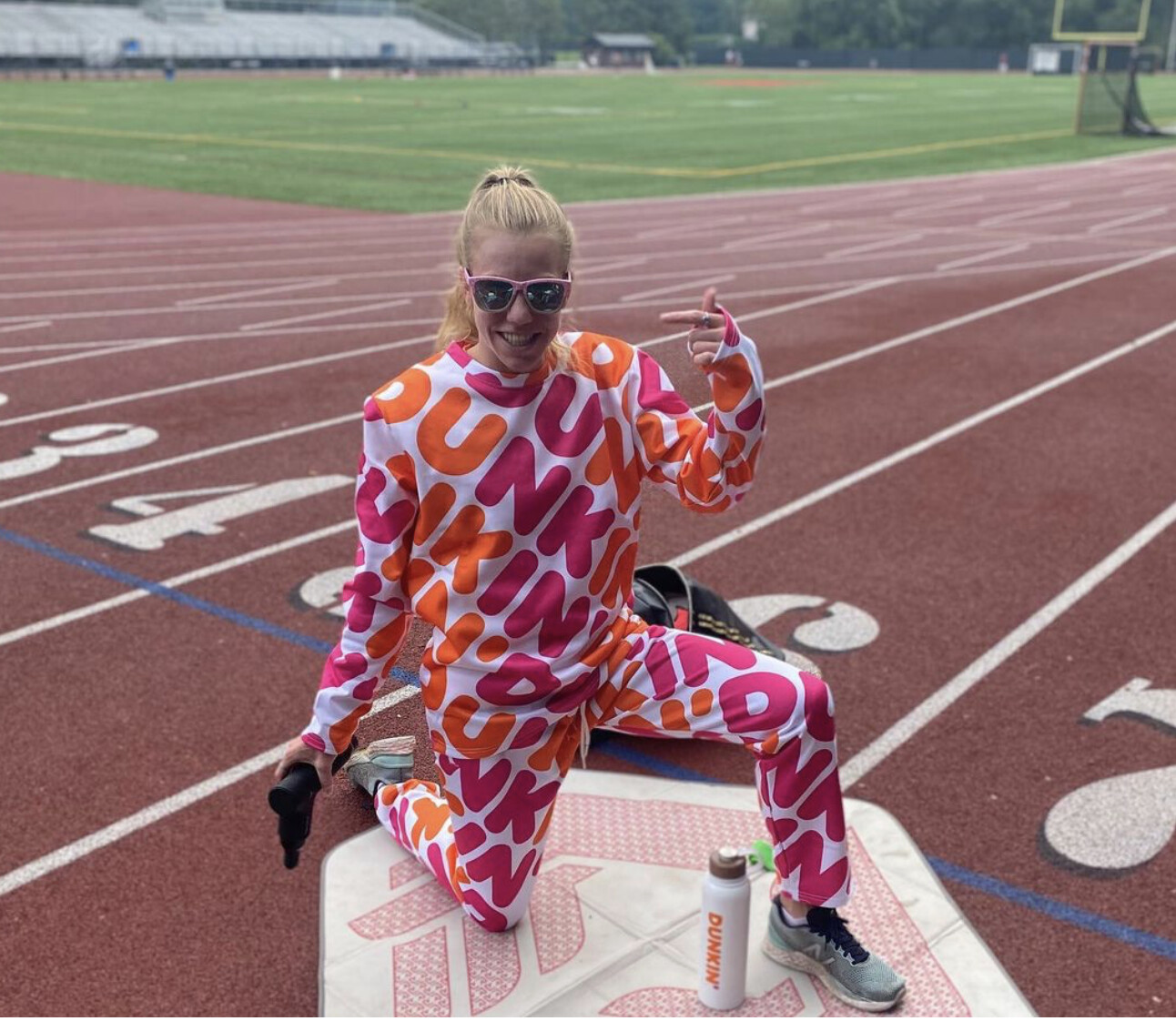
Boling went viral in 2019 when he broke the 10-second barrier for 100m with a wind-aided 9.97 seconds. pular U.S. doughnut chain DunkiMost athletes would only dream of what comes with a coffee and doughnut sponsorship. U.S. 1,500m Olympian Heather MacLean was disgruntled by Dunkin’s decision not to choose her, expressing her displeasure on Twitter.n’ Donuts has signed Georgia sprinter Matthew Boling, as the captain of Team Dunkin’, marking the brand’s first connection to an NCAA athlete.The popular U.S. doughnut chain Dunkin’
She even already has the tracksuit.
Dunkin’ Donuts is headquartered in Canton, Mass. It was founded in 1950Although MacLean is no longer in college, her Dunkin’ tracksuit has hopefully made a strong case for a potential sponsorship in the future. U.S. marathoner Molly Seidel also has a soft spot for Dunkin’. While she was living and training in Boston, Dunkin’ became her donut shop of choice, and she also spoke about her interest in a Dunkin’ sponsorship.Boling will be representing Dunkin’ on and off the track, sharing his exclusive Team Dunkin’ experience and merchandise on social media. Each Team Dunkin’ athlete will be honoured by having their very own Dunkin’ drinks and food featured at a Dunkin’ location in their college town.Donuts has signed Georgia sprinter Matthew Boling, as the captain of Team Dunkin’, marking the brand’s first connection to an NCAA athlete.
(02/19/2022) ⚡AMPby Running magazine
Nigerian sprinter Blessing Okagbare receives 10-year doping ban
The Athletics Integrity Unit has handed Nigerian sprinter Blessing Okagbare a 10-year ban for doping violations, which will effectively end her career. The 33-year-old was sent home from the Tokyo Games before the semi-final of the women’s 100m, for which she had qualified automatically before a previous positive test for human growth hormone came to light.
On July 30, Okagbare won her 100m heat in Tokyo, despite having tested positive out-of-competition on July 19.
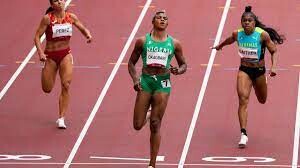
In October, according to a Reuters report, she was charged with three doping violations, including the use of human growth hormone, a previous positive test for EPO (from June 2021) and refusing to hand over documentation requested by investigators.
According to a report in the Independent, the athlete received five years for using multiple banned substances and five years for refusing to co-operate with an investigation. (The standard doping ban is for four years.)
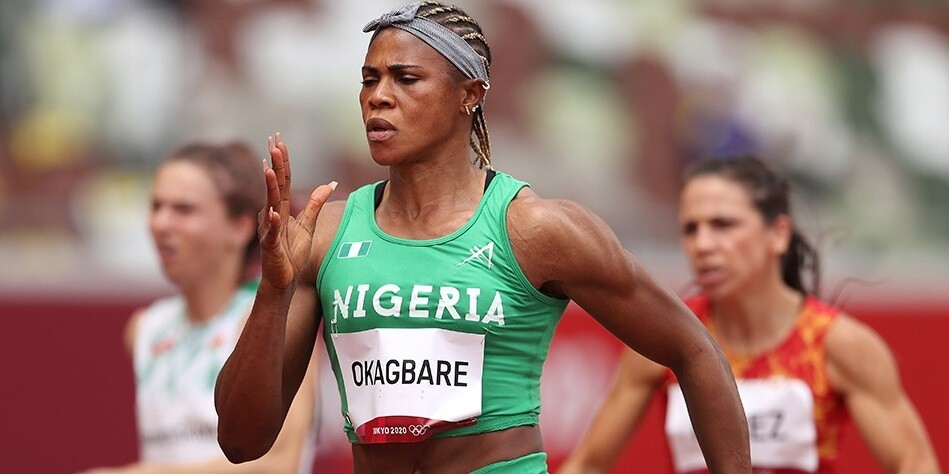
Okagbare won bronze in the 200m at the 2013 World Championships and is an Olympic and World Championship medalist in the long jump. She holds the Commonwealth Games record in the 100m at 10.85, set in Glasgow in 2014.
(02/18/2022) ⚡AMPby Anne Francis
World marathon champion Ruth Chepngetich and Lonah Chemtai Salpeter set for Nagoya Women’s Marathon
World marathon champion Ruth Chepngetich and Tokyo Marathon winner Lonah Chemtai Salpeter will be among the athletes racing for victory at the Nagoya Women’s Marathon – a World Athletics Elite Platinum Label road race – on 13 March.
They are among the four sub-2:24 athletes announced for the event, with Japan’s Yuka Ando and Reia Iwade joining them on the start line.
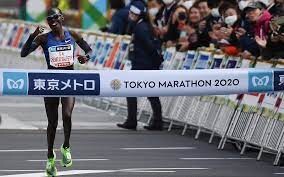
As well as victory, athletes in Nagoya will be racing for the largest first prize in the world of marathon running: US$250,000. Being the world’s largest women’s marathon, one of the world’s top-level races, and the only women’s race with a World Athletics Platinum Label, the Nagoya Women’s Marathon continues to be a global leader in women’s running.
After winning the world title in Doha in 2019, Kenya’s Chepngetich – who has a PB of 2:17:08 from Dubai in 2019 – went on to finish third in the 2020 London Marathon and then won in Chicago last year after being unable to finish the Olympic marathon in Tokyo.
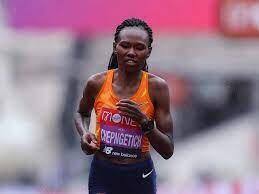
She will be seeking success on her return to Japan, where she will go up against Israel’s Salpeter, who ran 2:17:45 in Tokyo in 2020 to set a national record and break the course record.
Ando ran her PB of 2:21:36 when finishing second in Nagoya in 2017 and started this year with a half marathon personal best of 1:08:13 in Yamaguchi, while Iwade ran her best marathon time of 2:23:52 in Nagoya in 2019.
They will be joined by athletes including Australia’s Sinead Diver and Japan’s Rie Kawauchi.
Last year’s edition of the Nagoya Women’s Marathon was held as a domestic race, and was won by Japan’s Mizuki Matsuda in 2:21:51.
(02/18/2022) ⚡AMPby World Athletics
Nagoya Women's Marathon
The Nagoya Women's Marathon named Nagoya International Women's Marathon until the 2010 race, is an annual marathon race for female runners over the classic distance of 42 km and 195 metres, held in Nagoya, Japan in early March every year. It holds IAAF Gold Label road race status. It began in 1980 as an annual 20-kilometre road race held in...
more...Jakob Ingebrigtsen breaks indoor 1,500m world record
The Olympic 1,500m gold medalist, Jakob Ingebrigtsen of Norway, had a magical return to track on Thursday, setting an indoor 1,500m world record at Le Meeting d’Athlétisme Hauts-de-France Pas-de-Calais in Liévin, France. Ingebrigtsen broke Samuel Tefera’s 1,500m record by half a second to win the men’s 1,500m in 3:30.60.
The pacers took Ingebrigtsen out through 1,100m at world record pace, and he closed the final 200m lap in 27 seconds to come away with the record, beating Tefera by three seconds. This is the 21-year-old’s first senior world record.
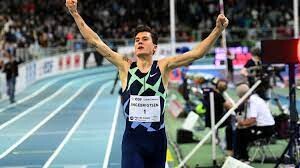
Last month, it was made public that Ingebrigtsen was no longer going to be coached by his father, Gjert Ingebrigtsen. Since then, Jakob’s training has been overseen by his older brother Henrik, 30, who was the European 1,500m champion in 2012.
Jakob has his eyes on the World Championship double in 2022, which would mean taking home gold in the 1,500m at next month’s World Indoor Championships in Belgrade, Serbia, and then 1,500m gold later this summer at the World (outdoor) Championships in Eugene, Ore.
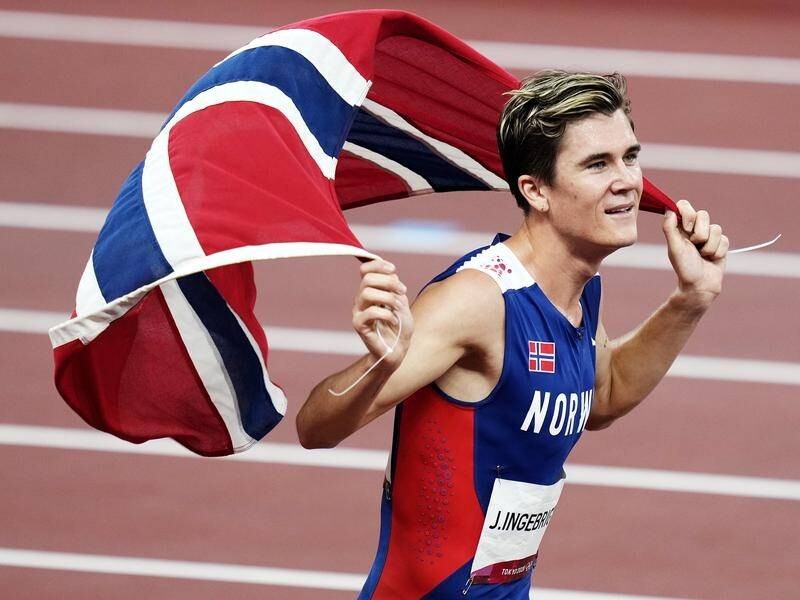
The world’s fastest man, Italy’s Marcell Lamont Jacobs, continued his winning ways in the 60m in Liévin (6.50).
Jacobs beat a loaded field that featured U.S. sprinter Ronnie Baker, African 100m record holder Ferdinand Omanyala and France’s Jimmy Vicaut. This race was Jacobs’ second straight win to start the season, although he finished 0.01 seconds off his season’s best 6.49.
(02/18/2022) ⚡AMPby Marley Dickinson
Eliud kipchoge set to run Tokyo Marathon and he dreams of winning all six world Abbott World Marathon Majors
The marathon world record holder and double Olympic champion Eliud Kipchoge has accepted his invitation to the 2022 Tokyo Marathon, making his return to racing on Mar. 6.
Kipchoge announced via Instagram that he will return to Japan for his Tokyo Marathon debut. “My focus has been on Tokyo from the beginning of my training cycle,” Kipchoge said in his post. “I am ready to race there.”
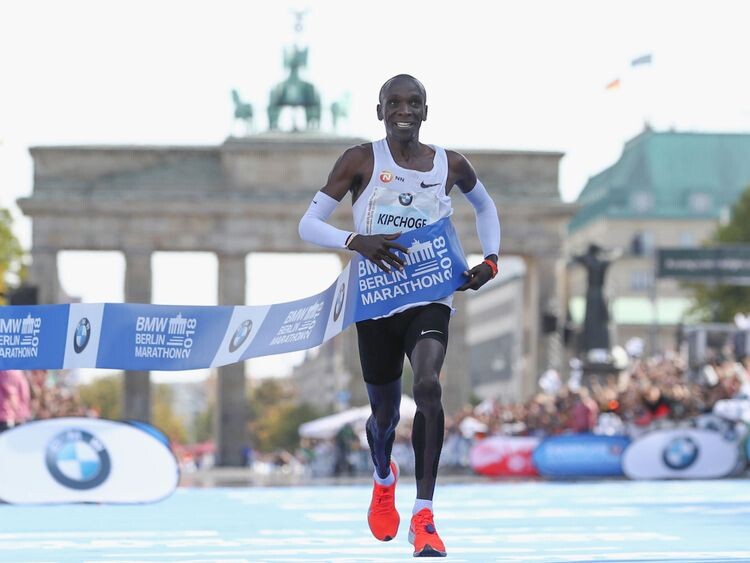
The Kenyan holds the marathon world record with a time of 2:01:39, set at the Berlin Marathon in 2018. In 2019, Kipchoge became the first man to break the two-hour barrier at an unofficial race in Austria.
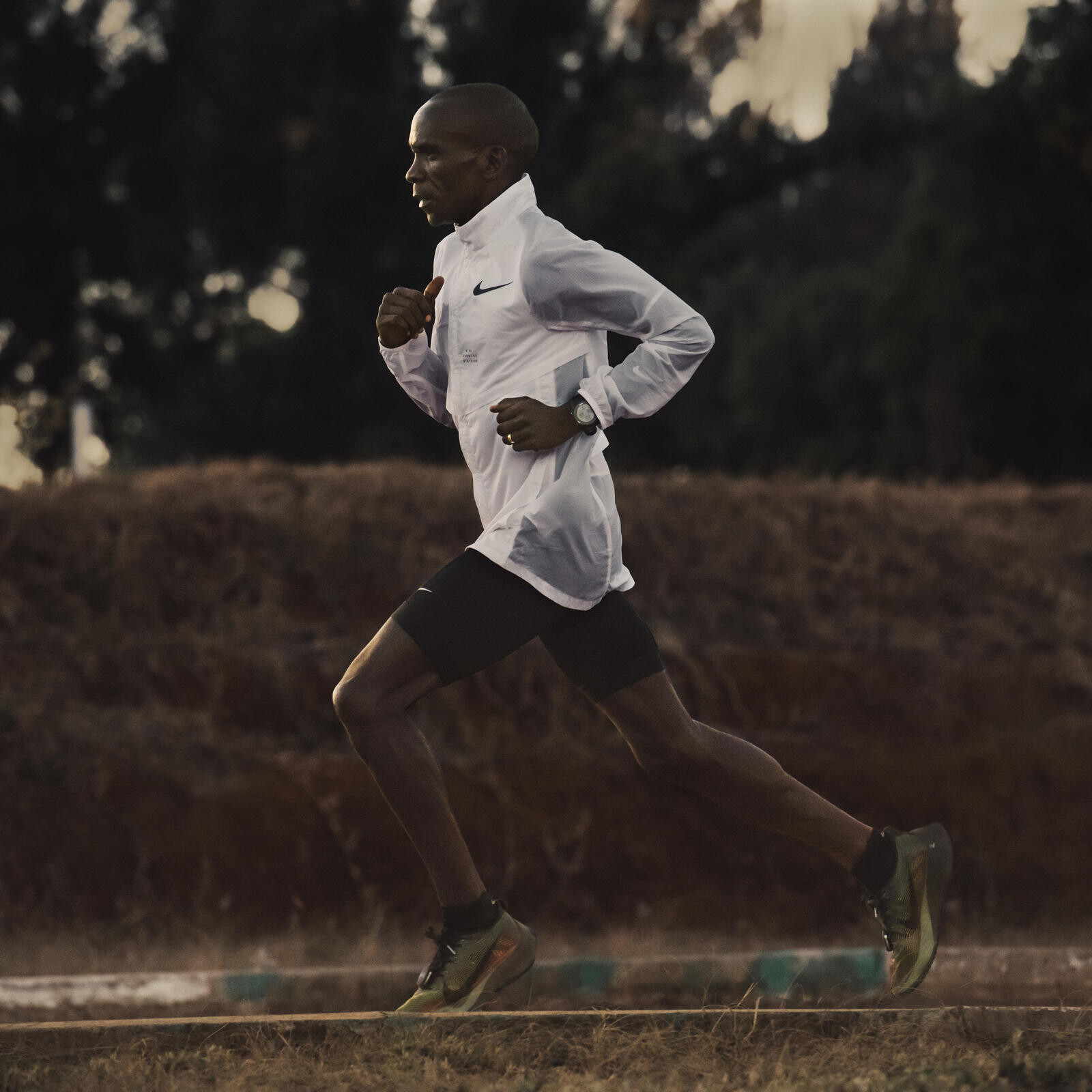
Kipchoge will have his eyes on the course record of 2:03:58, set by Wilson Kipsang in 2017. Kipchoge has mentioned in the past that it is his dream to win all six world marathon majors, a feat no runner has accomplished. He currently has three of six, with multiple world major wins–in London (2015, 2016, 2018, 2019), Berlin (2015, 2017, 2018) and Chicago (2014).
This year will mark the first time the Tokyo Marathon has taken place in person since 2020, due to the pandemic.
(02/18/2022) ⚡AMPby Marley Dickinson
Tokyo Marathon
The Tokyo Marathon is an annual marathon sporting event in Tokyo, the capital of Japan. It is an IAAF Gold Label marathon and one of the six World Marathon Majors. Sponsored by Tokyo Metro, the Tokyo Marathon is an annual event in Tokyo, the capital of Japan. It is an IAAF Gold Label marathon and one of the six World...
more...How to train your mental muscle, train your mental strength the same way you train your running
As we all know, training toward any goal takes discipline and drive. Anyone who has run has hit some kind of mental wall; sometimes the wall is just getting out the door, and sometimes it can kick in halfway through a run or race. When all you want to do is stop, is bursting through the mental wall the best thing to do?
Previous studies have argued that running is 90 per cent mental, and that training is to prepare your body to knock down the wall. There are plenty of tips on how you can train to improve your speed or endurance, but how do you train your mental muscle? Can you train your mental strength the same way you can train your running?
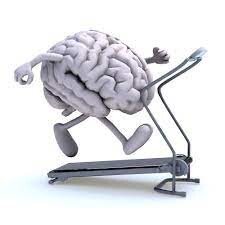
Training your mental muscle is closely related to building confidence, which will have an impact on your run or race experience. Put yourself in challenging scenarios during training and try to overcome them; for example, if there was a workout that gave you difficulty a few weeks back, try it again a few weeks later, using your previous failures as motivation to get better. Over time, you will remember these moments from training, which you reach back on for a mental push when you’re in another difficult situation.
A tip for hard workouts or long runs is to break down the run into percentages. If you are going for 10 km and are struggling after 5 km, tell yourself you are halfway done. The tip can also apply to a tough speed workout on the track. Push through your inner narrative, and if you have to, tell yourself out loud that you can do it.
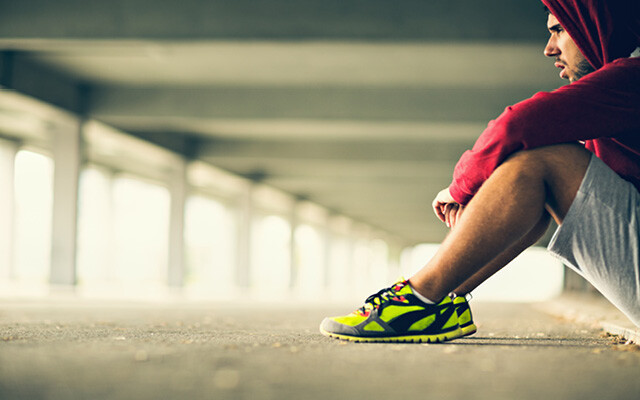
To bolster your mental muscle, you must be consistent with it, like physical training. The moment you let any doubt or uncertainty into your mind, the harder you will hit the mental wall. Always keep your goal front of mind, so when the going gets tough, you remember why you started.
Another thing to think about is what’s at the finish line of every run. For me, it’s a doughnut or a post-run beverage that motivates me in the latter half of a long run. Another thing you can visualize is how great it will feel to be on the couch resting when you’re finished.
(02/17/2022) ⚡AMPby Marley Dickinson
Fast Fields Set For The Publix Atlanta Half-Marathon
After a special pandemic edition in 2021 at Atlanta Motor Speedway, the Publix Atlanta Half-Marathon returns to city streets for the 2022 edition on Sunday, February 27. The race, part of the Publix Atlanta Marathon Weekend organized by the Atlanta Track Club (ATC), will feature an elite field, a $17,000 prize money purse, and a $5,000 bonus pool for exceeding the fastest times ever run in the state of Georgia (1:08:29 for women and 1:03:59 for men).
Leading the women’s elite field will be Kenya’s Viola Cheptoo who, when she competed as a middle distance runner for Florida State University in the NCAA system, went by “Viola Lagat.” The younger sister of two-time Olympic medalist Bernard Lagat will be running her first race since her dramatic marathon debut at the TCS New York City Marathon last November where she finished a close second to compatriot and Olympic champion Peres Jepchirchir. Her time of 2:22:44 was the third-fastest time in race history. She’ll be incorporating the Publix Atlanta Half-Marathon into her Boston Marathon training.
“I am looking forward to it,” said Cheptoo who has never been to Atlanta before. “I want to do well and build a relationship with the community, as I am aware of all the good work done by Atlanta Track Club.”
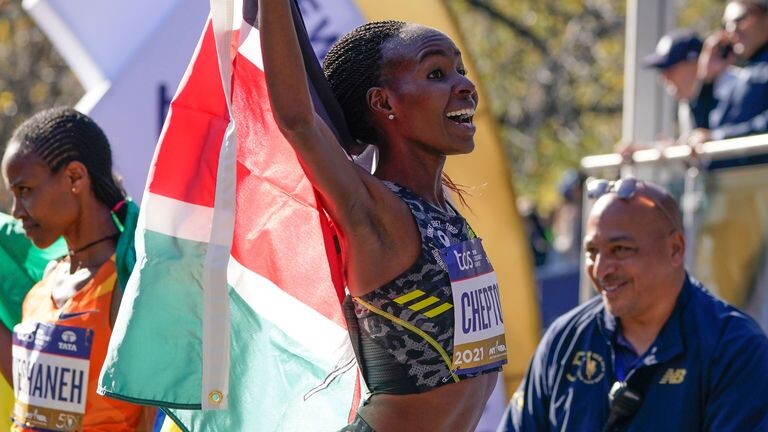
Cheptoo, who has a half-marathon best of 1:06:47, will face another strong Kenyan, Dorcas Tuitoek, who has run similarly fast: 1:06:33. These two woman have an excellent chance of bettering the state record which was set by 2021 Olympic Marathon bronze medalist Molly Seidel at last year’s race.
North American athletes will also be represented on the women’s side, including Dakotah Lindwurm of Minnesota Distance Elite (1:09:36 PB), Maegan Krifchin of the Atlanta Track Club (1:09:51), and Canadian Lanni Marchant (1:10:47) a 2016 Olympian and the 2021 Honolulu Marathon champion.
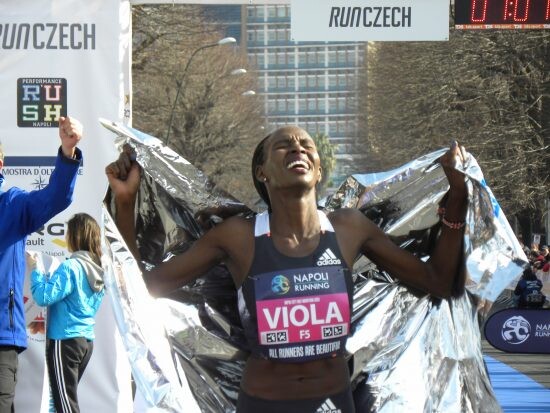
The top entrants on the men’s side are also from Kenya, and both have broken 60 minutes for the half-marathon. Benard Ngeno (59:07 PB) and Geoffrey Koech (59:36) are the fastest men in the field. The top North Americans will be Canadian record holder Rory Linkletter (1:01:08 PB), Jonas Hampton of Newtonville, Mass. (1:03:57), and Matthew McDonald of the Boston Athletic Association High Performance team (1:04:48). McDonald, the tenth place finisher at the 2020 USA Olympic Trials Marathon, formerly trained with the ATC at Georgia Tech. He now works at MIT in Cambridge, Mass.
The complete elite fields are below with personal best times:
Dorcas Tuitoek, KEN, 1:06:41Viola Cheptoo, KEN, 1:06:47Mary Munanu, KEN, 1:07:54Tsige Haileslase, ETH, 1:08:30Daisy Kimeli, KEN, 1:08:34Dakotah Lindwurm, USA, 1:09:36Maegan Krifchin, USA, 1:09:51Ludwina Chepngetich, KEN, 1:10:34Lanni Marchant, CAN, 1:10:47Leslie Sexton, CAN, 1:11:21Bridget Lyons Belyeu, USA, 1:12:24Grace Kahura, KEN, 1:12:49Janel Blanchett, USA, 1:13:43Anne-Marie Comeau, CAN, 1:14:09Joanna Stephens, USA, 1:14:23
Benard Ngeno, KEN, 59:07Geoffrey Koech, KEN, 59:36Raymond Magut, KEN, 1:00:00Bayelign Teshager, ETH, 1:00:30Bethwell Yegon, KEN, 1:00:57Rory Linkletter, CAN, 1:01:08Mike Cheshire, KEN, 1:03:45Jonas Hampton, USA, 1:03:57Matt McDonald, USA, 1:04:48Chris May, USA, 1:04:50Paul Hogan, USA, 2:15:51 (Marathon)
(02/17/2022) ⚡AMPby David Monti
Publix Atlanta Half-Marathon & 5K
The course starts and finishes just outside of Turner Field. The 13.1 mile course gives participants a taste of Atlanta, running past sites such as Centennial Olympic Park, Atlantic Station, Piedmont Park, Oakland Cemetery and of course the Olympic Rings. The Atlanta Halloween Half Marathon & 5K features 13.1 & 3.1 miles of costume fun! This event is more about...
more...Five things not to eat before your run, some foods just don't mix with cardio
If you put the right fuel in your body, it will help you get the most out of your run. Eating an hour or two before a run can prevent fatigue and benefit your running performance. The converse is also true–the wrong choice of pre-run snack can give you major problems, whether it was the KitKat you grabbed for fuel five minutes before you left your house or something you ate hours ago. Some foods just don’t mix with cardio.
Here is a list of five foods you should avoid before a run.
1) Sausages or bacon

Sausages and bacon are packed with saturated fat and sodium. Their high-fat content makes them tough to digest, which can result in stomach cramps during exercise.
2) Nachos with cheese
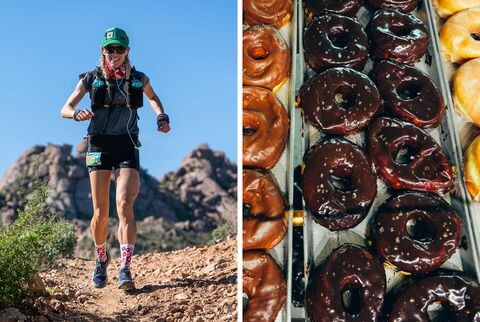
Although nachos are high in simple carbohydrates, these yummy tortilla chips are high in fat, which slows digestion, leading to gastric problems on your run. Cheese has a high-fat content, which can cause you to feel lethargic and increase your stomach’s acidic content. Eating cheese before a workout is a big no-no if you want to avoid feeling extra gassy.
3) Eggs (any)
Eggs are obviously healthy and they make a great post-run snack or meal, but not before your run. Eggs are rich in protein, but just take too long to digest. They are also often cooked with butter, which is high in fat and can slow you down. Instead of eggs and toast, try eating something easier on your stomach, like oatmeal.
4) A salad
While a salad is normally great for your diet, healthy greens can cause some serious discomfort when you’re on a run. Lettuce, broccoli, kale and spinach are super high in fibre, which is guaranteed to cause abdominal gas and can make you feel bloated–or worse.
5) Pastries
No matter how good they look, pastries tend to sit like a brick in your stomach. Doughnuts and scones elevate your blood sugar, which can lead to a mid-run “crash” when your blood sugar suddenly plummets afterward. If you’ve had food high in sugar, try to mix in an easily digestible fruit, like an orange or a banana, that will quickly replenish your energy stores.
(02/17/2022) ⚡AMPby Marley Dickinson
2022 Marine Corps Marathon Registration Open for In-Person Race
Calling all runners! Registration is now open for the Marine Corps Marathon, which will be held in person this fall for the first time in two years.
The 47th Marine Corps Marathon, 50K, and 10K will be run live and in-person on Sunday, Oct. 30 as part of the 2022 Marine Corps Marathon weekend, organizers said Wednesday.
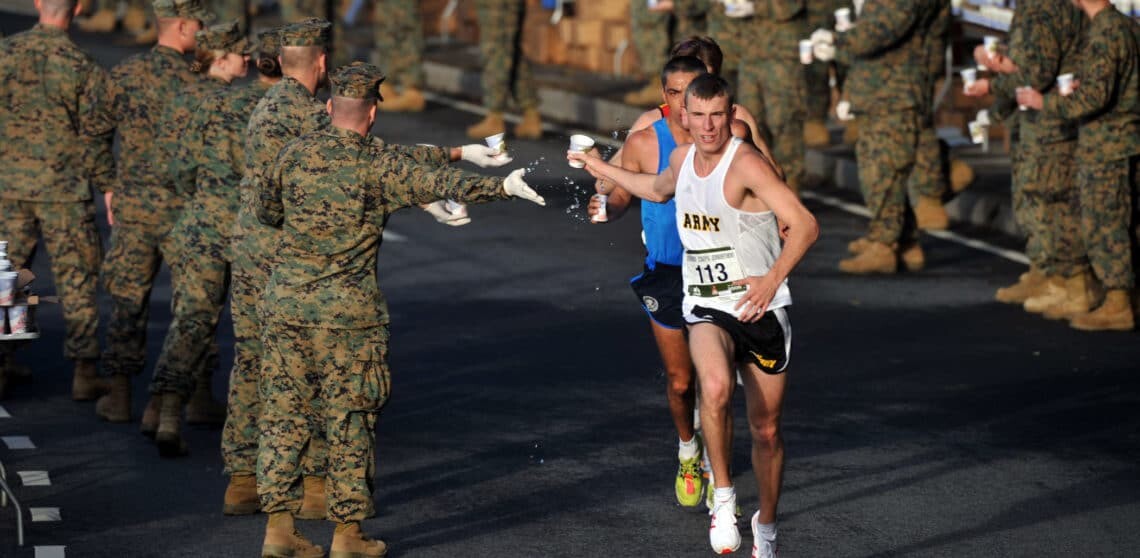
The marathon is open to anyone 14 and older and costs $200. The 50K is $220 for people 18 and up. Registration for the 10K will open on April 6 and is $65 for people 7 and up.

In 2020, marathon organizers offered only virtual events, citing public health concerns amid the COVID-19 pandemic and the guidelines of local governments. In 2021, they again found “the opportunity to safely operate and execute a live event [was] just not feasible,” Director Rick Nealis said in a statement.
Runners can participate virtually, with a limited number of virtual entries for both the marathon and ultra.
Runners can also sign up for the Semper Fidelis Challenge, a two-day event including either the Marine Corps Historic Half or the Devil Dog Double on May 22.
(02/17/2022) ⚡AMPby Ayanna Martinez
Marine Corps Marathon
Recognized for impeccable organization on a scenic course managed by the US Marines in Arlington, VA and the nation's capital, the Marine Corps Marathon is one of the largest marathons in the US and the world. Known as 'the best marathon for beginners,' the MCM is largest marathon in the world that doesn't offer prize money, earning its nickname, “The...
more...2021 Fukuoka Marathon champion Michael Githae will lead a competitive Kenyan field in Tokyo
Michael Githae will be one of the frontrunners for the coveted title having won the Fukuoka event in December in 2:07:51.
Githae will have Simon Kariuki for the company in the event. Kariuki finished third in the Lake Biwa Marathon last year in a time of 2:07:18.
Benard Kimani, who finished fourth at the Eindhoven Marathon in 2019 in 2:11:31, and Daniel Kitonyi who has a personal best of 2:14.41 set at the Nagano Marathon two years ago, will be seeking to upset the formbook.
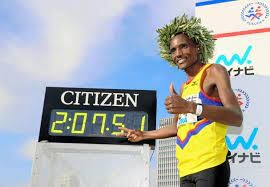
Nicholas Kosimbei, who has a personal best of 1:00.20 in the half marathon, will also make his debut in the full marathon.
Japan will be represented by Kengo Suzuki, who has a PB of 2:04:56 set at the Lake Biwa Marathon alongside Hidekazu Hijikata (PB 2:06:26), Kyohei Hosoya (PB 2:06:35), and 2020 Fukuoka winner Yuya Yoshida (2:07:05).
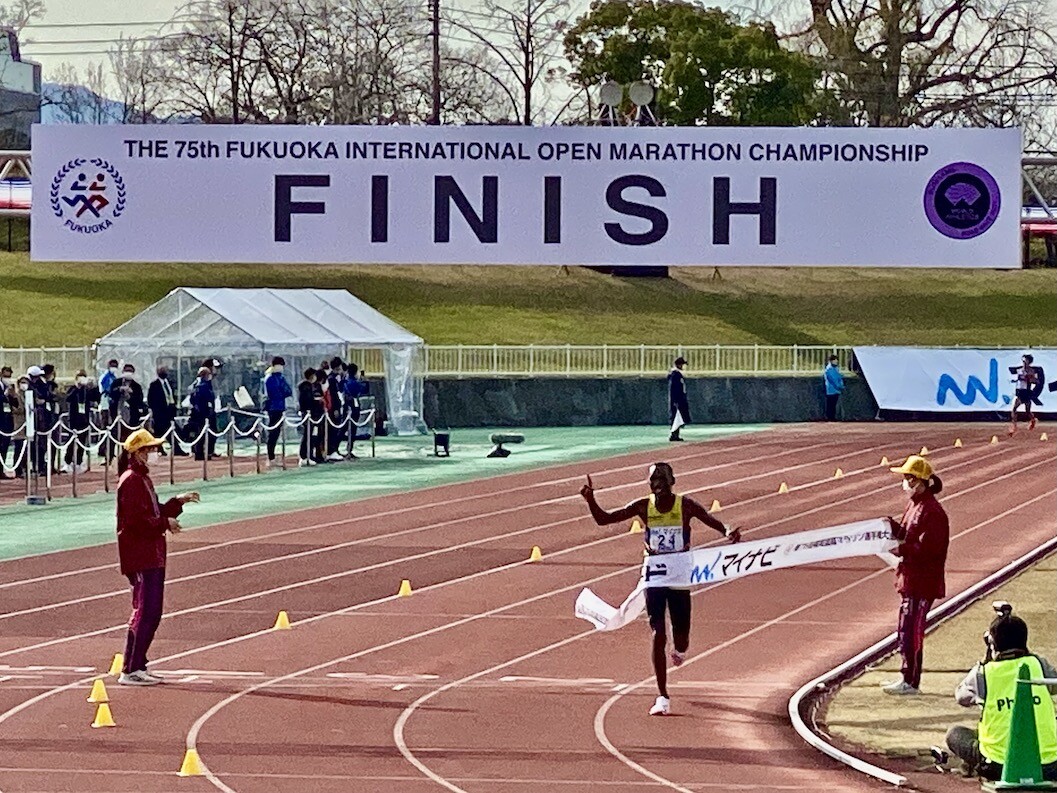
Seven men with recent times under 2:07, 31 under 2:10, 112 under 2:20, and two debuting sub-61 half marathoners have confirmed participation.
Elsewhere, the Osaka Marathon is slated for February 27 with two Kenyans in the field.
The 2018 Lake Biwa winner Joseph Macharia Ndirangu with a PB of 2:07:53 and James Rungaru (PB 2:08:250 will compete at the event.
(02/16/2022) ⚡AMPby William Njuguna
Tokyo Marathon
The Tokyo Marathon is an annual marathon sporting event in Tokyo, the capital of Japan. It is an IAAF Gold Label marathon and one of the six World Marathon Majors. Sponsored by Tokyo Metro, the Tokyo Marathon is an annual event in Tokyo, the capital of Japan. It is an IAAF Gold Label marathon and one of the six World...
more...

